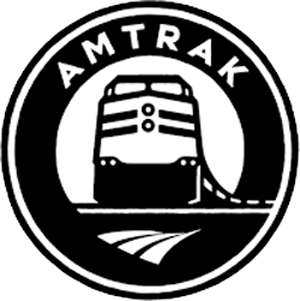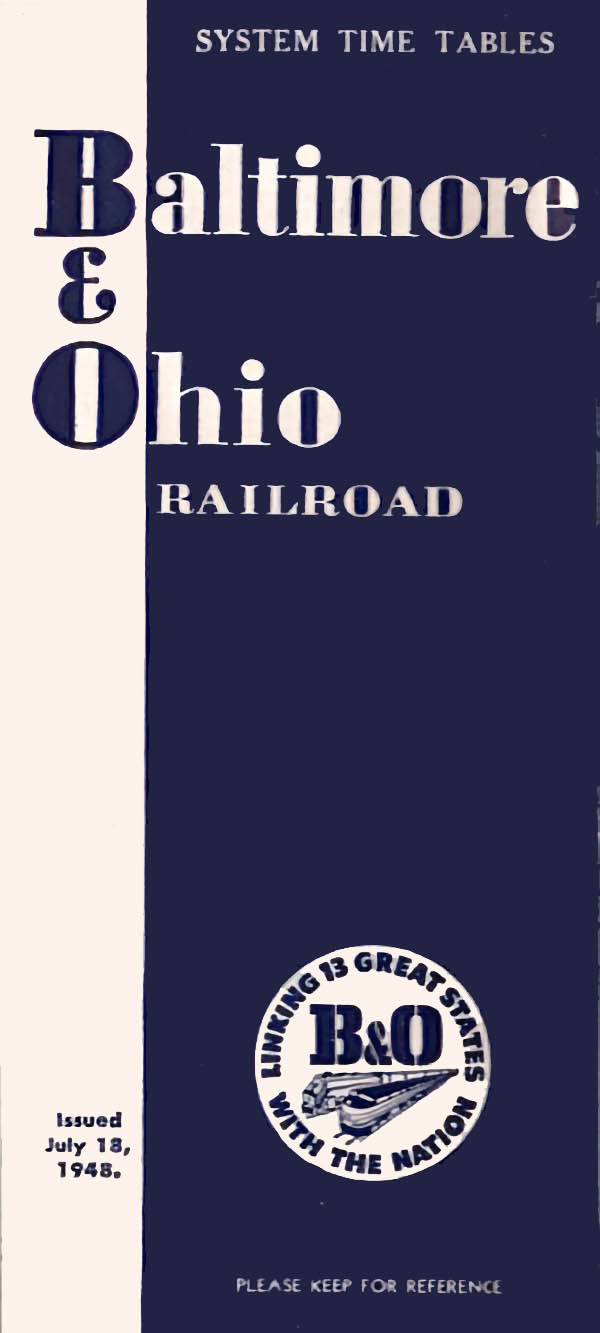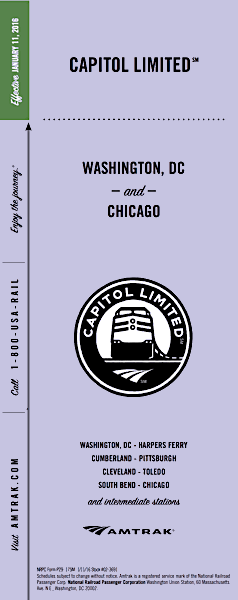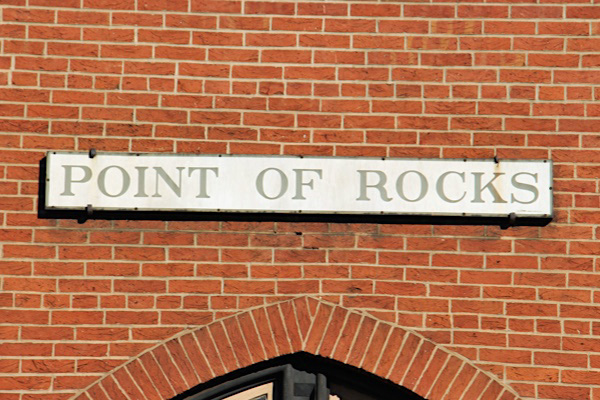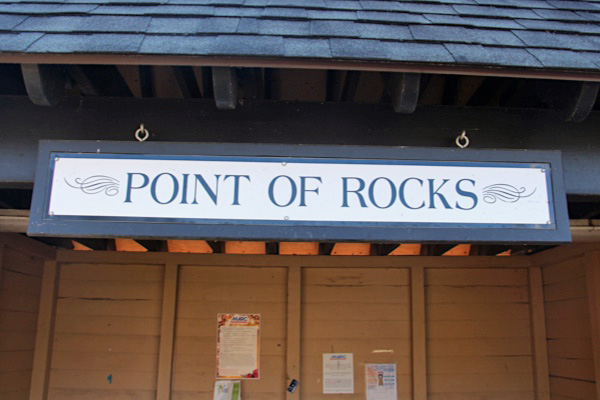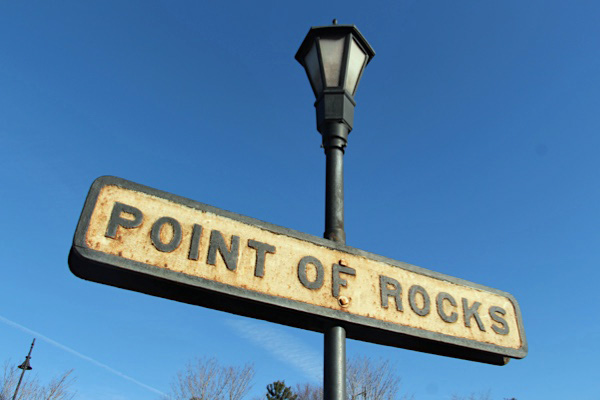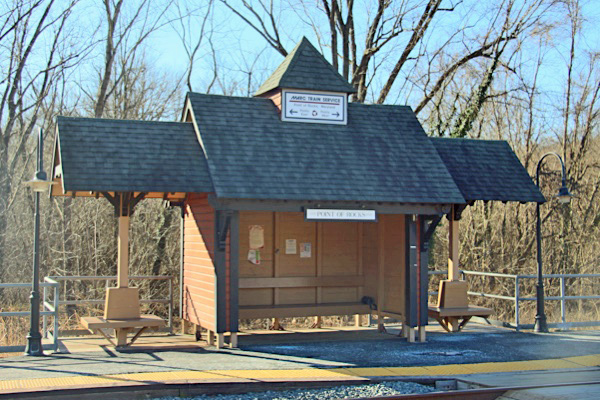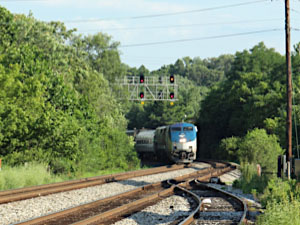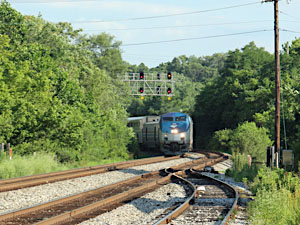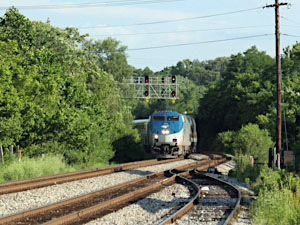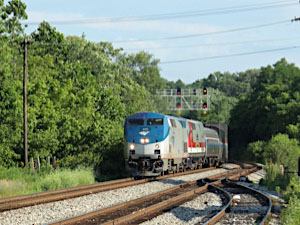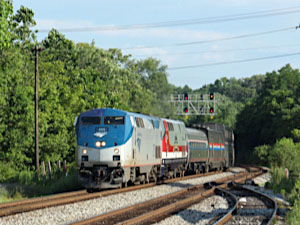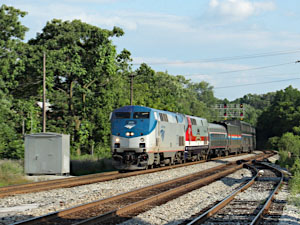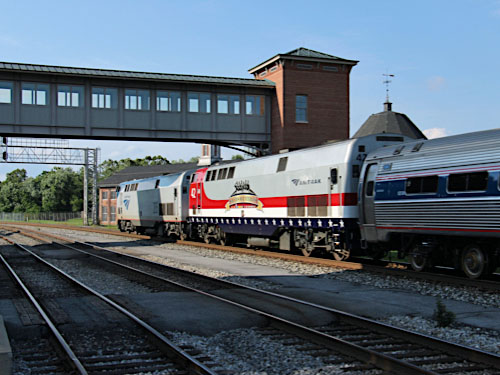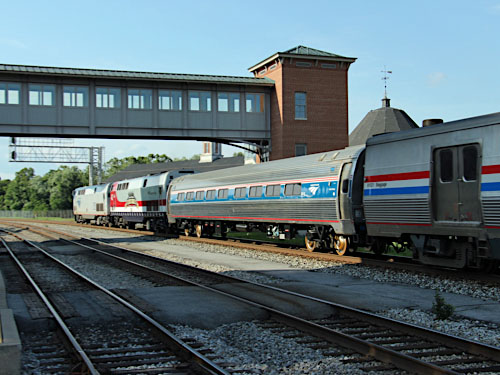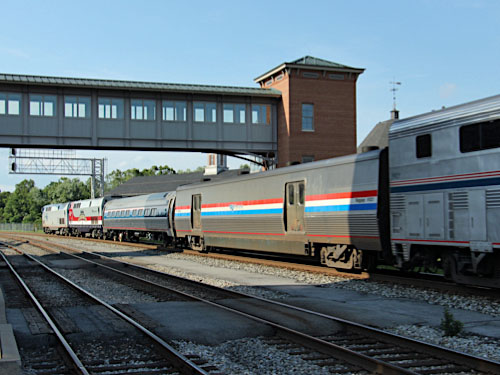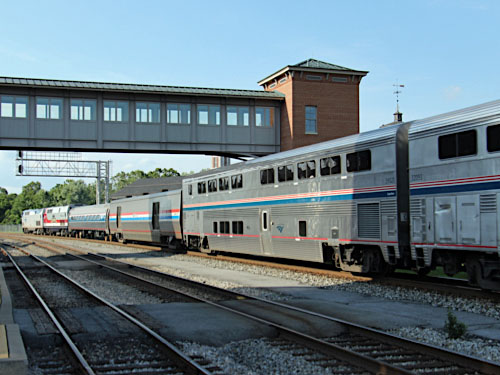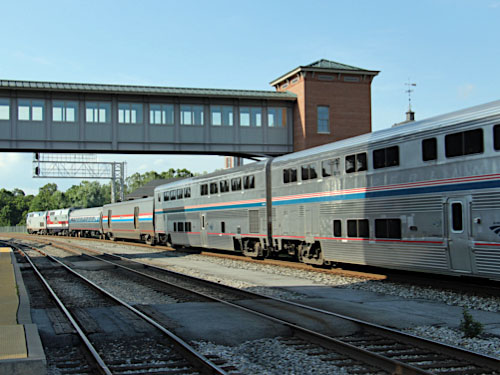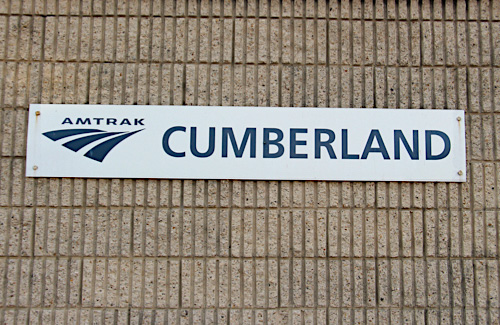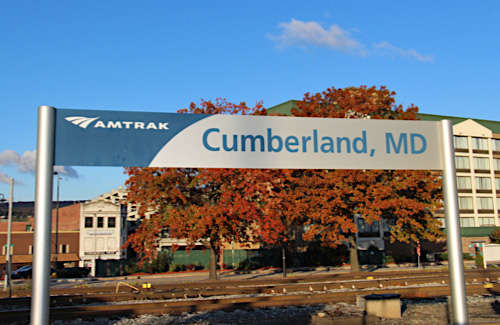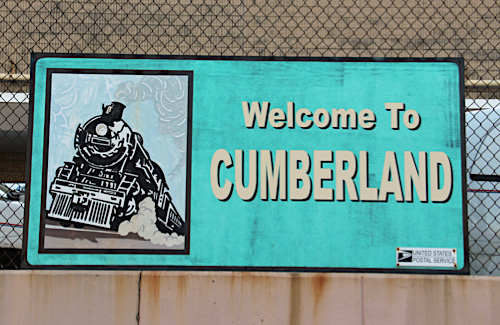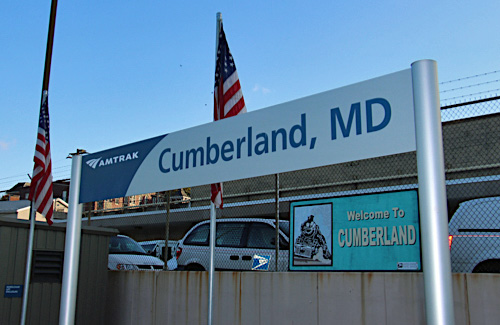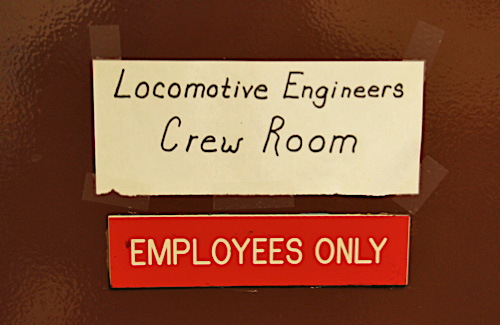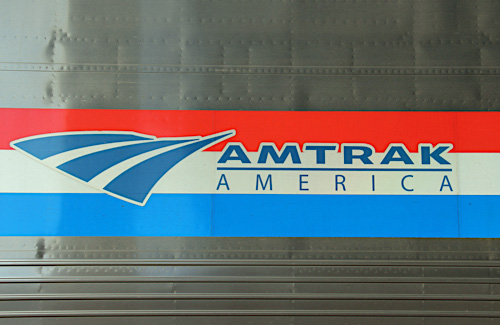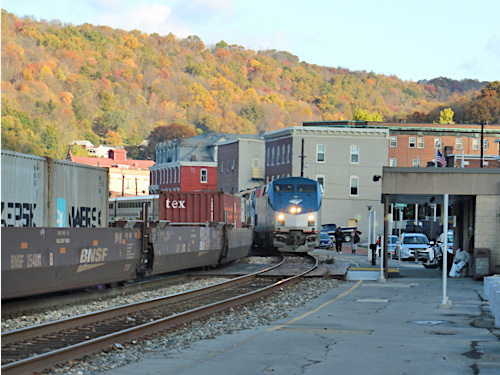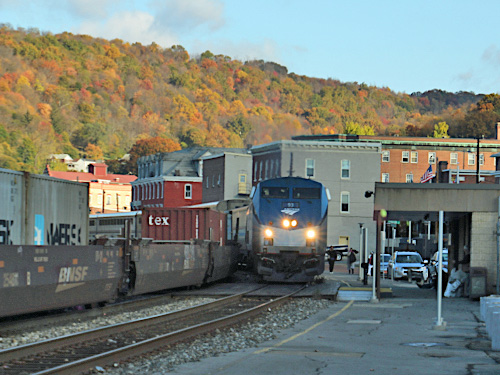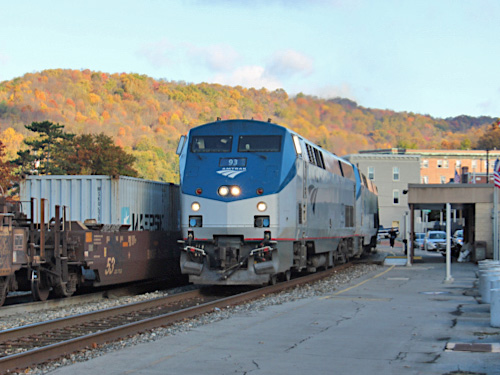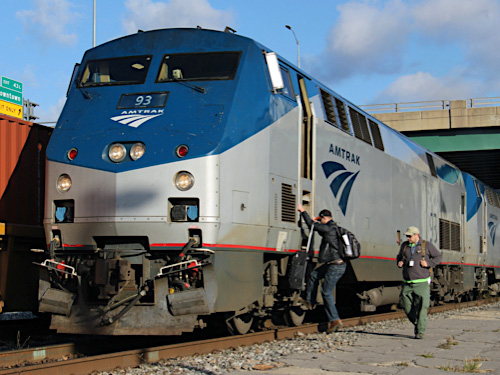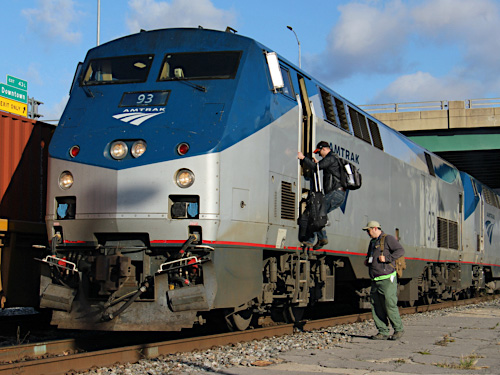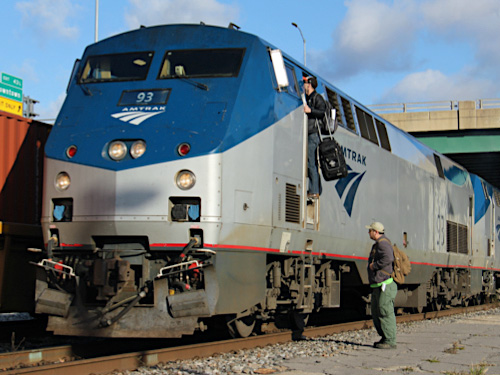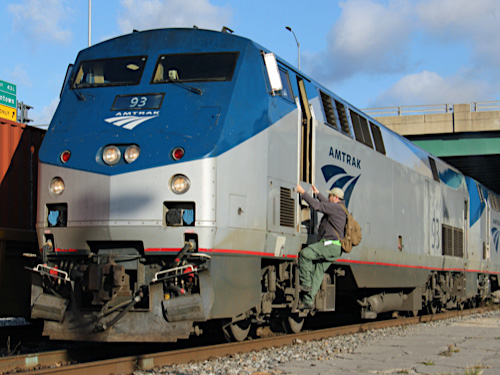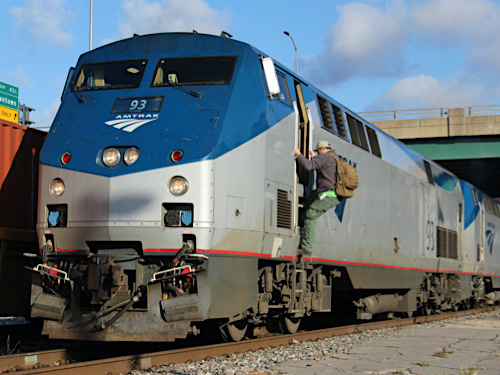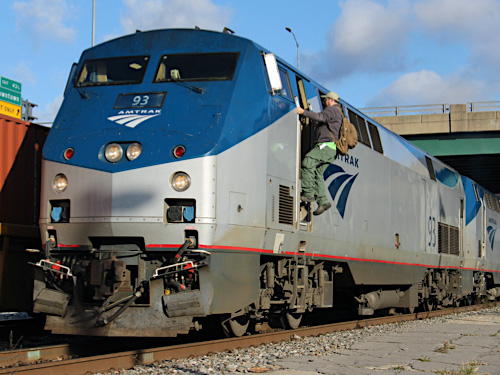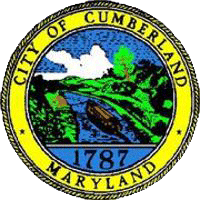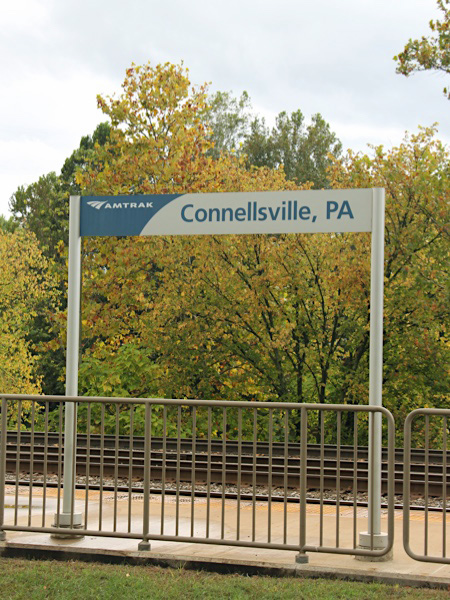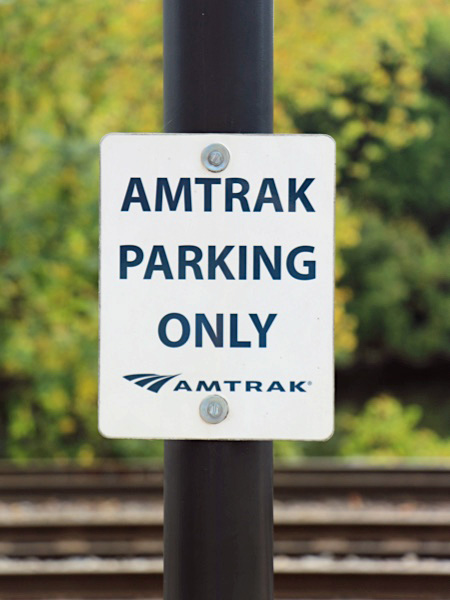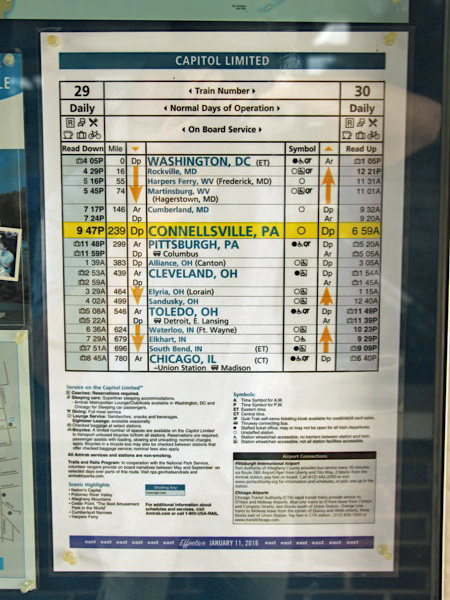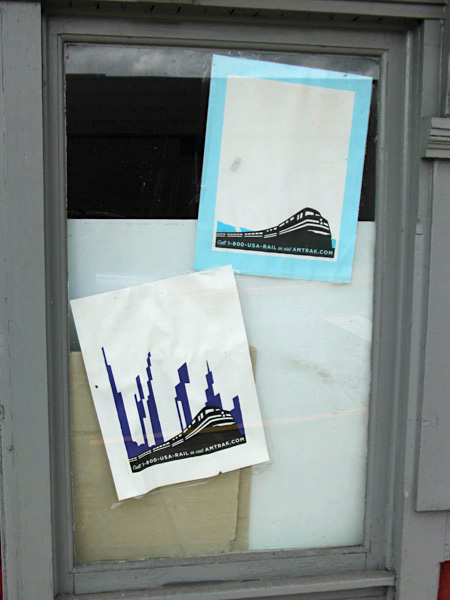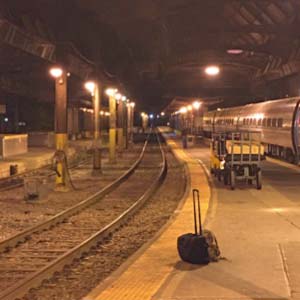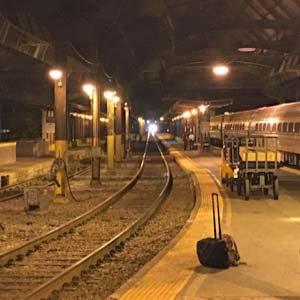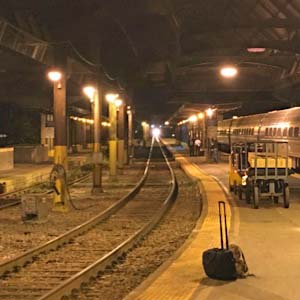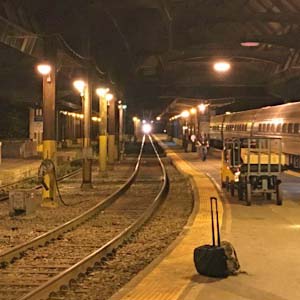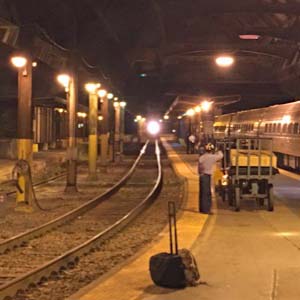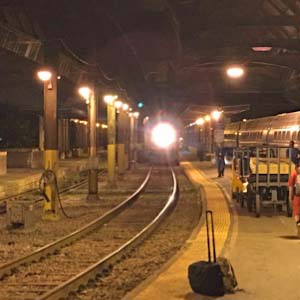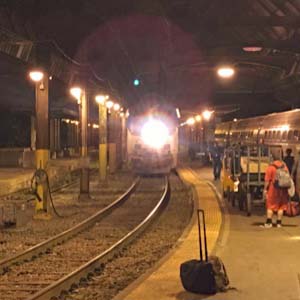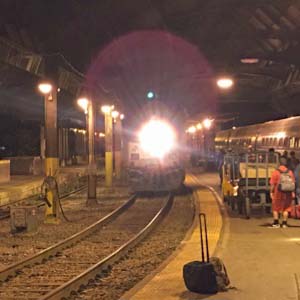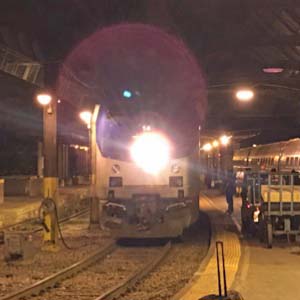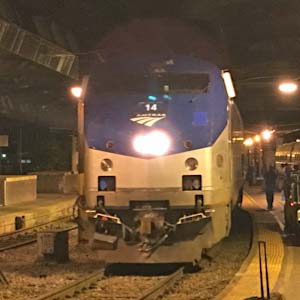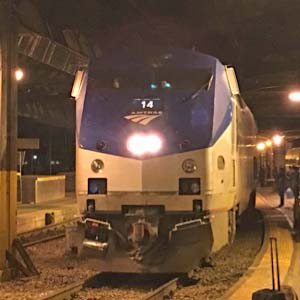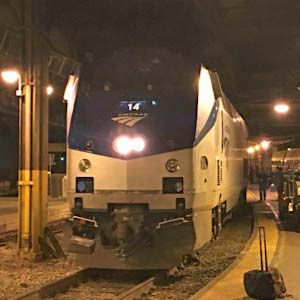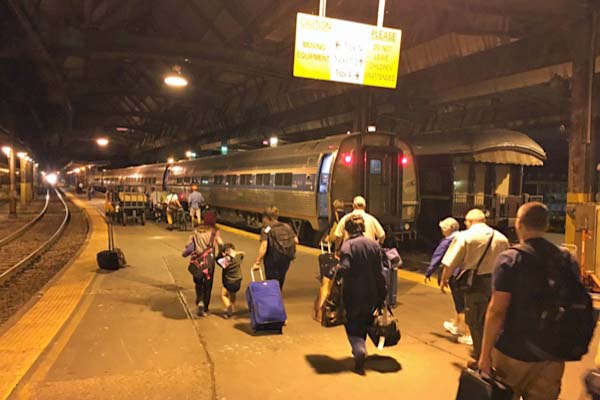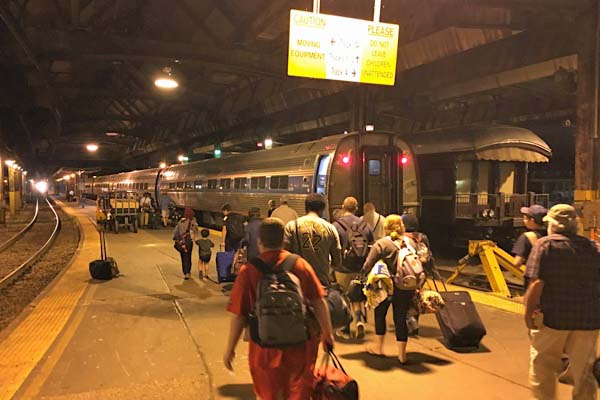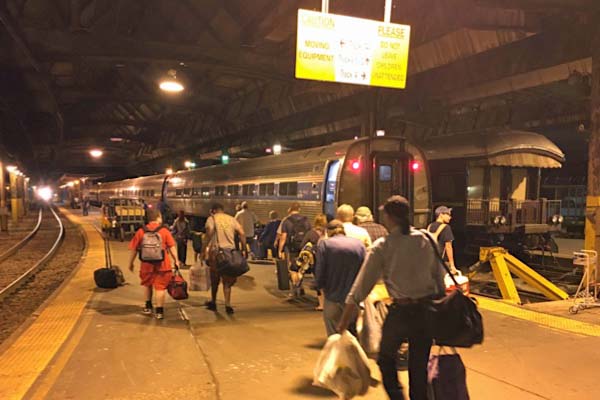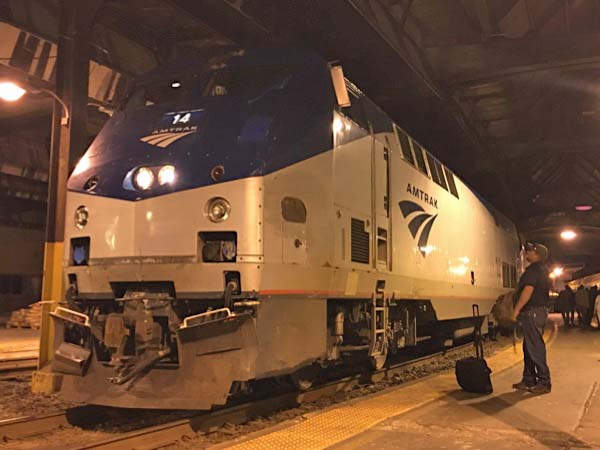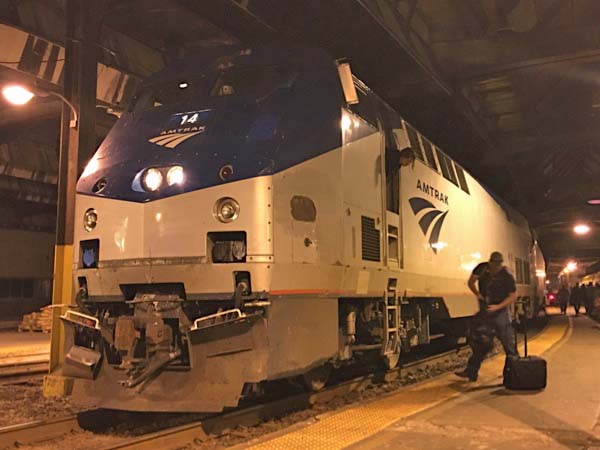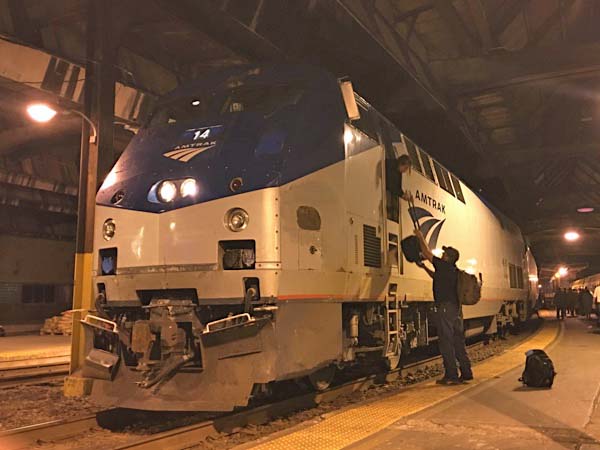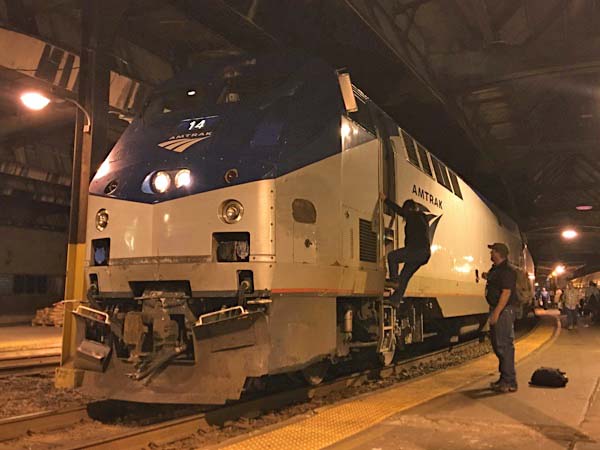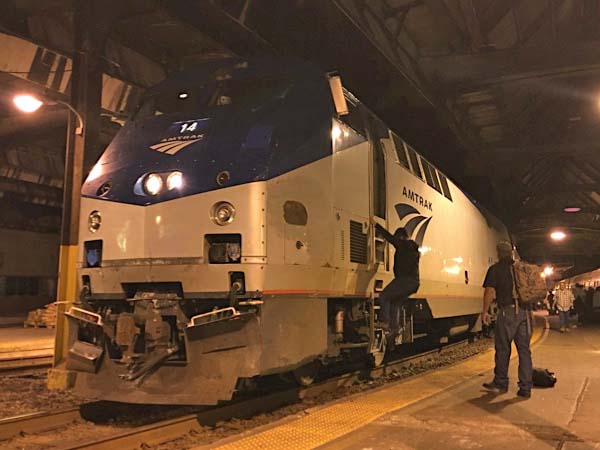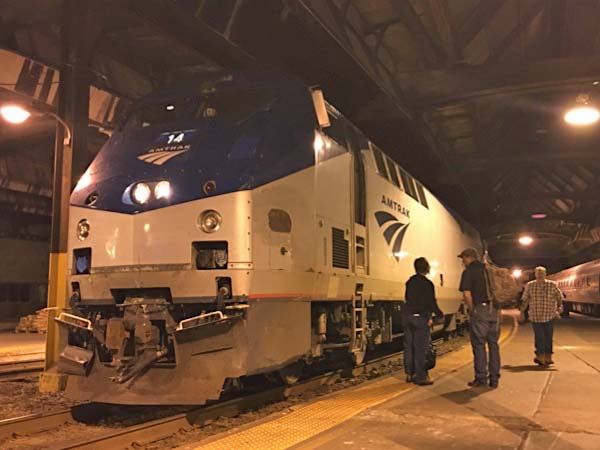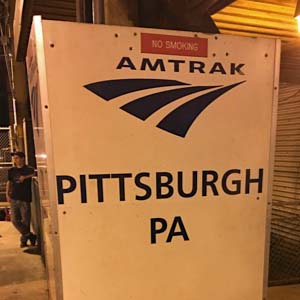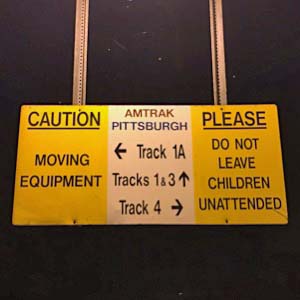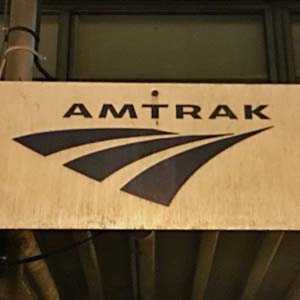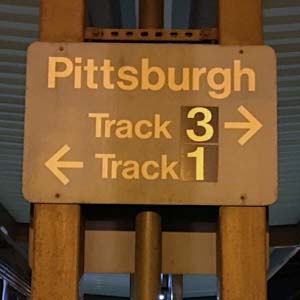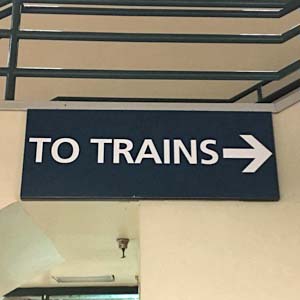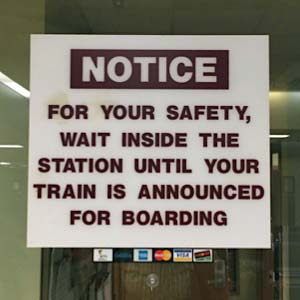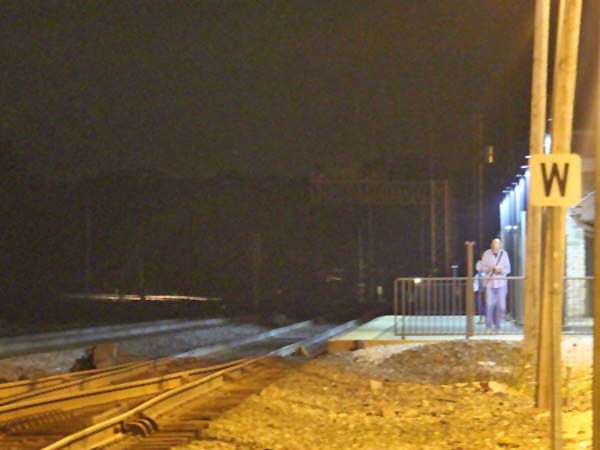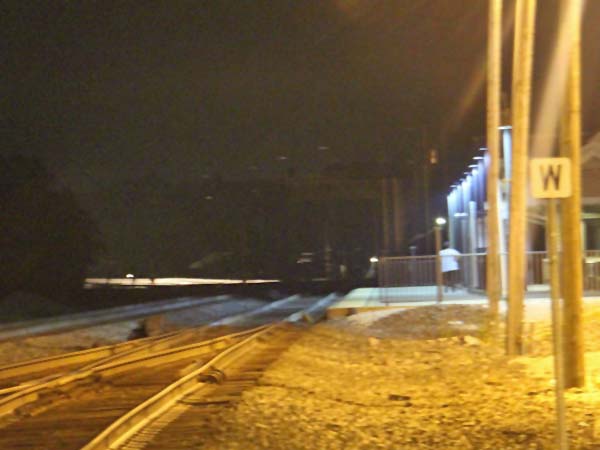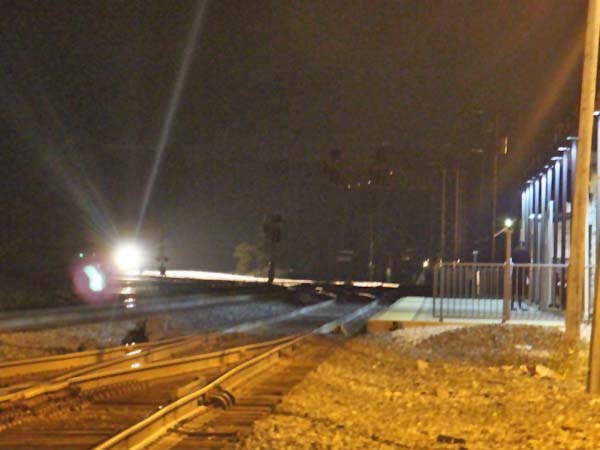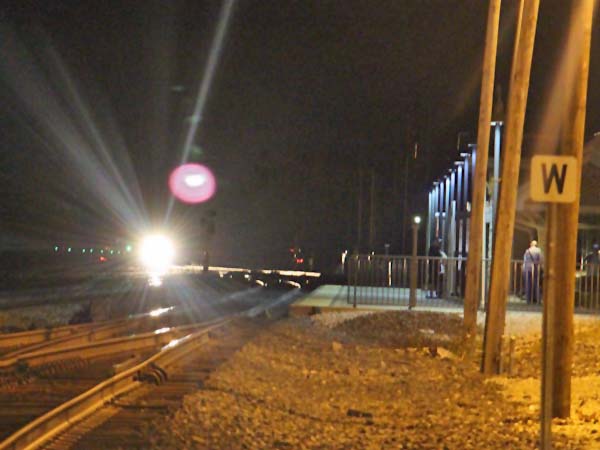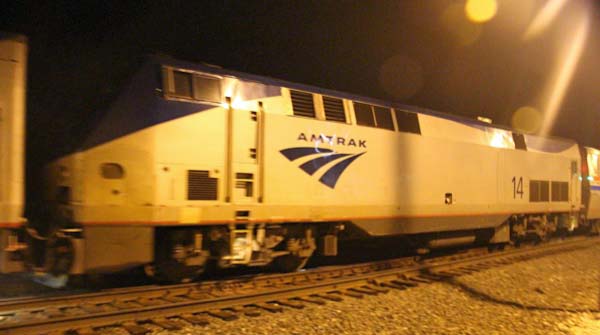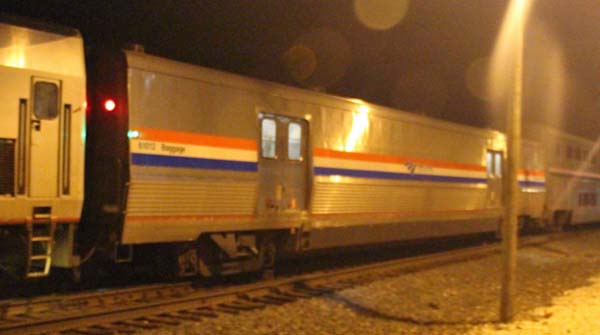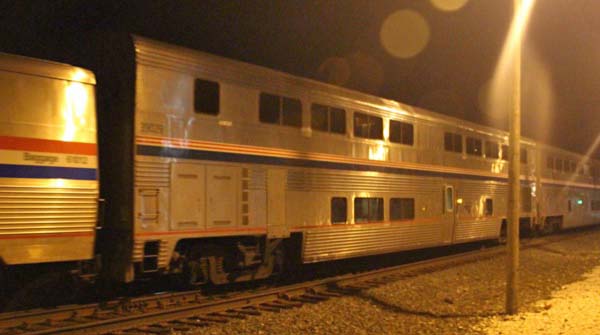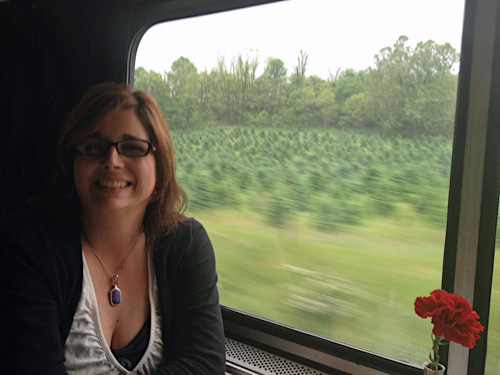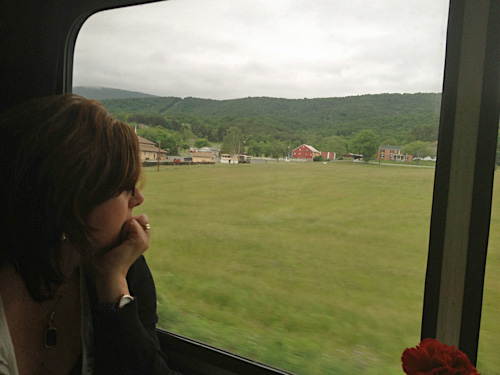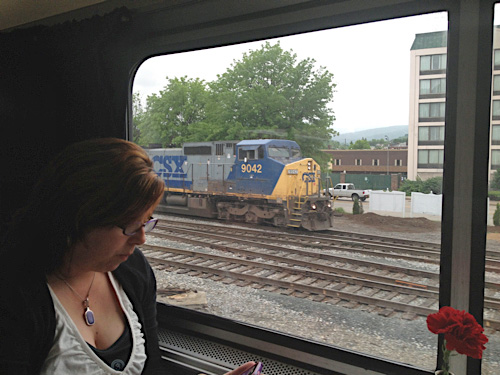

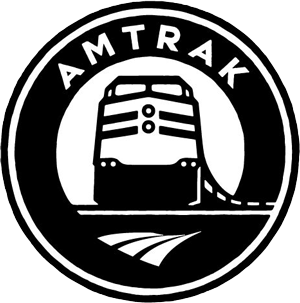
Capital Limited
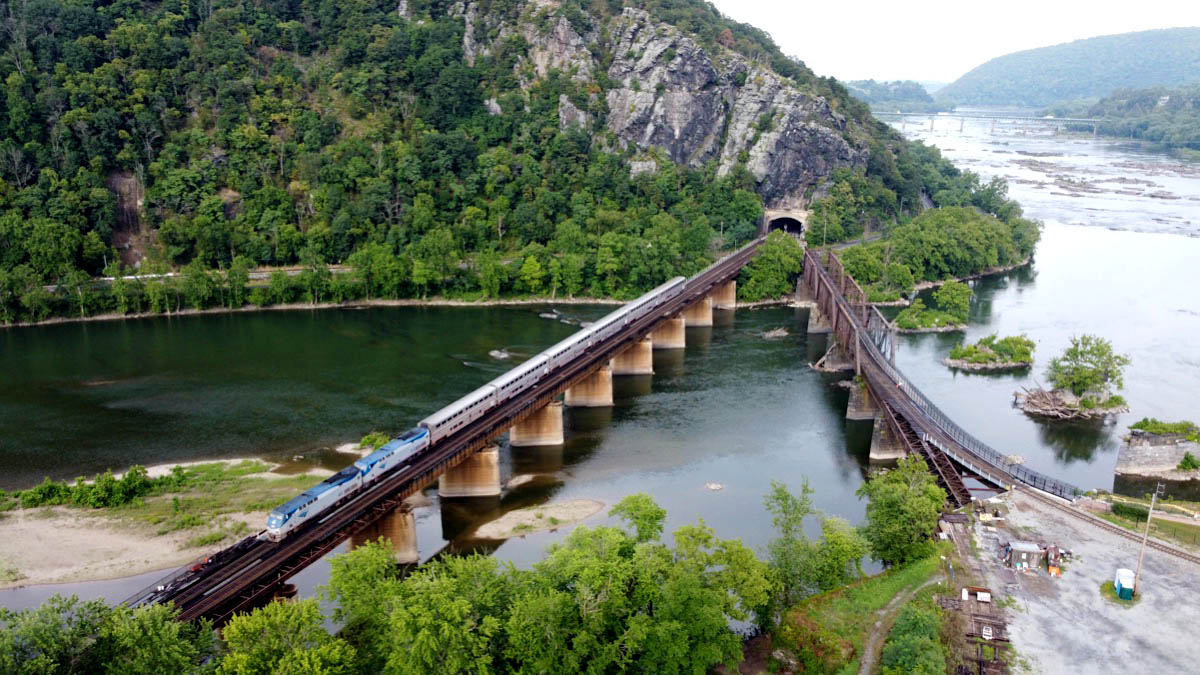
Harpers Ferry, WV / Jul 2020 / RWH
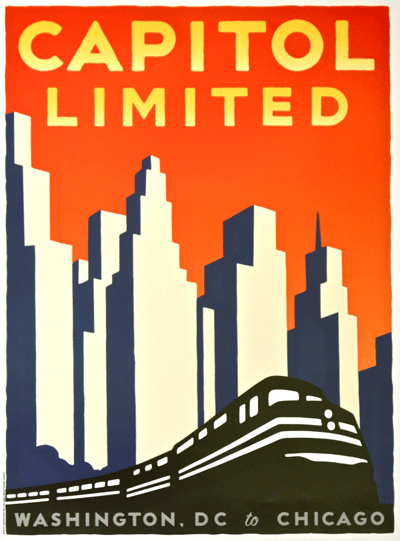
 he Capitol Limited is one of two Amtrak trains connecting Washington, D.C., to Chicago, running 764 miles via Pittsburgh and Cleveland. Service began in 1981 and the new daily operation was named after the Baltimore & Ohio Railroad's famous Capitol Limited, which was retired in 1971 upon the formation of Amtrak. Today the train carries the Amtrak numbers 29 (westbound) and 30 (eastbound), which were previously assigned to the discontinued National Limited. Between Washington and Pittsburgh the train follows the original Baltimore & Ohio route, now CSX Transportation. West of Pittsburgh, however, the current Capitol transfers to the Norfolk Southern's former Pennsylvania RR mainline across northeastern Ohio toward Cleveland. West of Cleveland, the train continues on Norfolk Southern trackage all the way to Chicago. Prior to 1990 and during years when it was combined with Amtrak's defunct Broadway Limited, west of Pittsburgh the Capitol travelled through Canton and Lima, Ohio, to Fort Wayne, Indiana, and on to Chicago. After 1990, the train was rerouted to its current routing through Ohio when Conrail announced plans to abandon some require trackage on the west end of the route. The daily Capitols make use of Amtrak's standard long-distance double-decker Superliner equipment: sleepers, coaches, a diner and a lounge. A baggage car typically trails two or three locomotives. In lighter travel seasons, a shorter consist with one locomotive is sometimes used. The Capitol Limiteds are the only trains that service Washington DC with the taller Superliner equipment.
he Capitol Limited is one of two Amtrak trains connecting Washington, D.C., to Chicago, running 764 miles via Pittsburgh and Cleveland. Service began in 1981 and the new daily operation was named after the Baltimore & Ohio Railroad's famous Capitol Limited, which was retired in 1971 upon the formation of Amtrak. Today the train carries the Amtrak numbers 29 (westbound) and 30 (eastbound), which were previously assigned to the discontinued National Limited. Between Washington and Pittsburgh the train follows the original Baltimore & Ohio route, now CSX Transportation. West of Pittsburgh, however, the current Capitol transfers to the Norfolk Southern's former Pennsylvania RR mainline across northeastern Ohio toward Cleveland. West of Cleveland, the train continues on Norfolk Southern trackage all the way to Chicago. Prior to 1990 and during years when it was combined with Amtrak's defunct Broadway Limited, west of Pittsburgh the Capitol travelled through Canton and Lima, Ohio, to Fort Wayne, Indiana, and on to Chicago. After 1990, the train was rerouted to its current routing through Ohio when Conrail announced plans to abandon some require trackage on the west end of the route. The daily Capitols make use of Amtrak's standard long-distance double-decker Superliner equipment: sleepers, coaches, a diner and a lounge. A baggage car typically trails two or three locomotives. In lighter travel seasons, a shorter consist with one locomotive is sometimes used. The Capitol Limiteds are the only trains that service Washington DC with the taller Superliner equipment.
Combining impressive geologic formations, man-made wonders and rich American history, this route is rife with feature attractions between the "City of Broad Shoulders" and its terminus in the nation's capitol and city of magnificent monuments, Washington, D.C. From orderly farms in the heartland to spectacular views of the mountains above Pennsylvania and West Virginia valleys, the scenes are unforgettable. Today, their quiet beauty belies the ferocity of the many Civil War battles fought in and around the area. From striking rock formations to national historic landmarks, the Capitol Limited presents a journey upon which you will continue to reflect for some time to come. So relax and enjoy this unique view of Americana from your picture window!
Amtrak
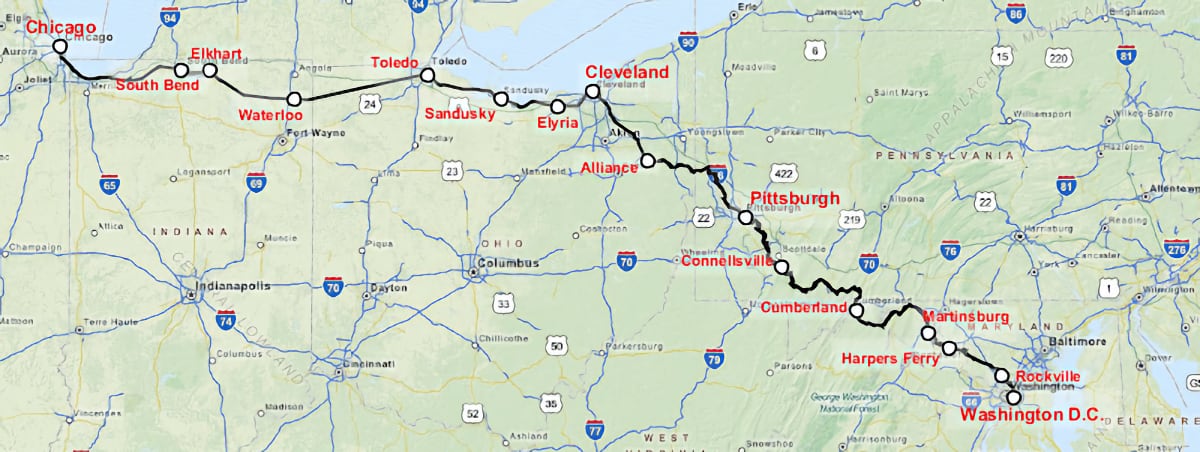
Capitol Limited route map / web
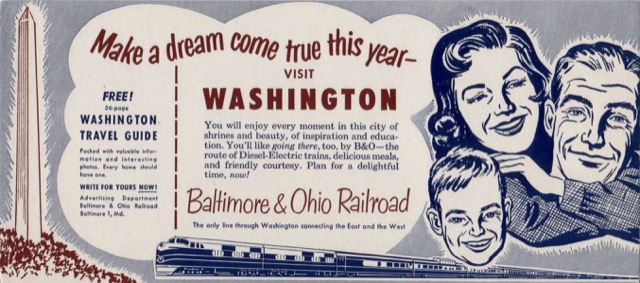
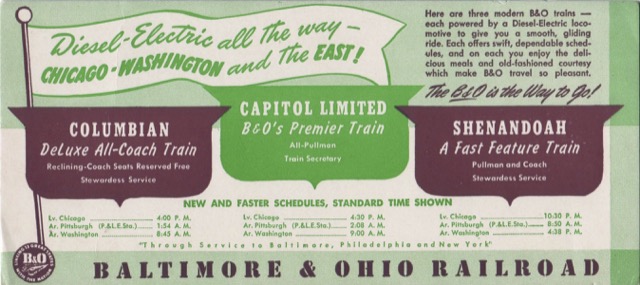
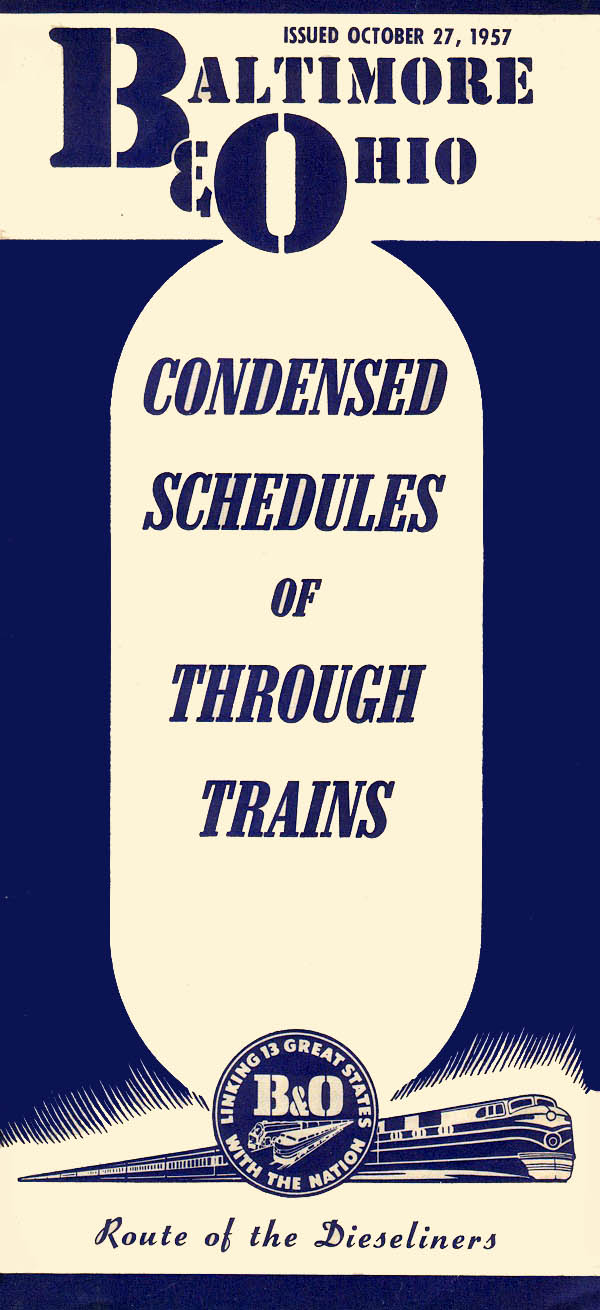
details
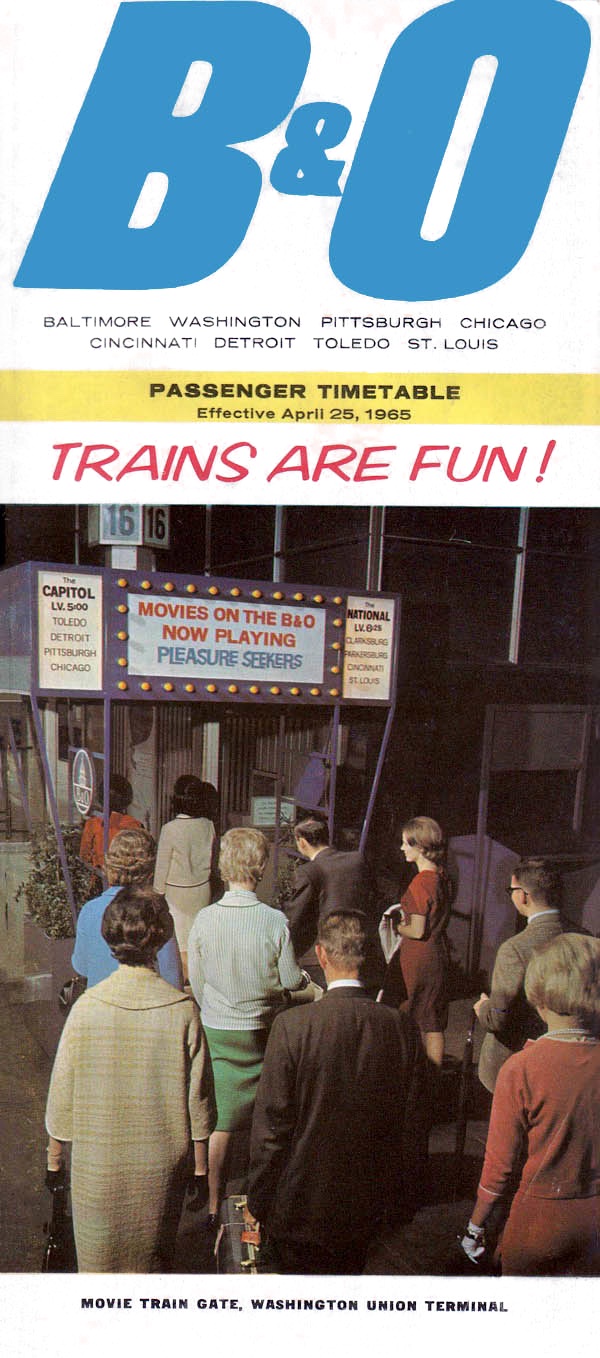
details

details
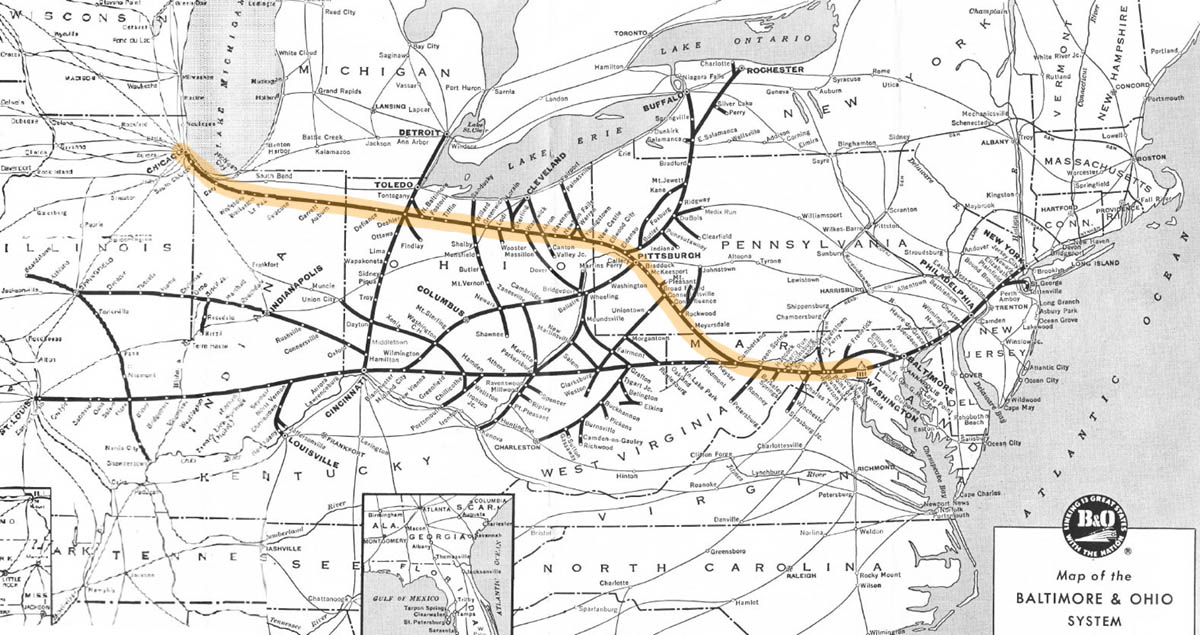
B&O system map / web
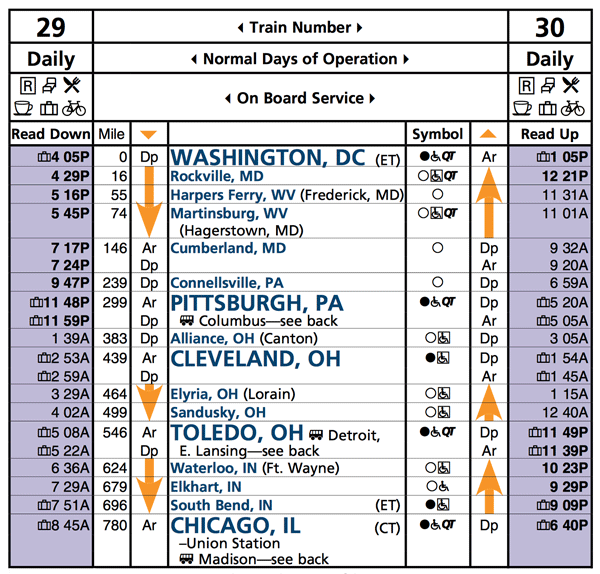
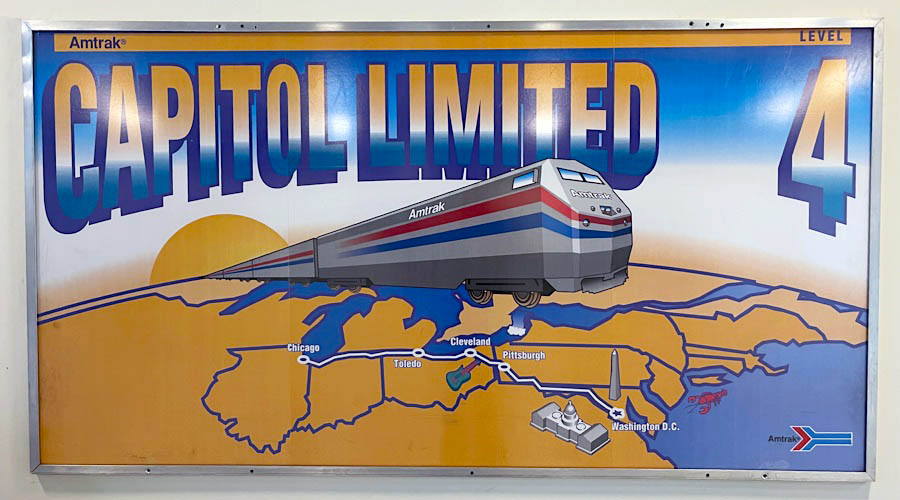
Chicago, Il / Sep 2023 / RWH
 Point of Rocks, Md
Point of Rocks, Md

The Point of Rocks station was completed in 1876 and was designed by renowned architect E. Francis Baldwin who would construct a number of stations and depots for the Baltimore & Ohio, particularly along the eastern areas of the railroad. The Point of Rocks station itself in terms of exposure is likely the most well known B&O station as it is heralded as one of the most photographed railroad station or depot in the country. The station's popularity lies as much with its splendor as its location. Situated at the point where two railroad lines converge, coupled with a beautiful steeple which faces directly towards where the railroad tracks meet makes for a truly magnificent setting, unrivaled anywhere else.
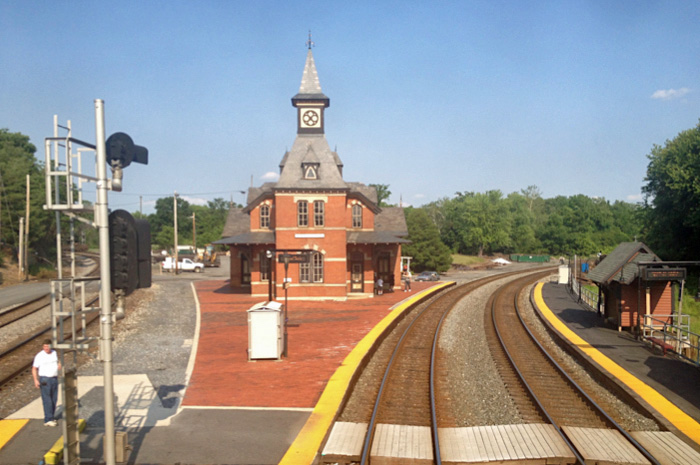
Point of Rocks, Md / May 2012 / RWH

Click to see the Point of Rocks depot area plotted on a Google Maps page
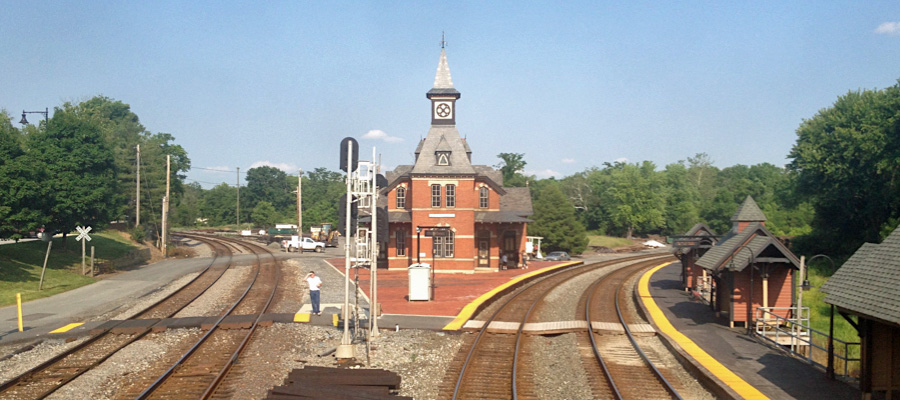
Point of Rocks, Md / May 2012 / RWH
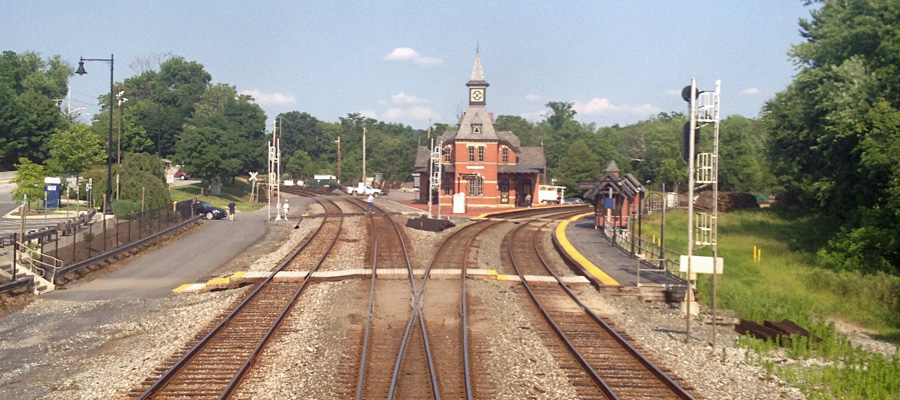
Point of Rocks, Md / May 2012 / RWH
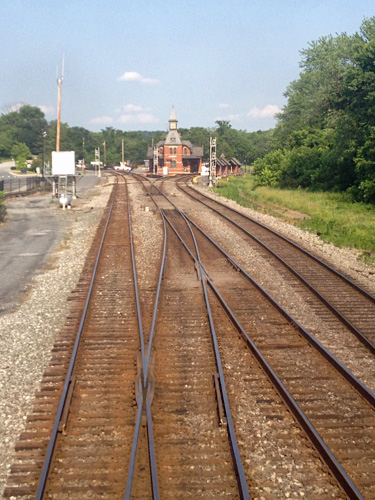
Point of Rocks, Md / May 2012 / RWH
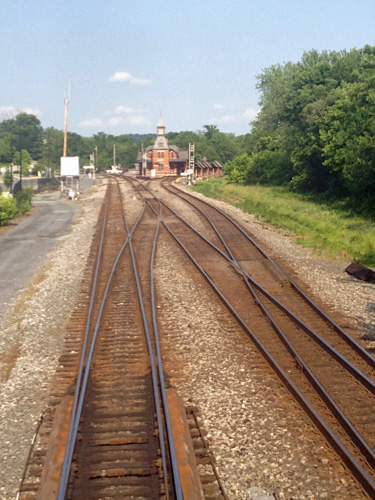
Point of Rocks, Md / May 2012 / RWH
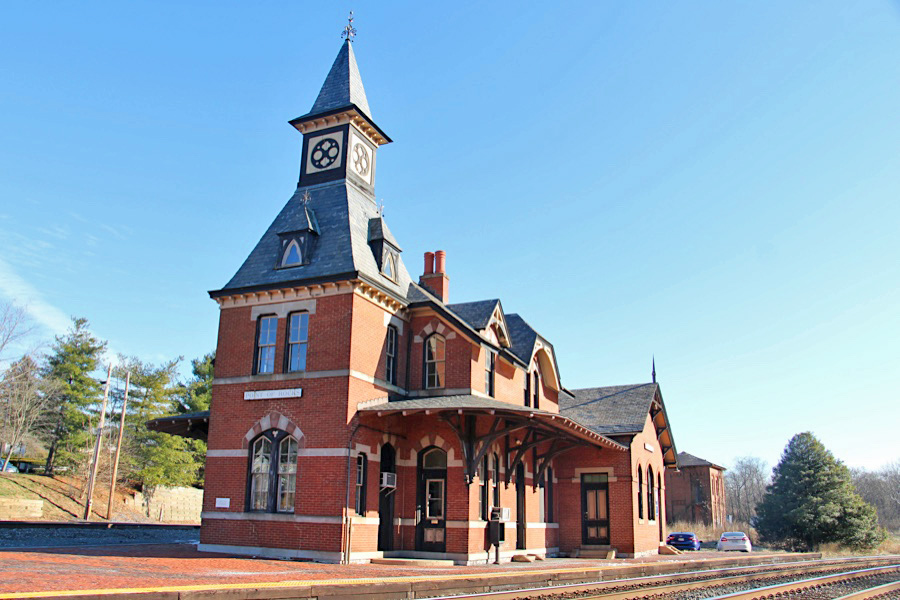
Point of Rocks, Md / Dec 2016 / RWH
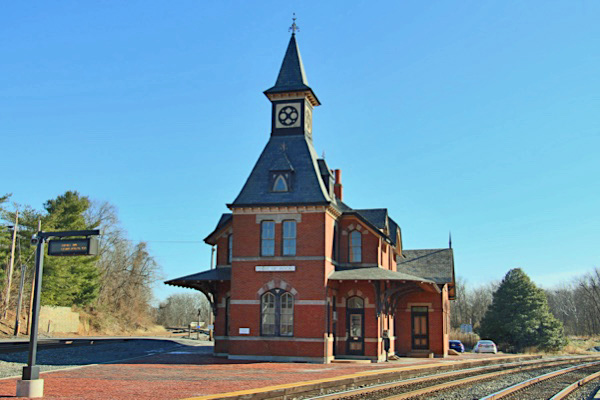
Point of Rocks, Md / Dec 2016 / RWH
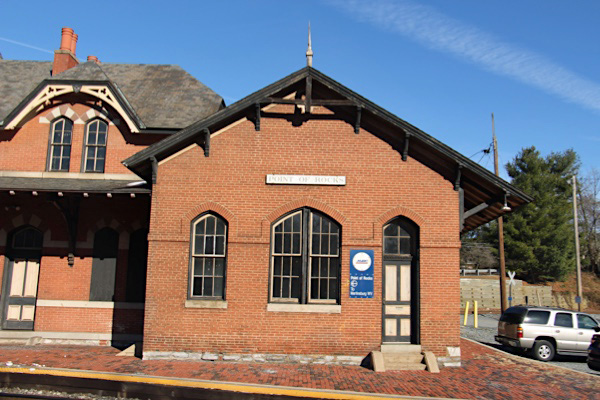
Point of Rocks, Md / Dec 2016 / RWH
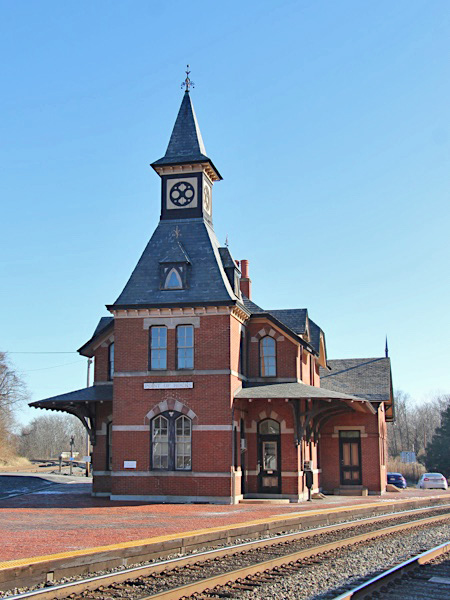
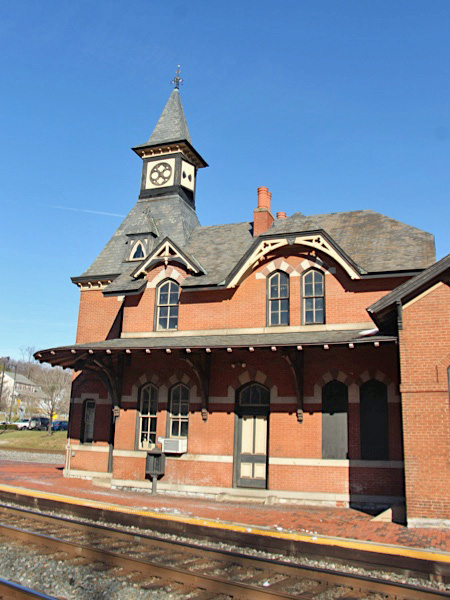
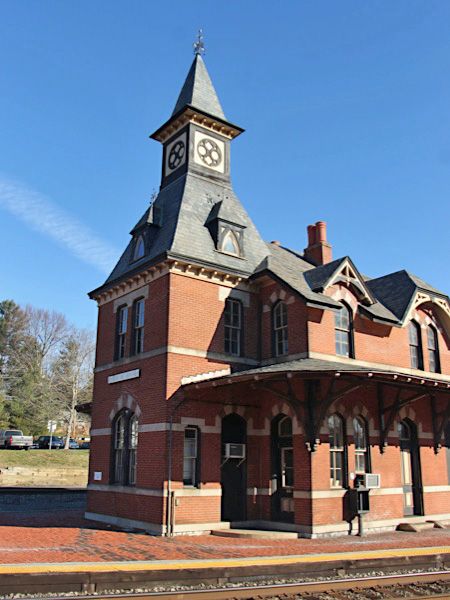
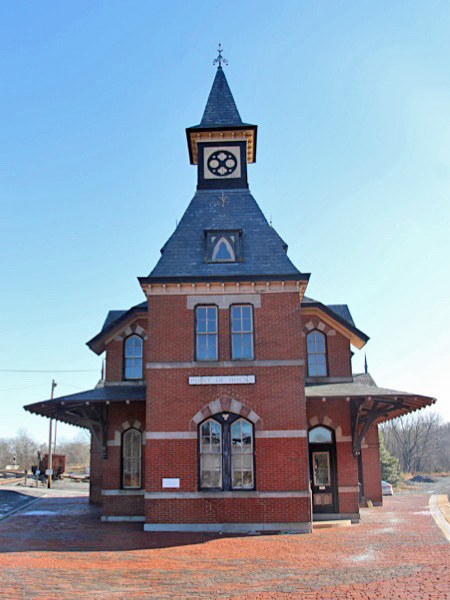
Point of Rocks, Md / Dec 2016 / RWH
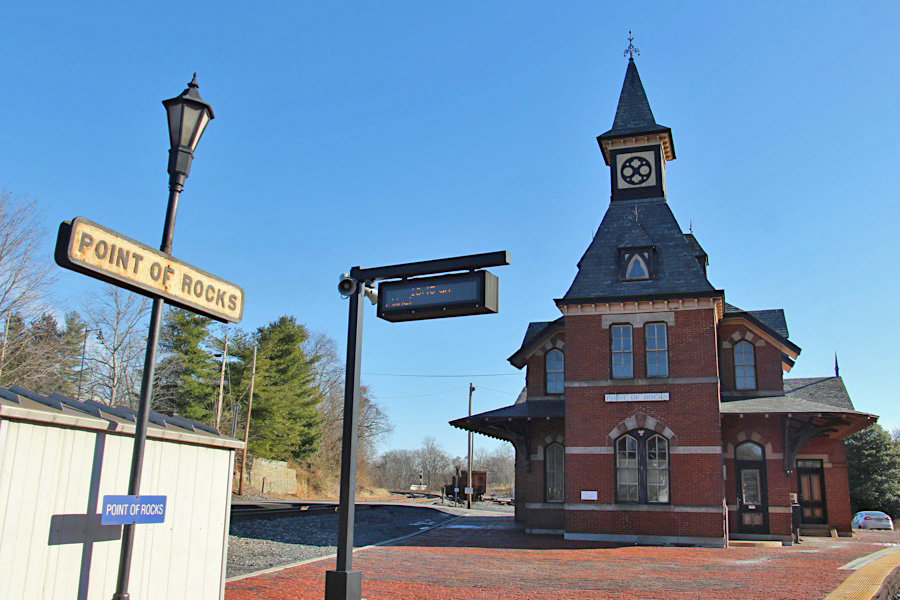
Point of Rocks, Md / Dec 2016 / RWH
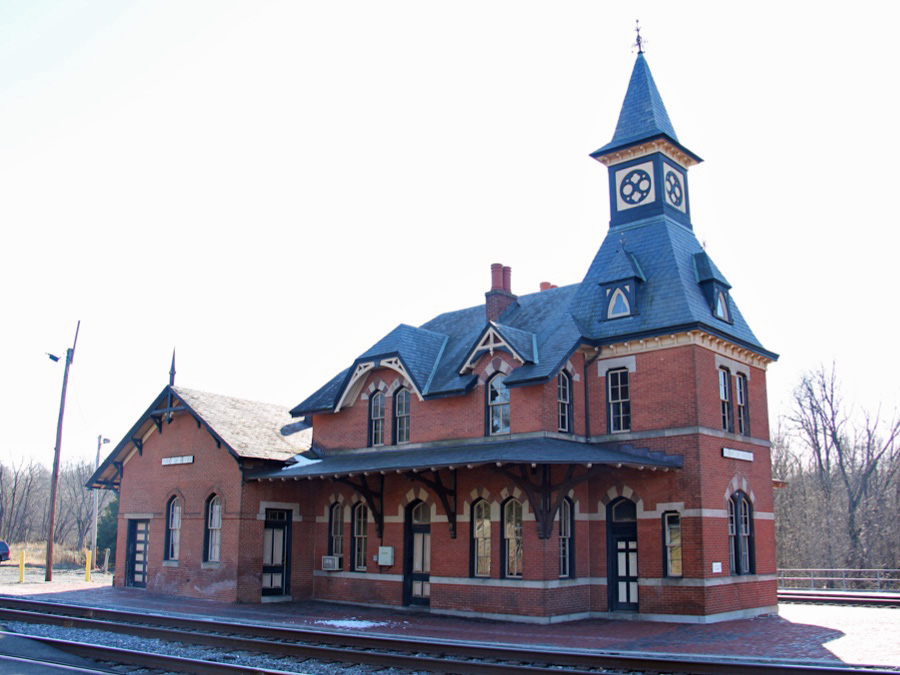
Point of Rocks, Md / Dec 2016 / RWH
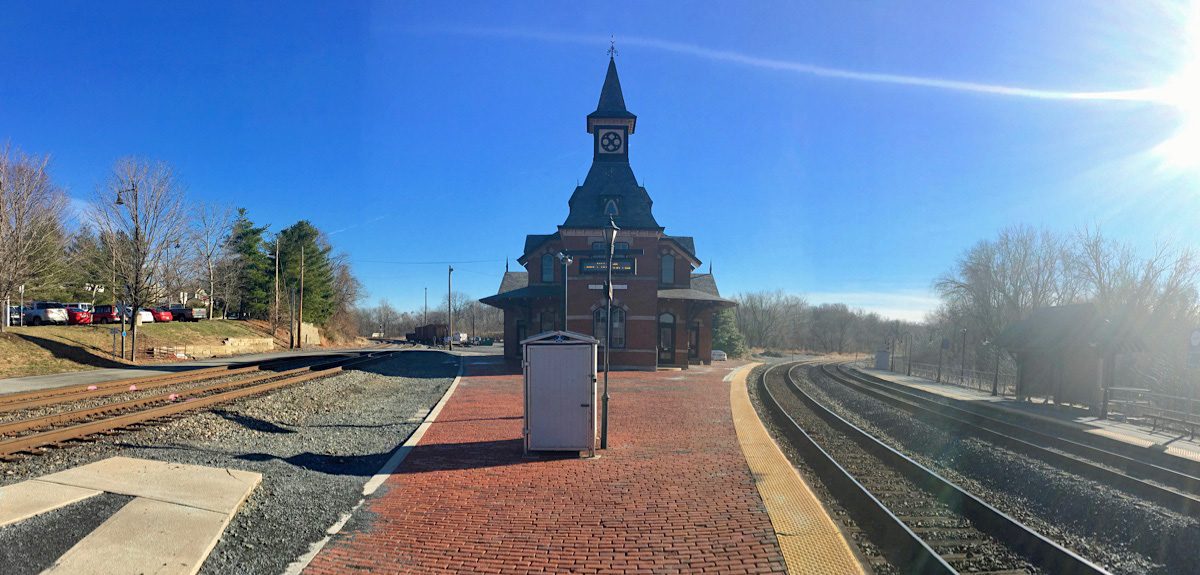
Point of Rocks, Md / Dec 2016 / RWH
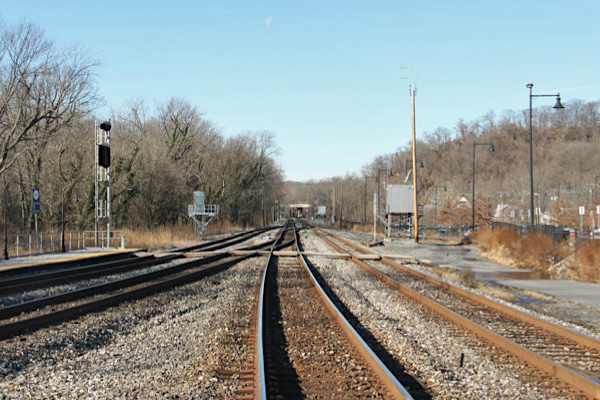
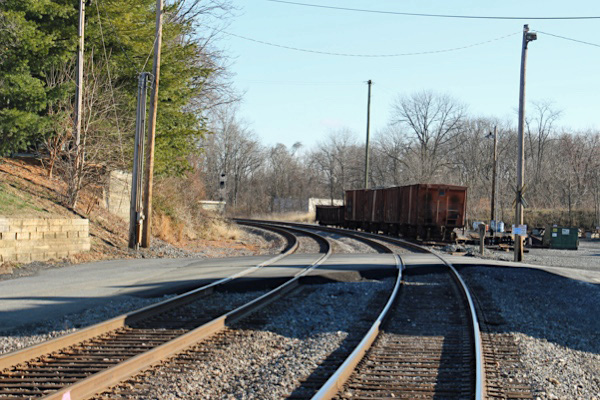
Point of Rocks, Md / Dec 2016 / RWH
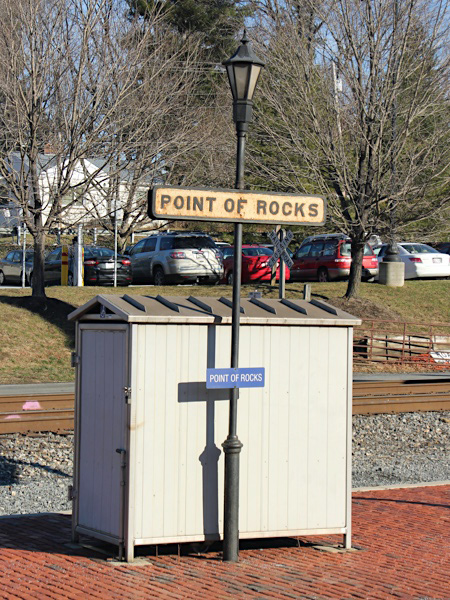
Point of Rocks, Md / Dec 2016 / RWH
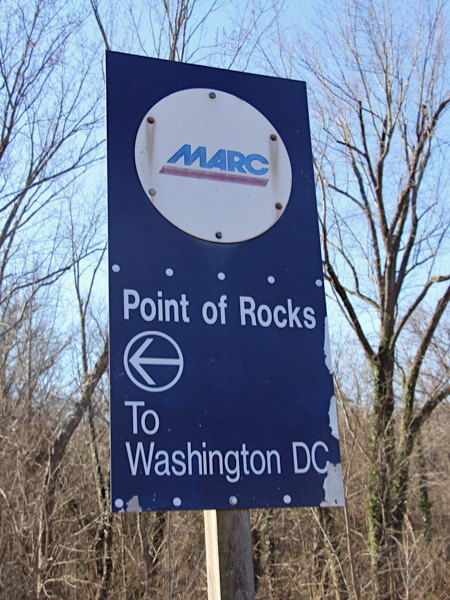
Point of Rocks, Md / Dec 2016 / RWH
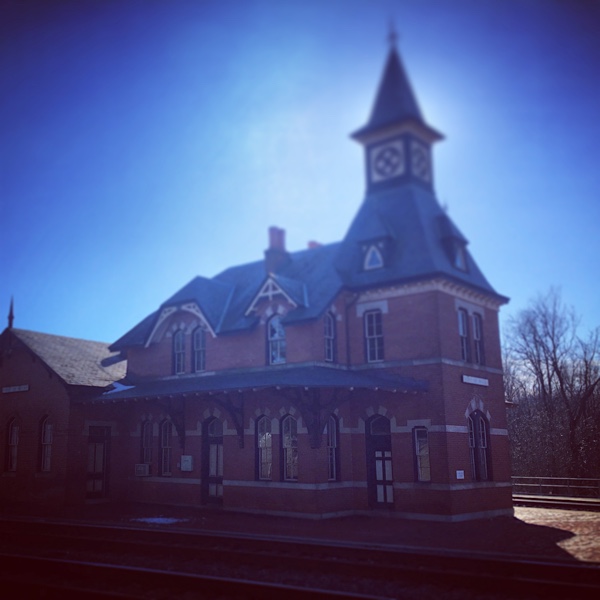
Point of Rocks, Md / Dec 2016 / RWH
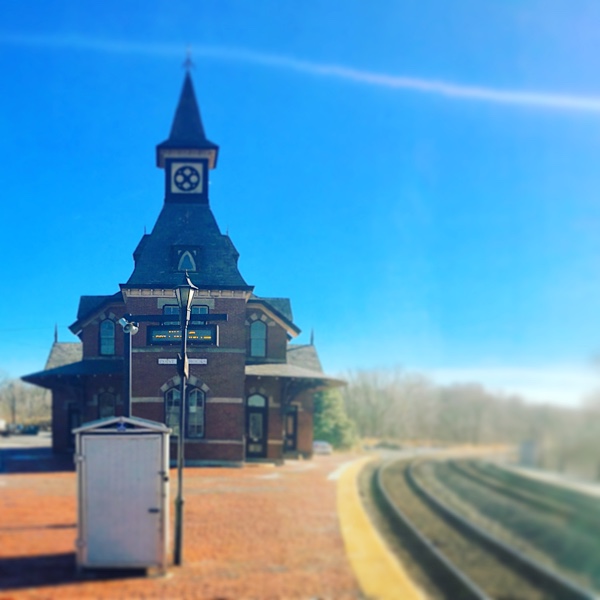
Point of Rocks, Md / Dec 2016 / RWH
 Harpers Ferry, WV
Harpers Ferry, WV
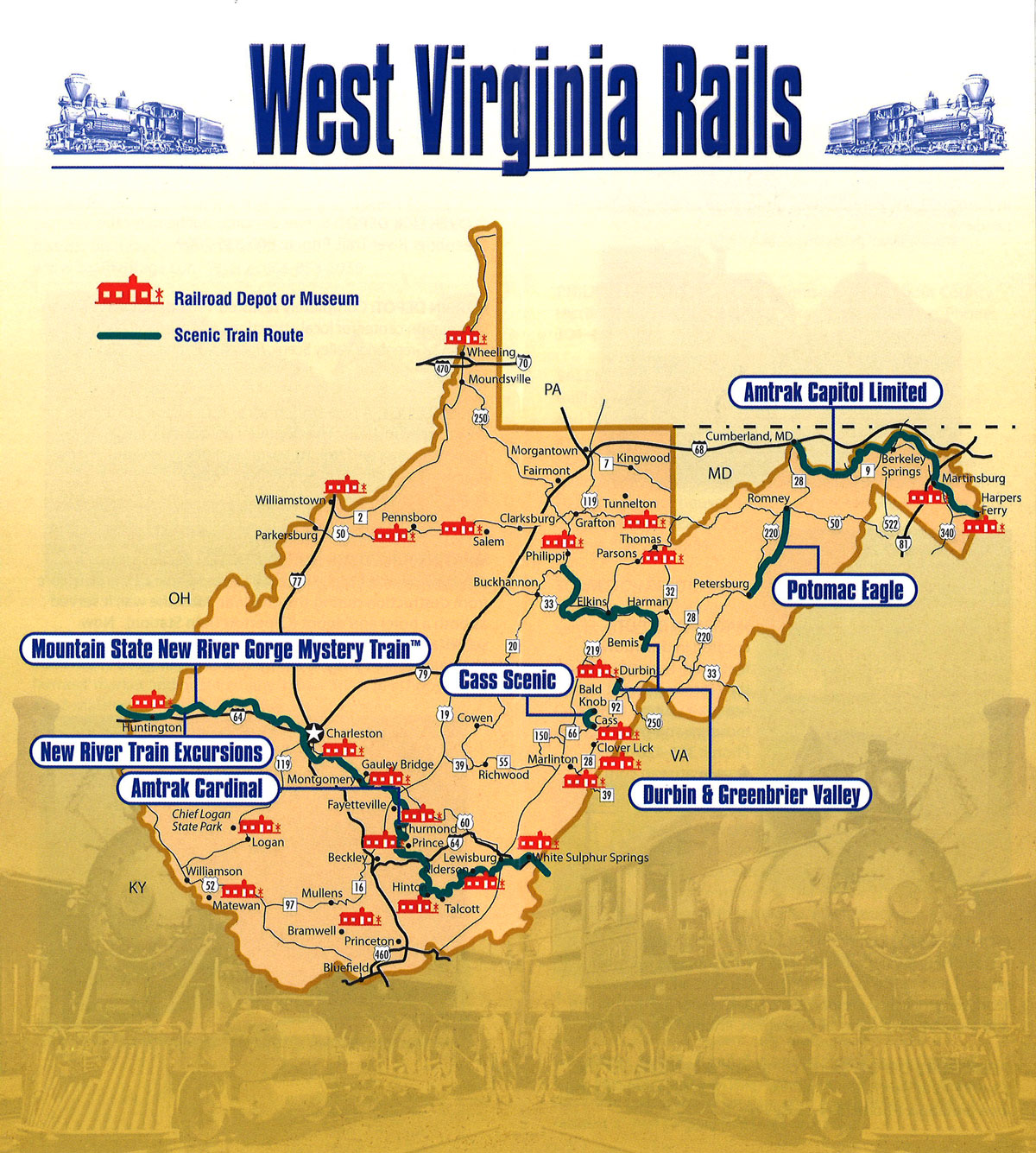
collection
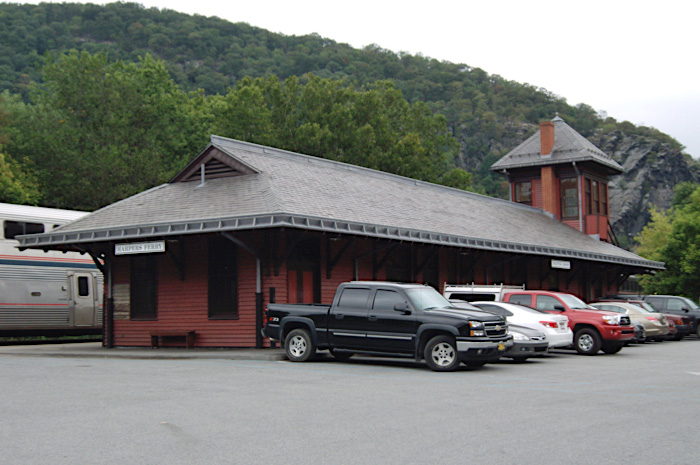
Harper's Ferry, WV / Sep 2010 / RWH

Click to see the Harpers Ferry station area plotted on a Google Maps page
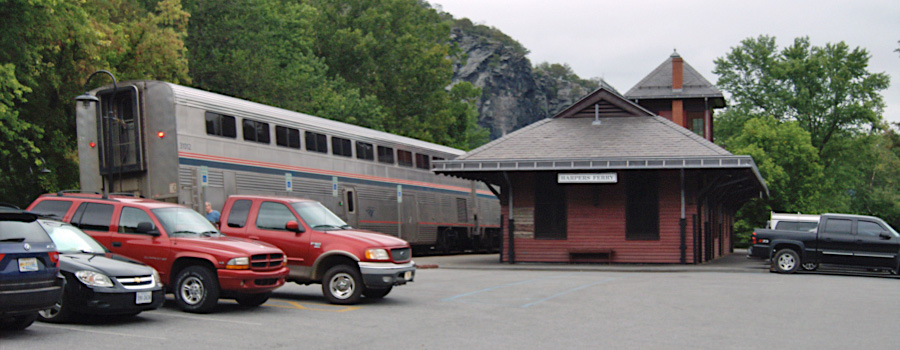
Harper's Ferry, WV / Sep 2010 / RWH
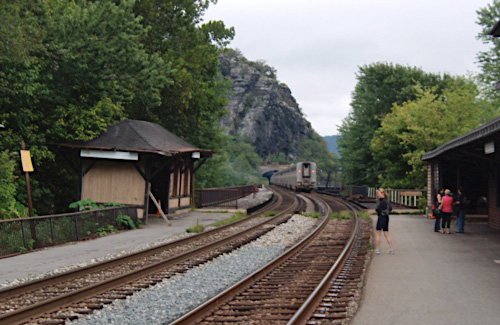
Harper's Ferry, WV / Sep 2010 / RWH
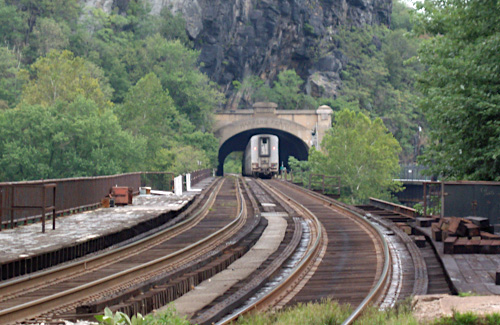
Harper's Ferry, WV / Sep 2010 / RWH

Present on the site is the physical evidence of three separate and distinct alignments of the Baltimore & Ohio's main line at its crossing of the Potomac. All of these sites and structures are the result of transportation needs which have expanded over the past two centuries. The sequence of river and canal crossings illustrates the development of engineering skills, the invention of new bridging systems, and the architectural considerations associated with them. The remaining bridges and bridge piers reflect the significance of this crossing to commercial, industrial, and economic development brought about by the growth of railroads during the 19th and early 20th centuries.
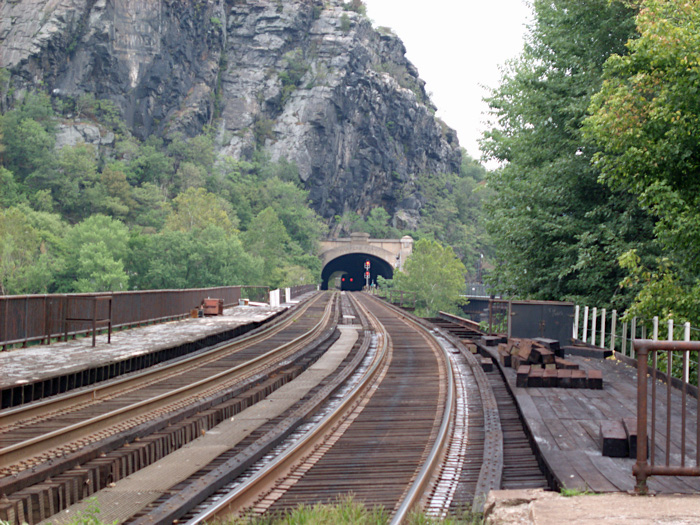
Harper's Ferry, WV / Sep 2010 / RWH
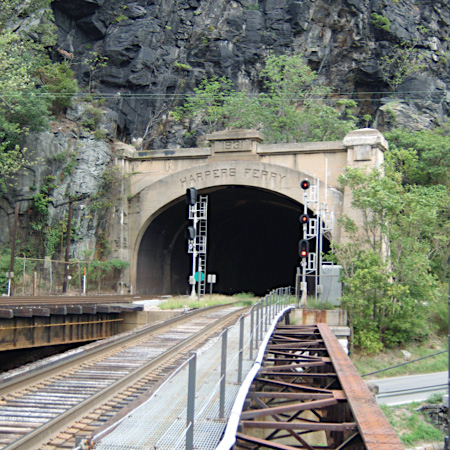
Harper's Ferry, WV / Sep 2010 / RWH
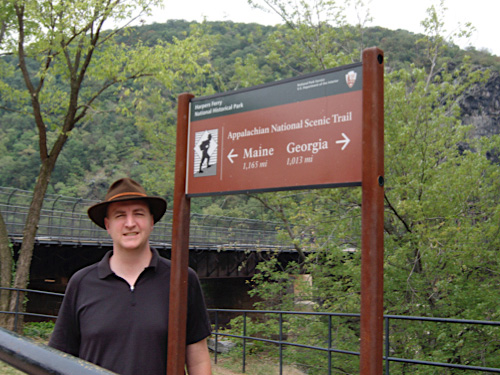
Harper's Ferry, WV / Sep 2010 / Elizabeth Hawkins
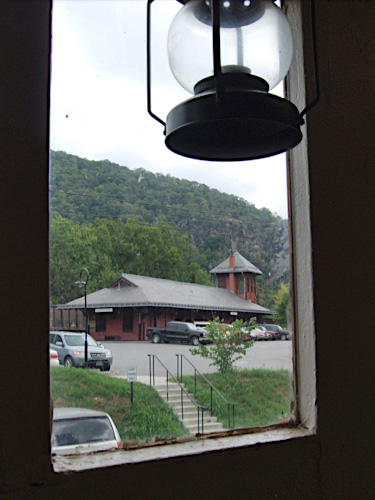
Harper's Ferry, WV / Sep 2010 / RWH
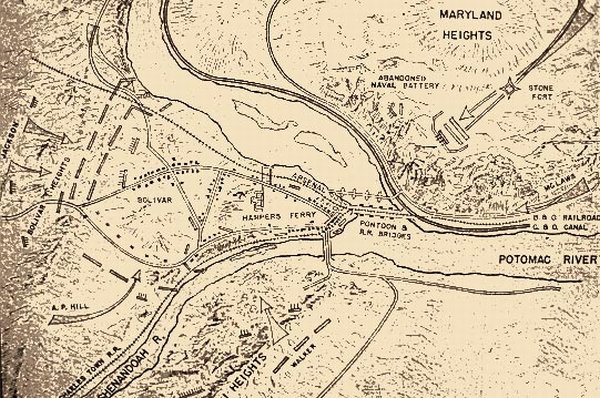
Civil War era map / web
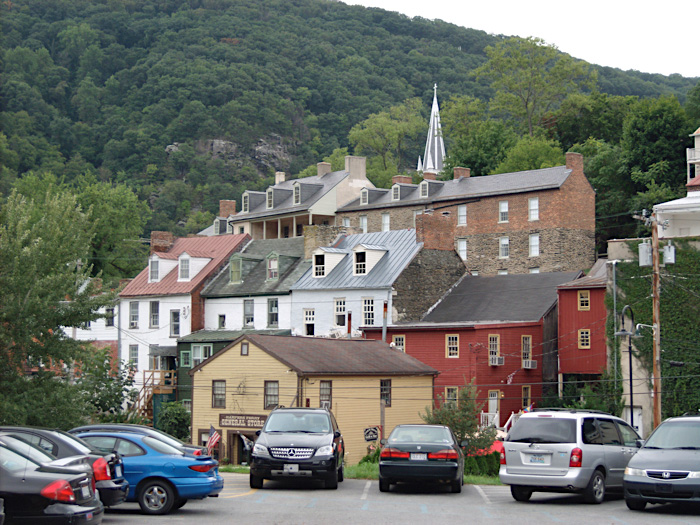
Harper's Ferry, WV / Sep 2010 / RWH
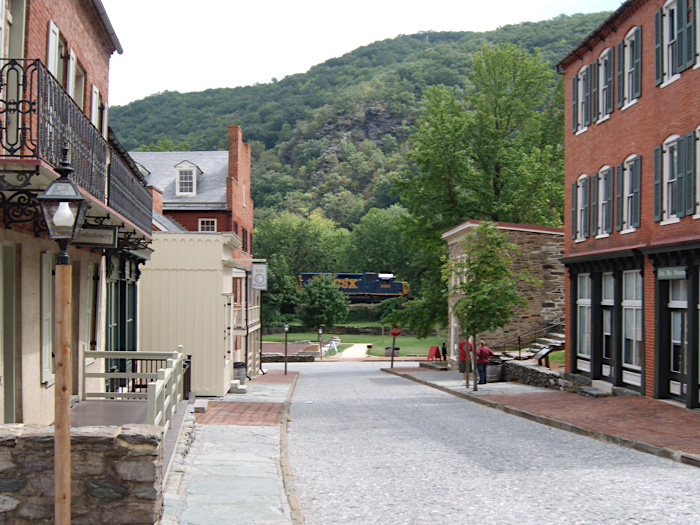
Harper's Ferry, WV / Sep 2010 / RWH
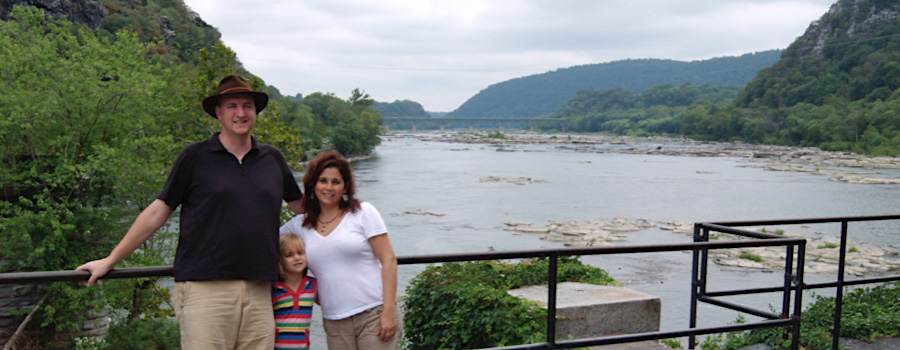
Potomac River / Harper's Ferry, WV / Sep 2010 / RWH
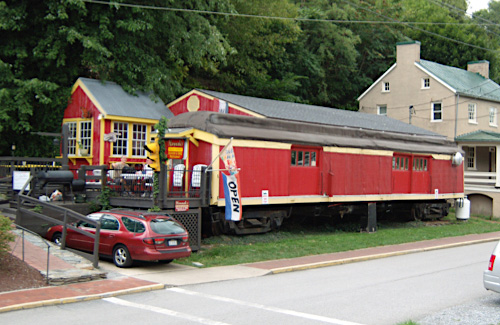
Harper's Ferry, WV / Sep 2010 / RWH
 Martinsburg, WV
Martinsburg, WV

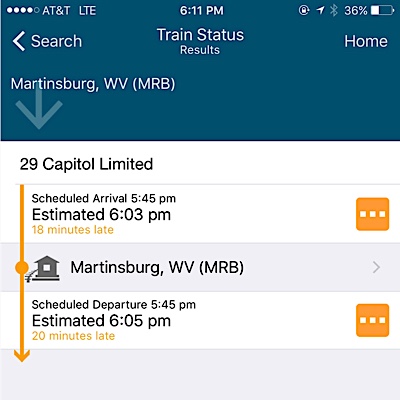 After a good day chasing the Virginia shortline Winchester & Western, I wound up in Martinsburg, West Virginia -- a town I had seen many times from the train but had never viewed from ground level. Realizing it was about the right time of day for the westbound Capitol to come through the area, I checked the trusty Amtrak app on my phone and found that -- much to my delight -- #29 was about 20 minutes behind coming out of Washington DC. This gave me a few minutes to poke around the historic B&O station and shop area in Martinsburg. The NA cabin east of the station is a great place to catch westbound movements coming into view underneath the two-track signal apparatus. I got into place and was soon rewarded with the headlight of 29 coming around the far corner. I was pleased to discover Amtrak's Veterans memorial paint scheme was the second unit in the elephant style consist. Behind the second unit, a dead-headed Amfleet car was in tow, followed by one of the new series baggage cars. 29 did her brief station work at the Martinsburg platform -- about a dozen souls unloaded while another dozen boarded -- and before long the stainless steel consist was on the move again. Clear signals would take her westward to a smoke stop in Cumberland, then up the grade for another locomotive workout on the Sand Patch climb. For as many times as I have taken the Capitol, Martinsburg was my first time catching her from the ground.
After a good day chasing the Virginia shortline Winchester & Western, I wound up in Martinsburg, West Virginia -- a town I had seen many times from the train but had never viewed from ground level. Realizing it was about the right time of day for the westbound Capitol to come through the area, I checked the trusty Amtrak app on my phone and found that -- much to my delight -- #29 was about 20 minutes behind coming out of Washington DC. This gave me a few minutes to poke around the historic B&O station and shop area in Martinsburg. The NA cabin east of the station is a great place to catch westbound movements coming into view underneath the two-track signal apparatus. I got into place and was soon rewarded with the headlight of 29 coming around the far corner. I was pleased to discover Amtrak's Veterans memorial paint scheme was the second unit in the elephant style consist. Behind the second unit, a dead-headed Amfleet car was in tow, followed by one of the new series baggage cars. 29 did her brief station work at the Martinsburg platform -- about a dozen souls unloaded while another dozen boarded -- and before long the stainless steel consist was on the move again. Clear signals would take her westward to a smoke stop in Cumberland, then up the grade for another locomotive workout on the Sand Patch climb. For as many times as I have taken the Capitol, Martinsburg was my first time catching her from the ground.
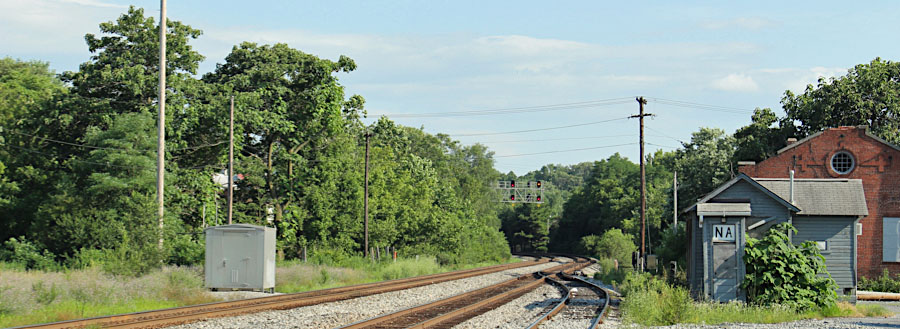
Martinsburg, WV / Jul 2016 / RWH
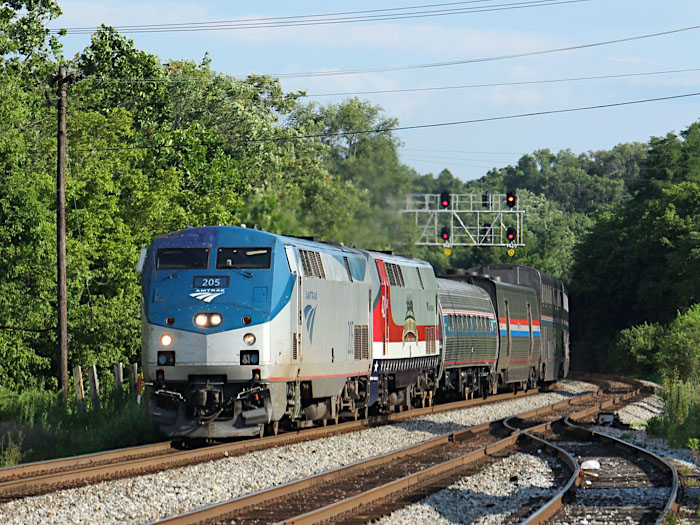
Martinsburg, WV / Jul 2016 / RWH
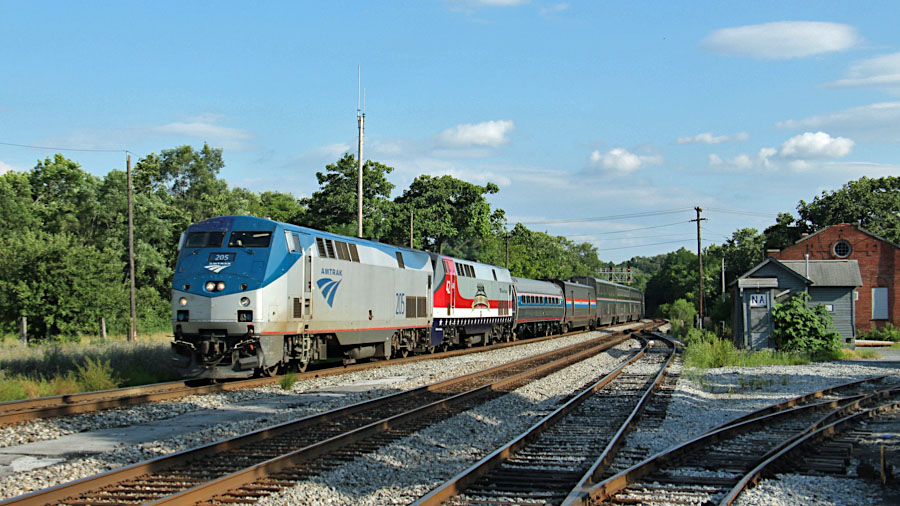
Martinsburg, WV / Jul 2016 / RWH
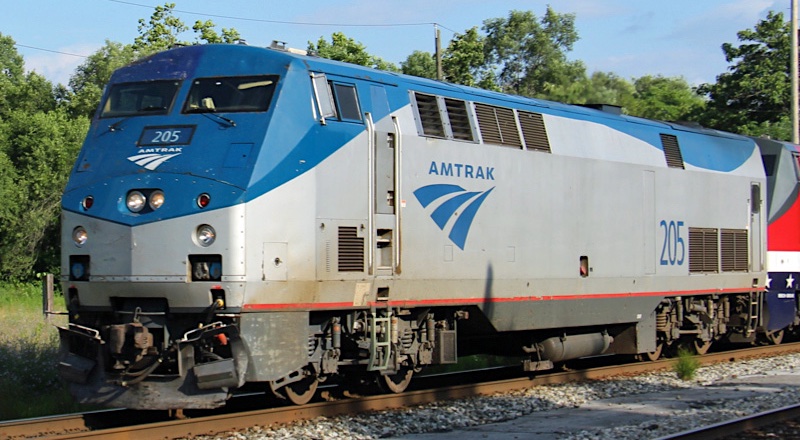
Amtrak #205
Martinsburg, WV / Jul 2016 / RWH


Amtrak #205
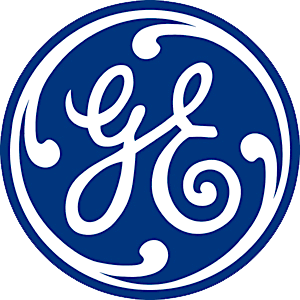
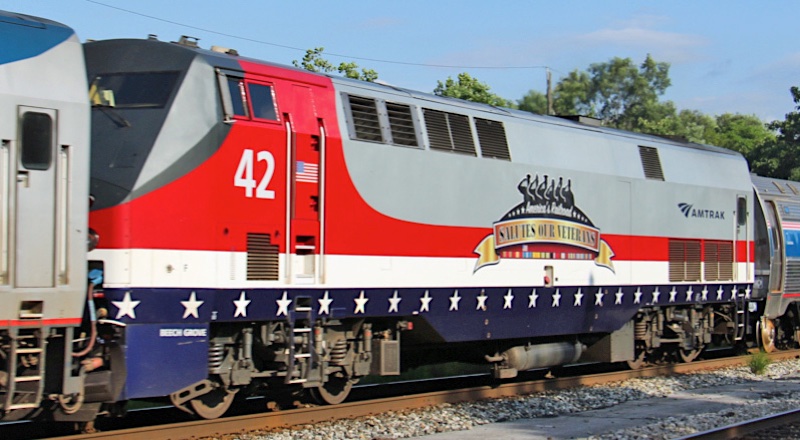
Amtrak #42
Martinsburg, WV / Jul 2016 / RWH


Amtrak #42
wears "Salute Our Veterans" scheme
sublettered "Beech Grove shops"

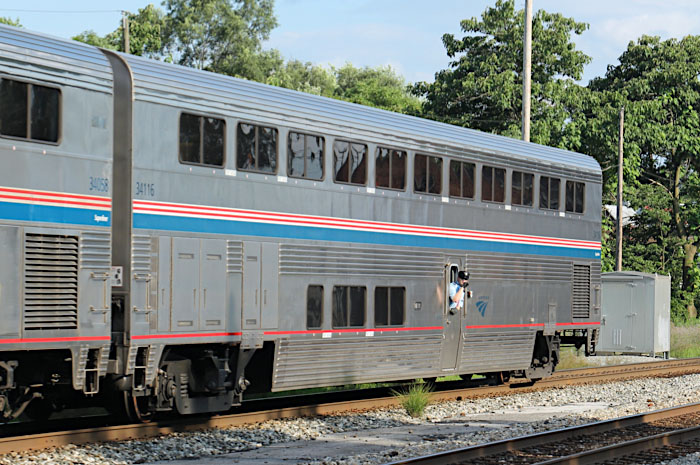
Martinsburg, WV / Jul 2016 / RWH
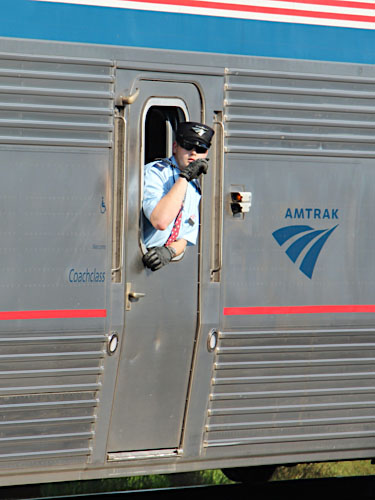
Martinsburg, WV / Jul 2016 / RWH
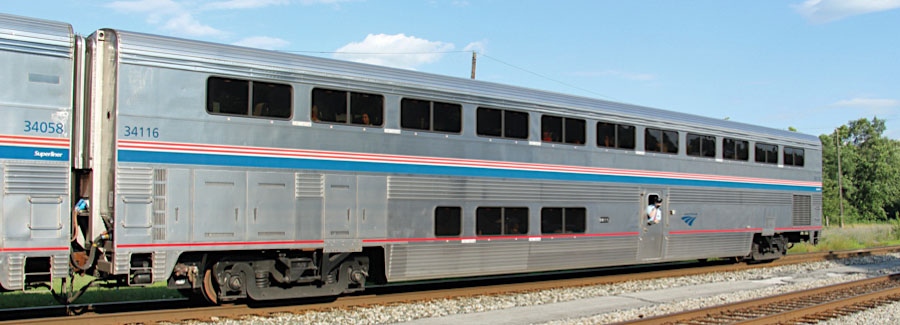
Martinsburg, WV / Jul 2016 / RWH
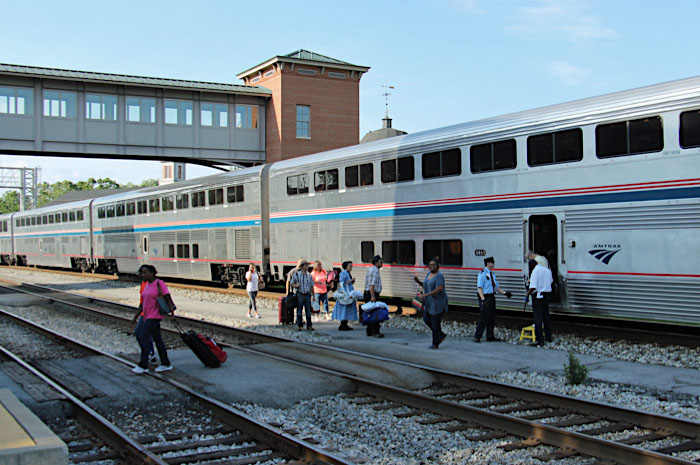
Martinsburg, WV / Jul 2016 / RWH

Click to see Martinsburg depot area plotted on a Google Maps page
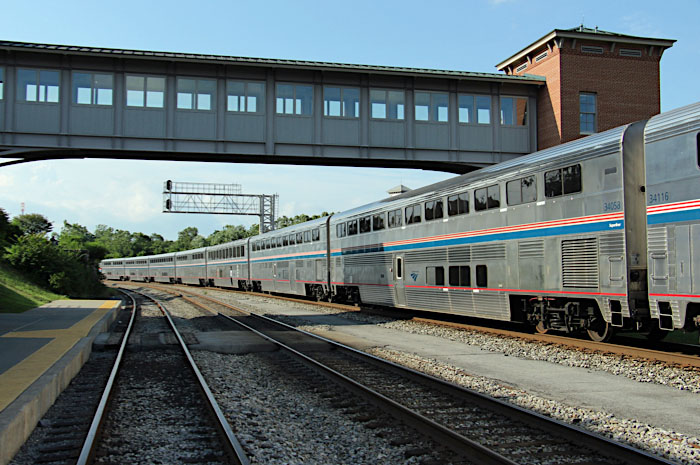
Martinsburg, WV / Jul 2016 / RWH
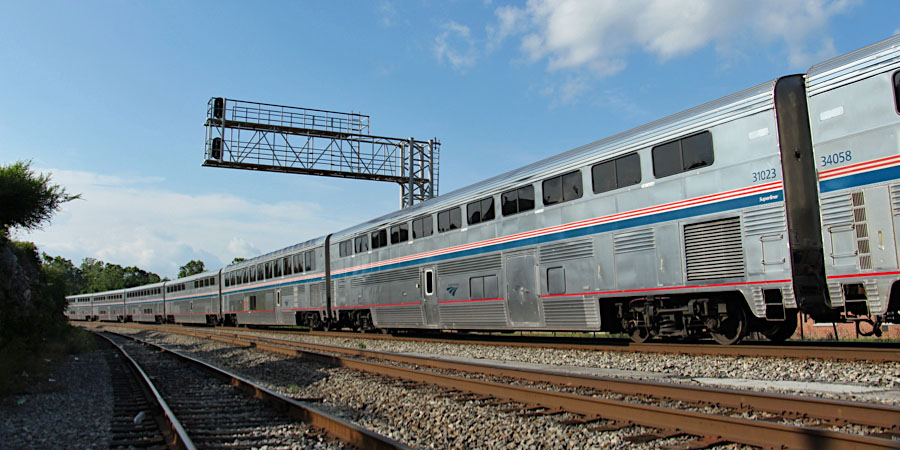
Martinsburg, WV / Jul 2016 / RWH
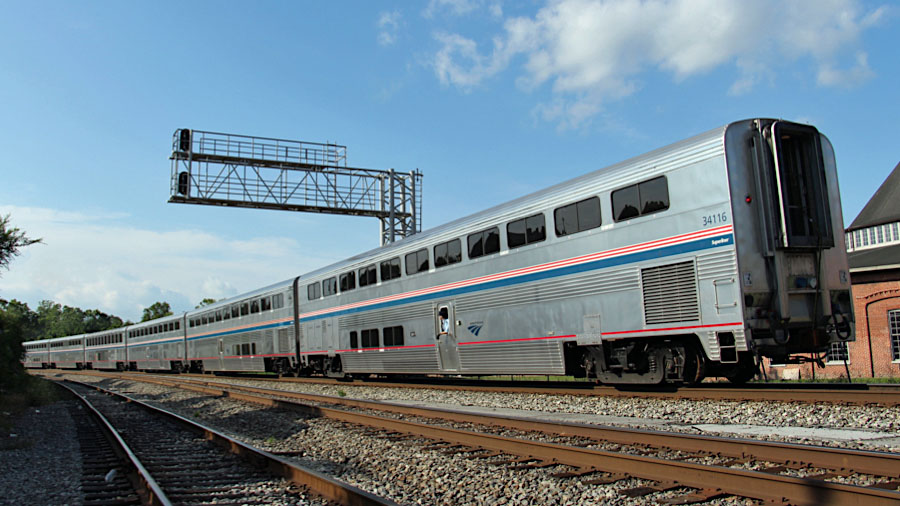
Martinsburg, WV / Jul 2016 / RWH
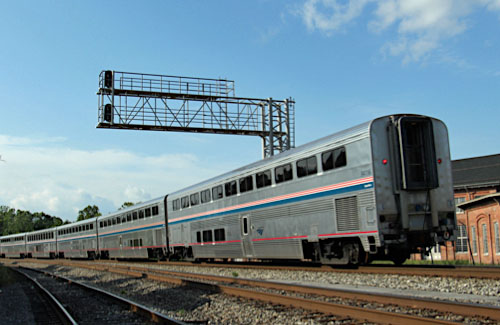
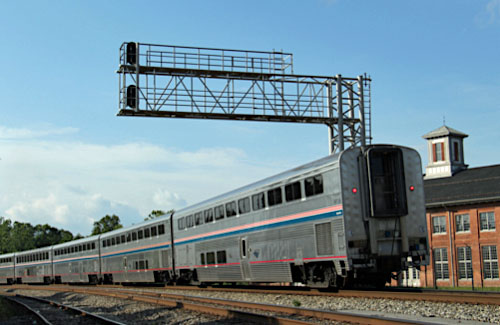
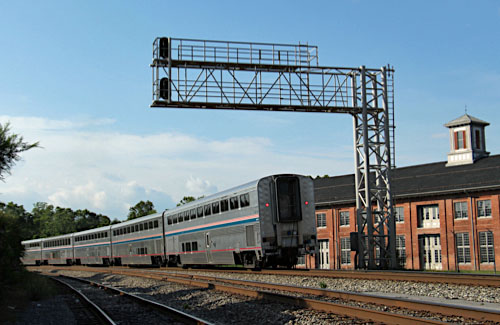
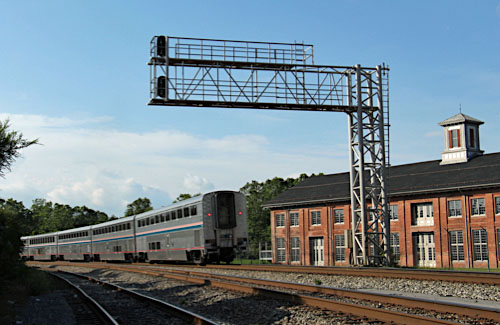
Martinsburg, WV / Jul 2016 / RWH
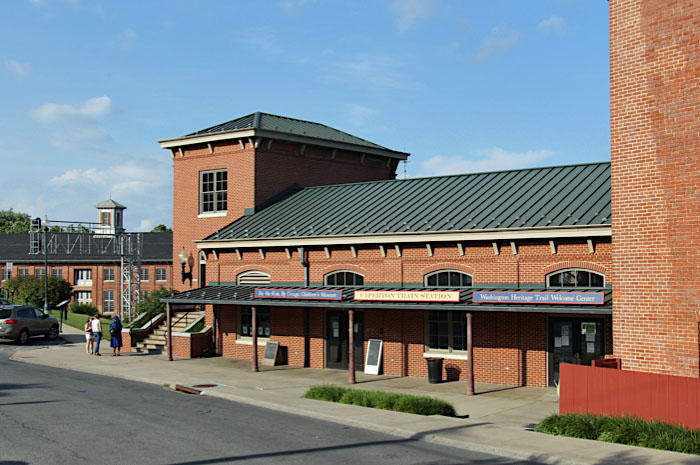
Martinsburg, WV / Jul 2016 / RWH
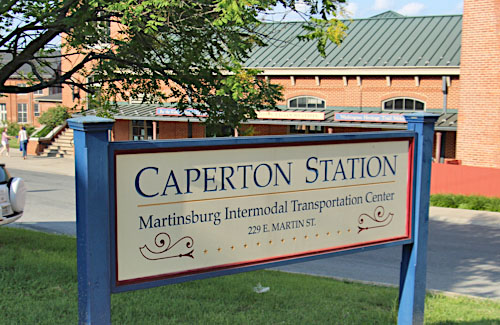
Martinsburg, WV / Jul 2016 / RWH
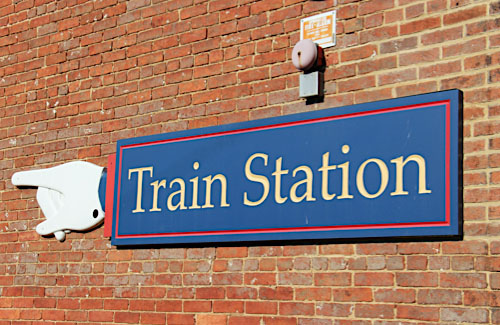
Martinsburg, WV / Jul 2016 / RWH
 Cumberland, Md
Cumberland, Md
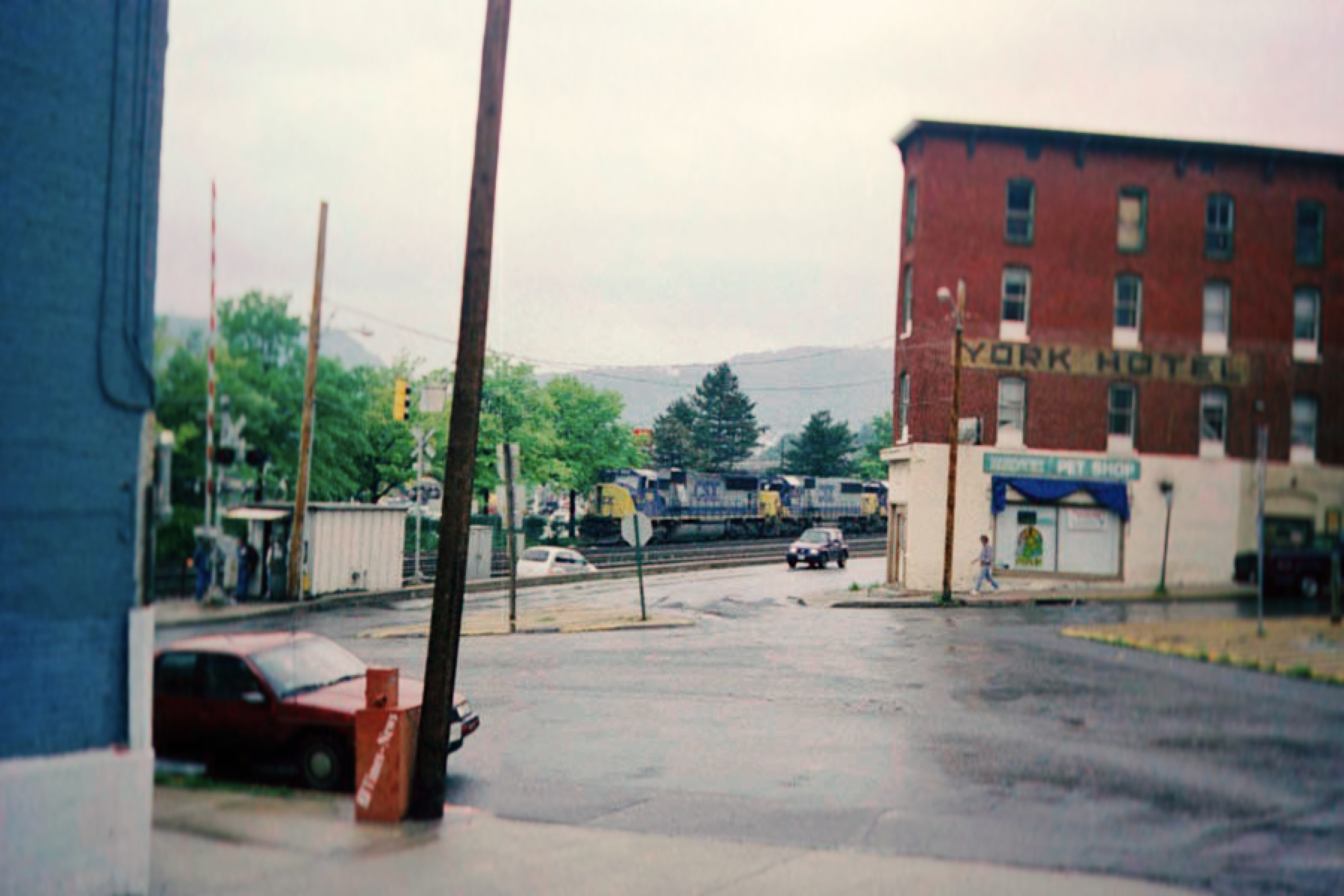
Cumberland, Md / Jun 2003 / RWH

For generations an American Indian village, then a western outpost of roughshod cabins established by European Americans, Cumberland eventually became a stop for many in the push west. In this role, the city grew into a transportation hub, first as the starting point of the first National Road - now known as Route 40, or National Highway - and then as home to numerous railroads and the western terminus of the famous C&O Canal. As the city raced through the 19th century and into the 20th, it became less dependent on railroads as more industry moved to the area. Glass manufacturing and brewing were big, as were tires and steel.
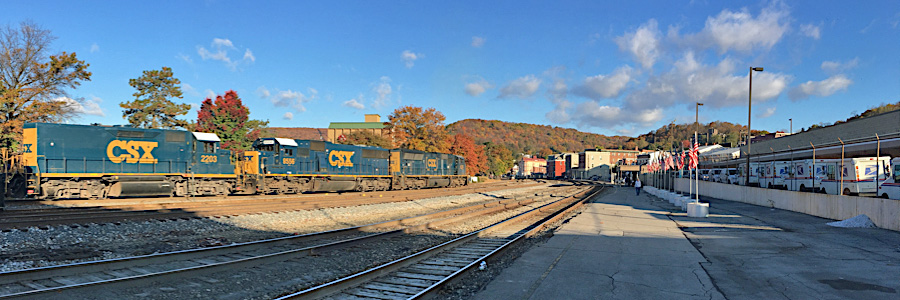
Cumberland, Md / Nov 2016 / RWH
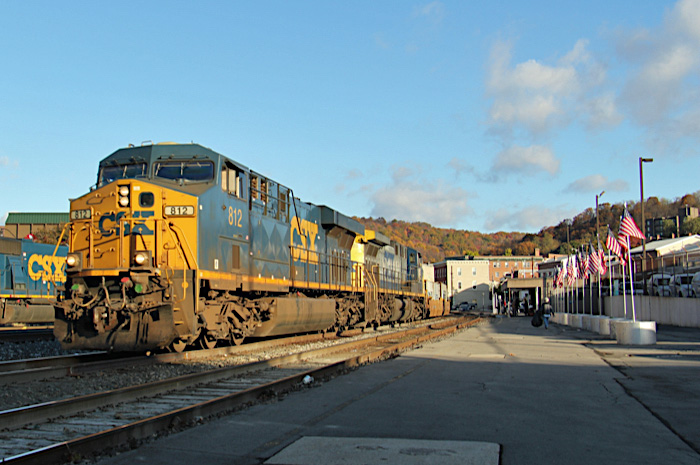
Cumberland, Md / Nov 2016 / RWH
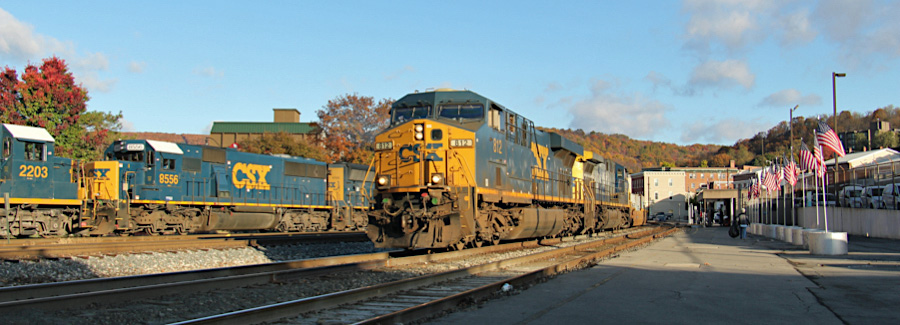
Cumberland, Md / Nov 2016 / RWH
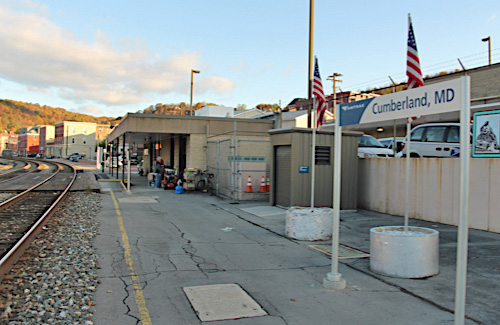
Cumberland, Md / Nov 2016 / RWH
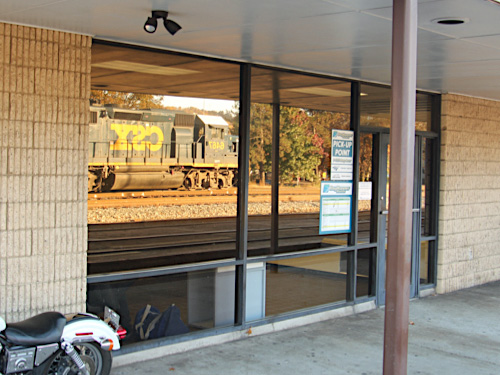
Cumberland, Md / Nov 2016 / RWH
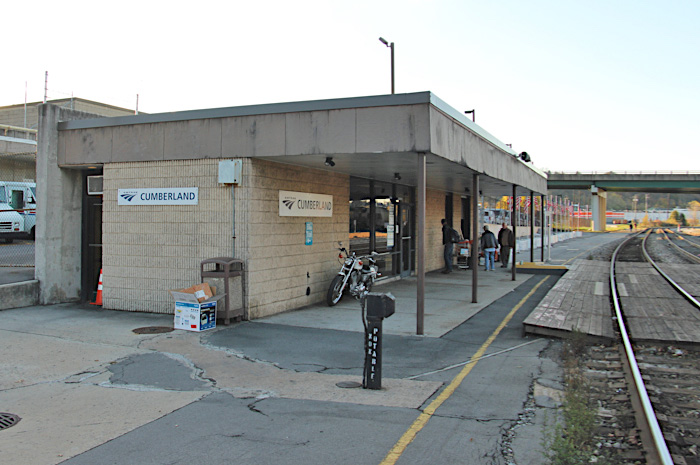
Cumberland, Md / Nov 2016 / RWH

Click to see the Cumberland depot area plotted on a Google Maps page
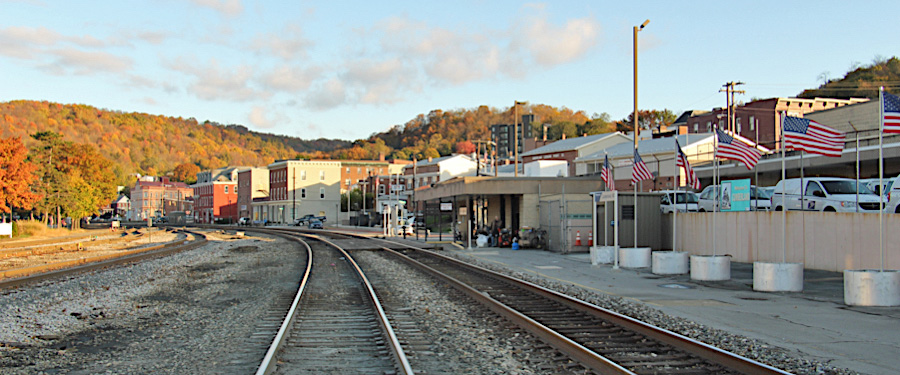
Cumberland, Md / Nov 2016 / RWH
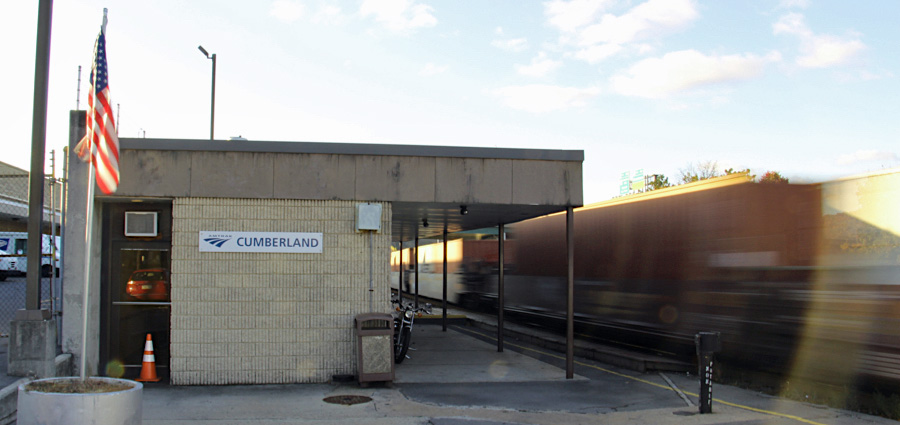
Cumberland, Md / Nov 2016 / RWH
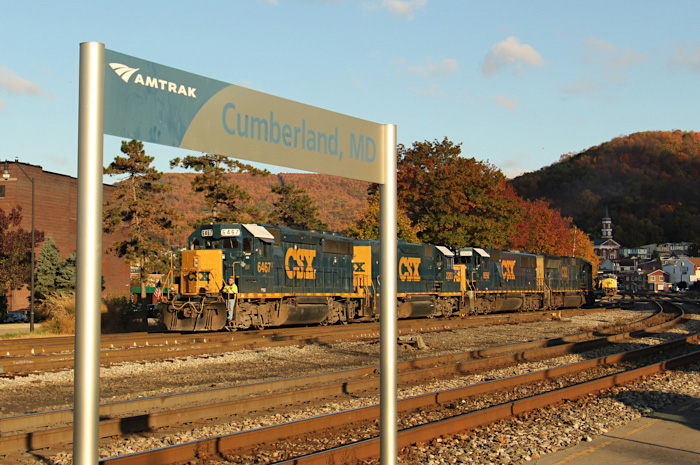
Cumberland, Md / Nov 2016 / RWH
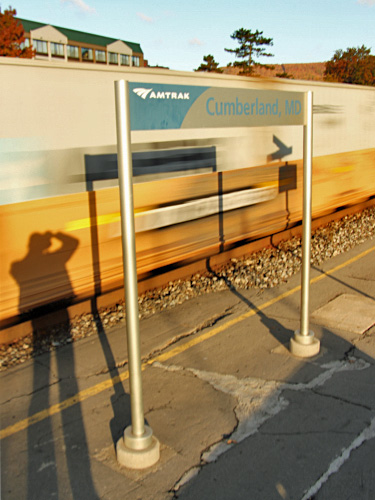
Cumberland, Md / Nov 2016 / RWH
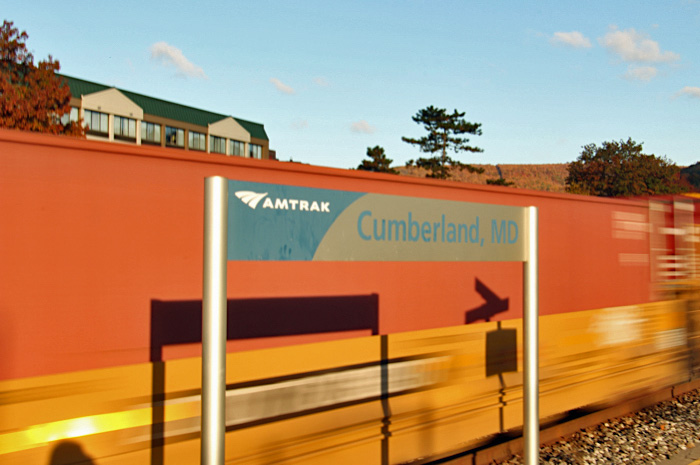
Cumberland, Md / Nov 2016 / RWH
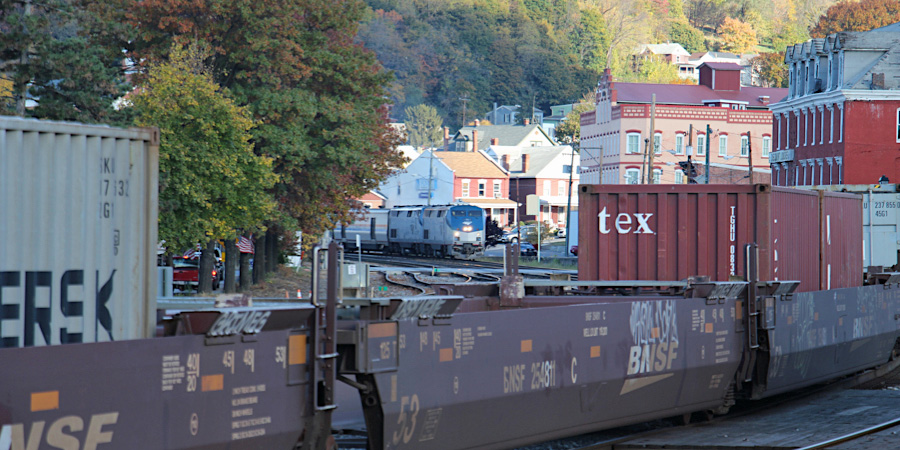
Cumberland, Md / Nov 2016 / RWH
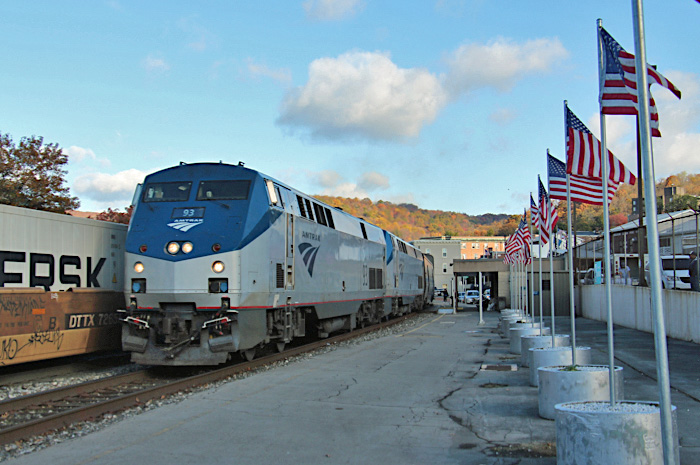
Cumberland, Md / Nov 2016 / RWH
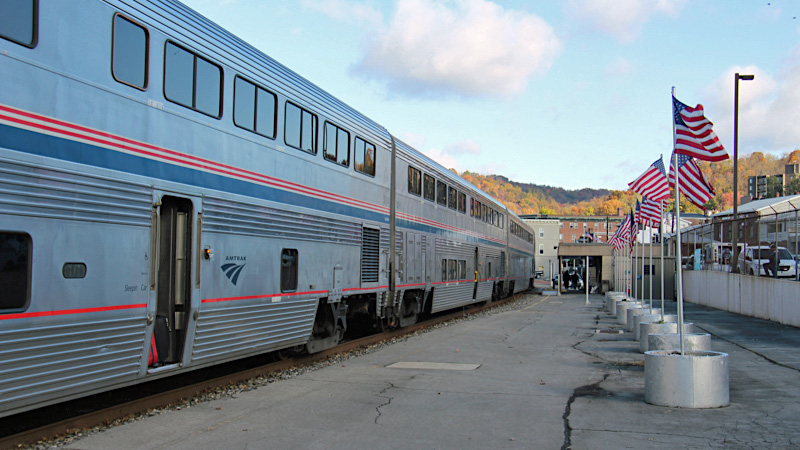
Cumberland, Md / Nov 2016 / RWH
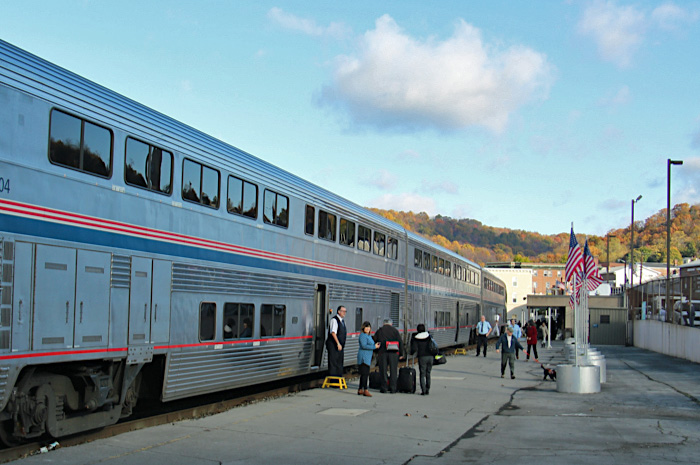
Cumberland, Md / Nov 2016 / RWH
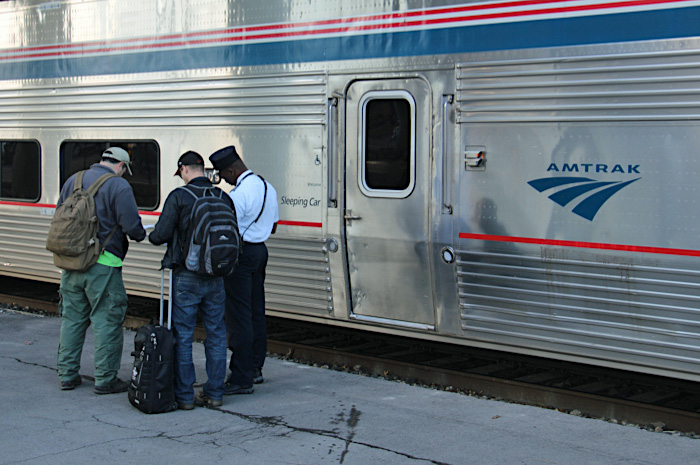
Cumberland, Md / Nov 2016 / RWH
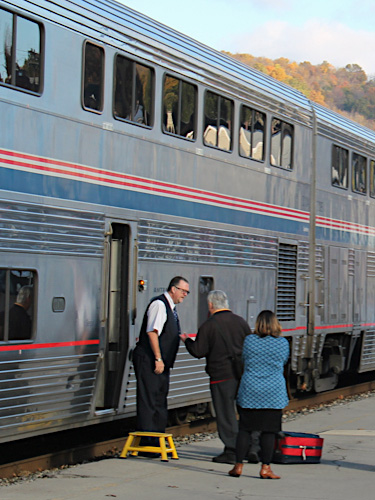
Cumberland, Md / Nov 2016 / RWH
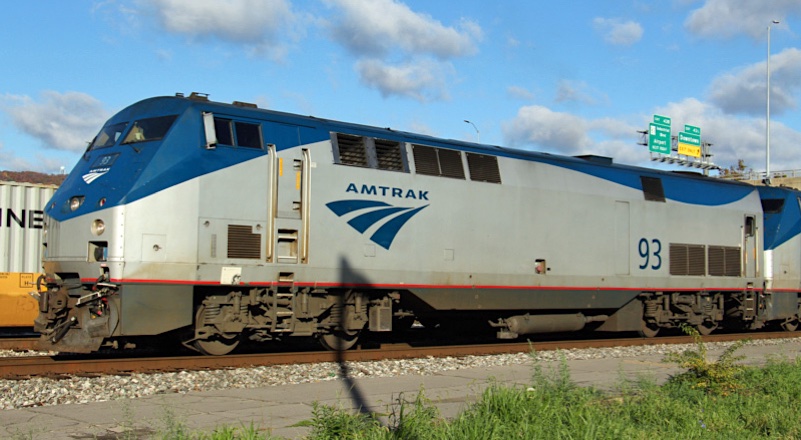
Amtrak #93
Cumberland, Md / Nov 2016 / RWH


Amtrak #93

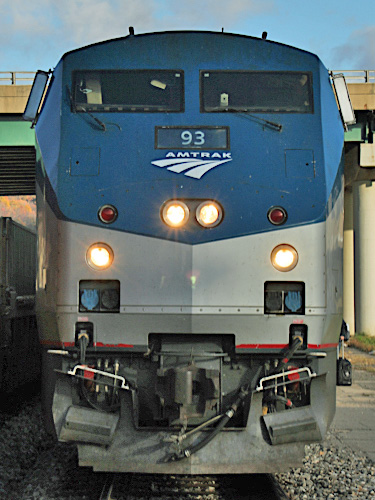
Cumberland, Md / Nov 2016 / RWH
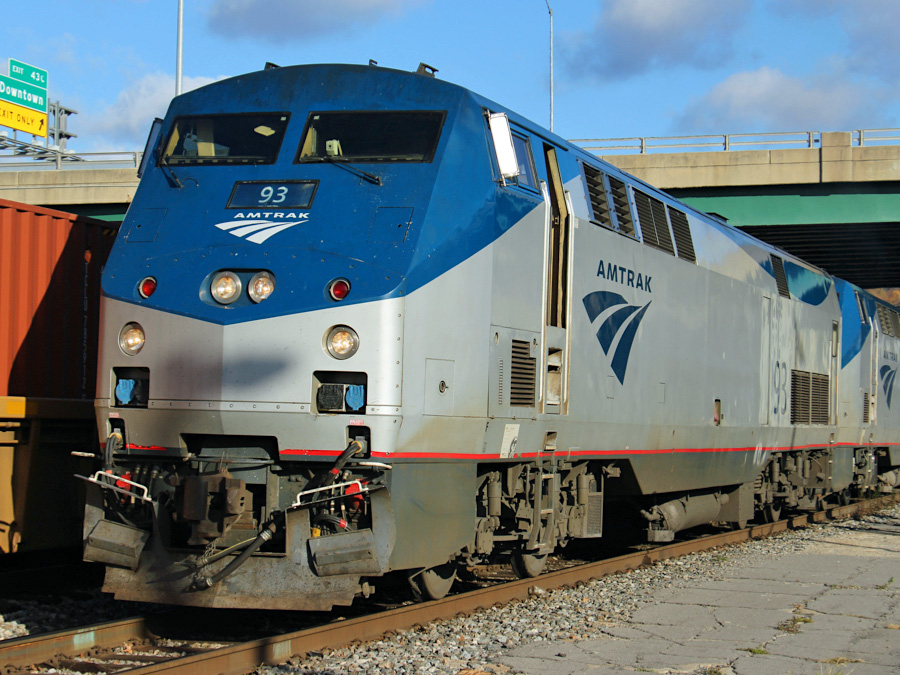
Cumberland, Md / Nov 2016 / RWH
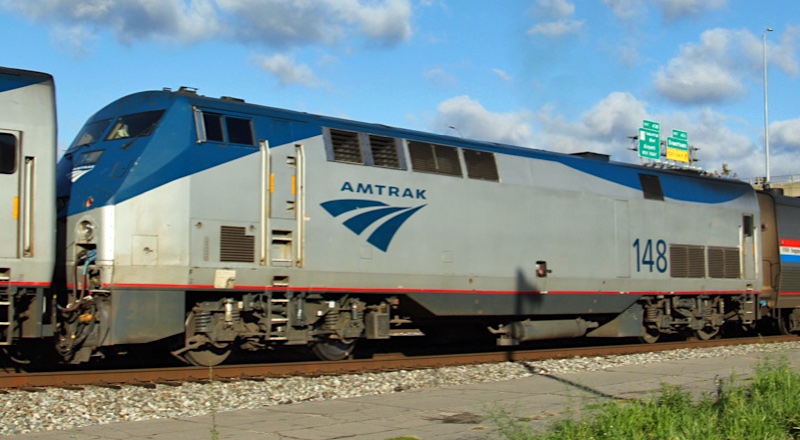
Amtrak #148
Cumberland, Md / Nov 2016 / RWH


Amtrak #148
built in last year of production

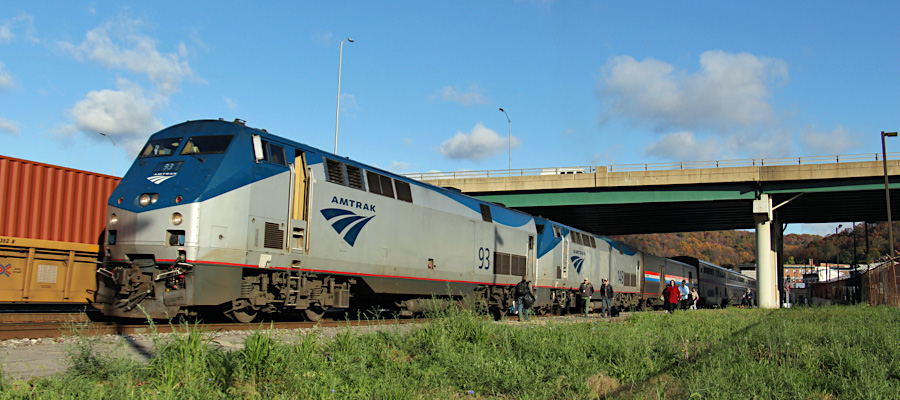
Cumberland, Md / Nov 2016 / RWH
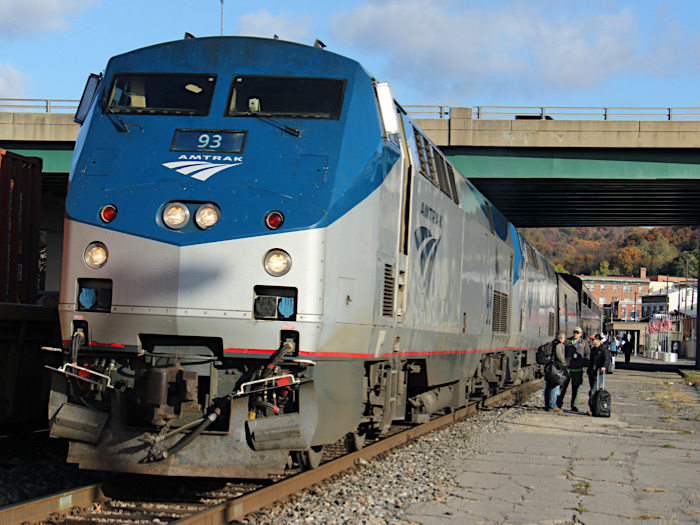
Cumberland, Md / Nov 2016 / RWH
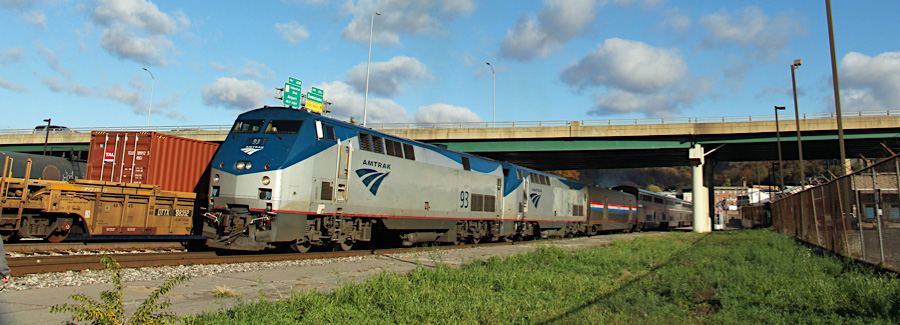
Cumberland, Md / Nov 2016 / RWH
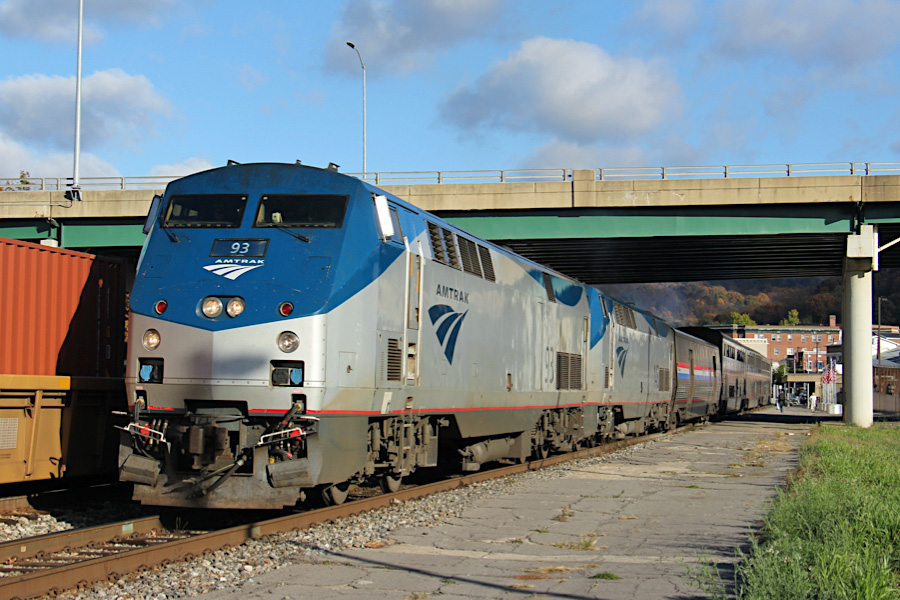
Cumberland, Md / Nov 2016 / RWH
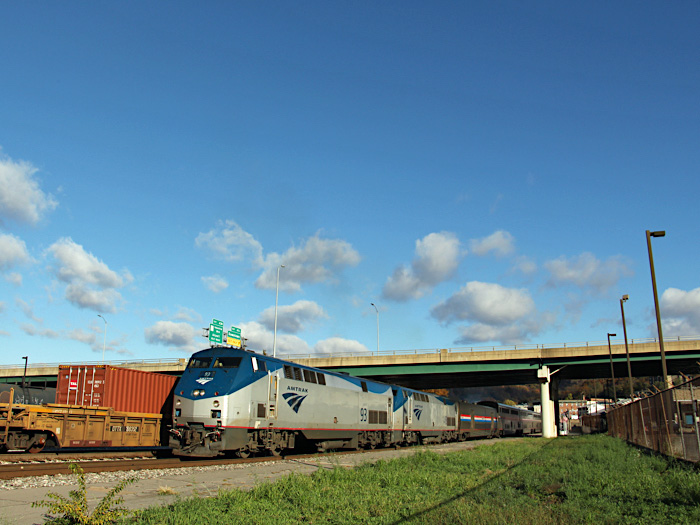
Cumberland, Md / Nov 2016 / RWH
 Amtrak #30 consist - November 4, 2016
Amtrak #30 consist - November 4, 2016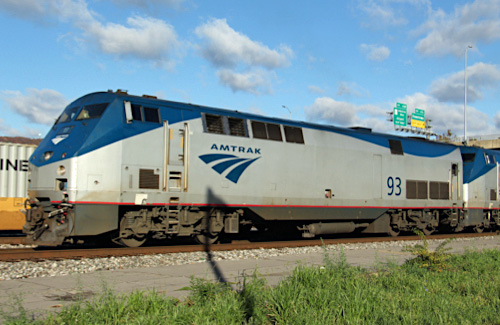
Amtrak #93
Cumberland, Md / Nov 2016 / RWH
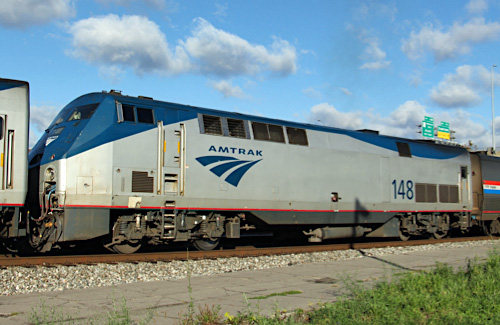
Amtrak #148
Cumberland, Md / Nov 2016 / RWH
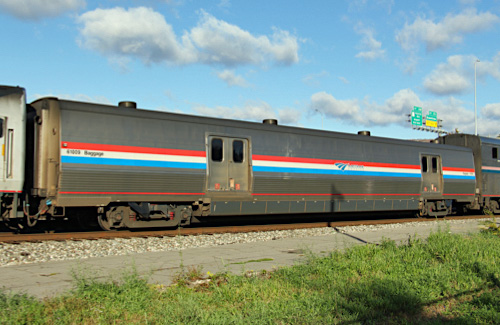
Amtrak #61009
baggage / Cumberland, Md / Nov 2016 / RWH
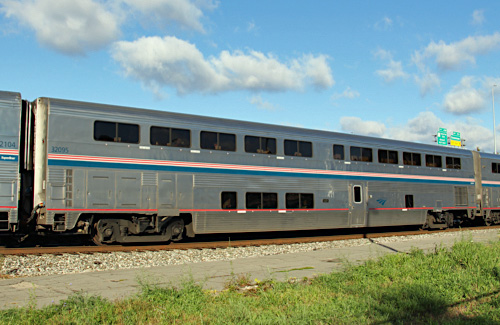
Amtrak #32095
sleeper / Cumberland, Md / Nov 2016 / RWH
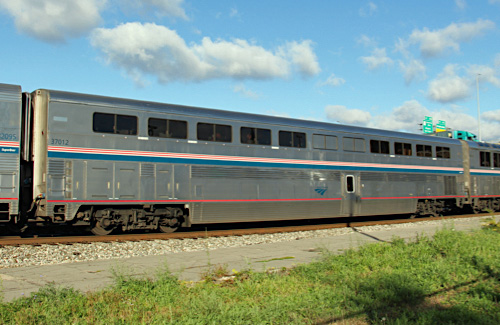
Amtrak #37012
diner / Cumberland, Md / Nov 2016 / RWH
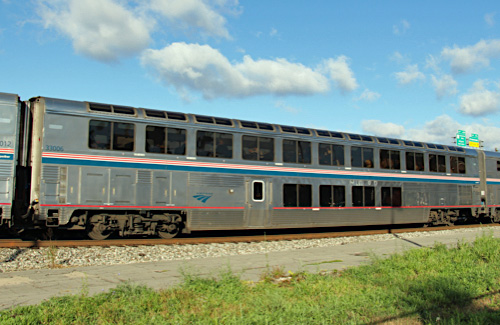
Amtrak #33006
lounge / Cumberland, Md / Nov 2016 / RWH
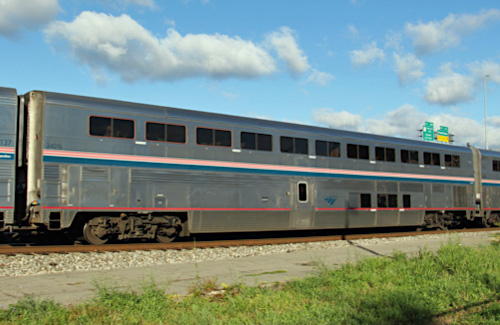
Amtrak #34016
coach / Cumberland, Md / Nov 2016 / RWH
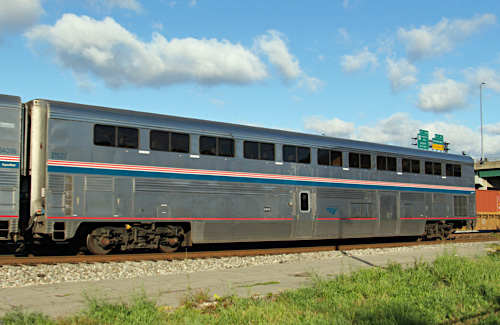
Amtrak #31027
coach / Cumberland, Md / Nov 2016 / RWH
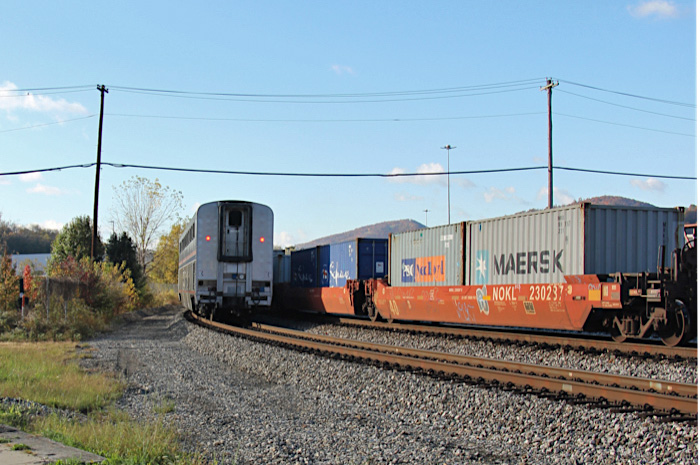
Cumberland, Md / Nov 2016 / RWH
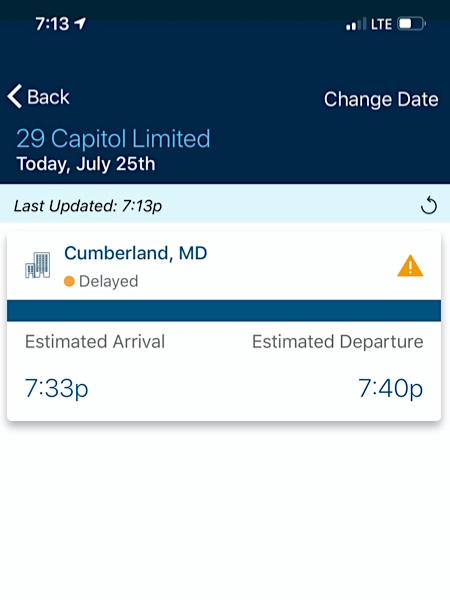
Jul 2020 / RWH
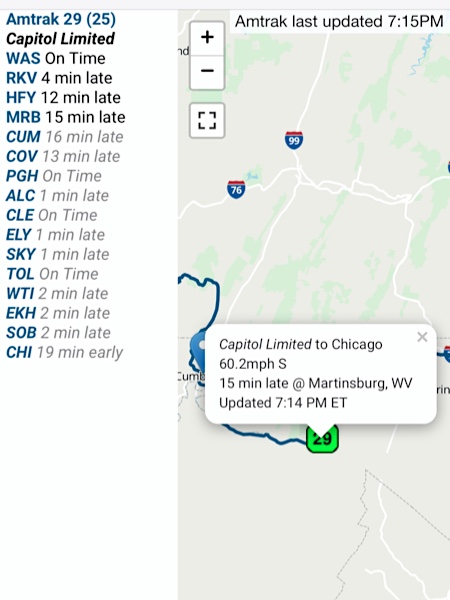
Jul 2020 / RWH
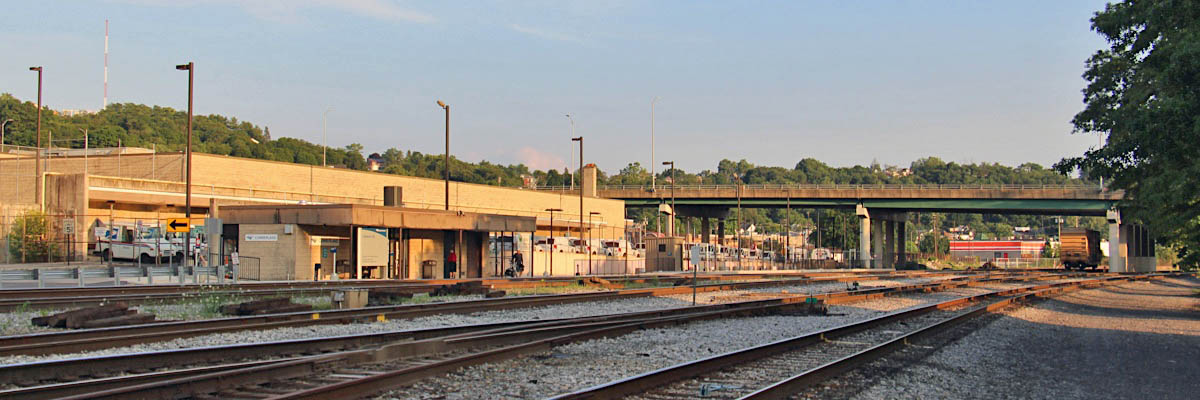
Cumberland, Md / Jul 2020 / RWH
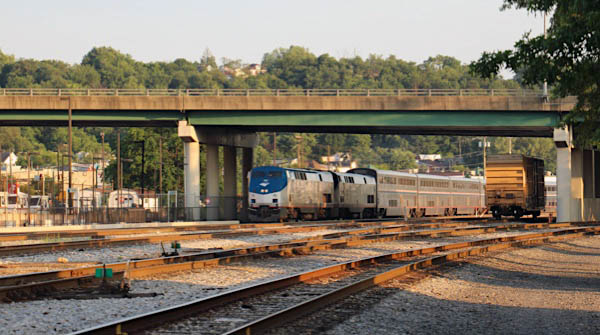
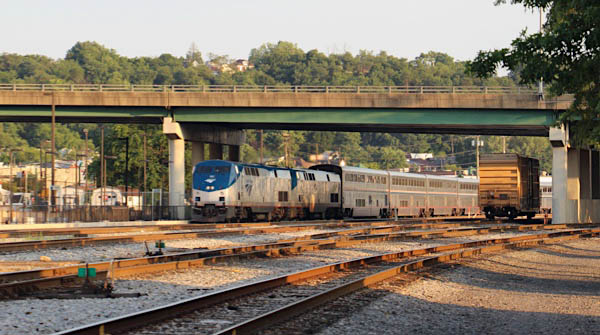
Cumberland, Md / Jul 2020 / RWH
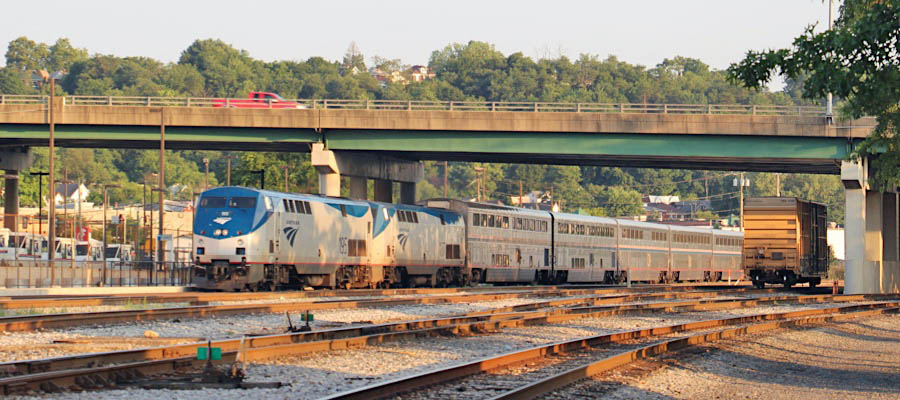
Cumberland, Md / Jul 2020 / RWH
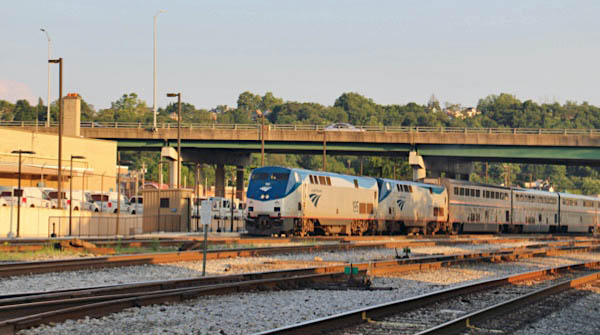
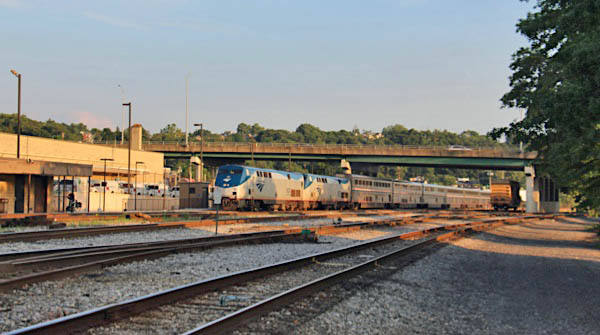
Cumberland, Md / Jul 2020 / RWH
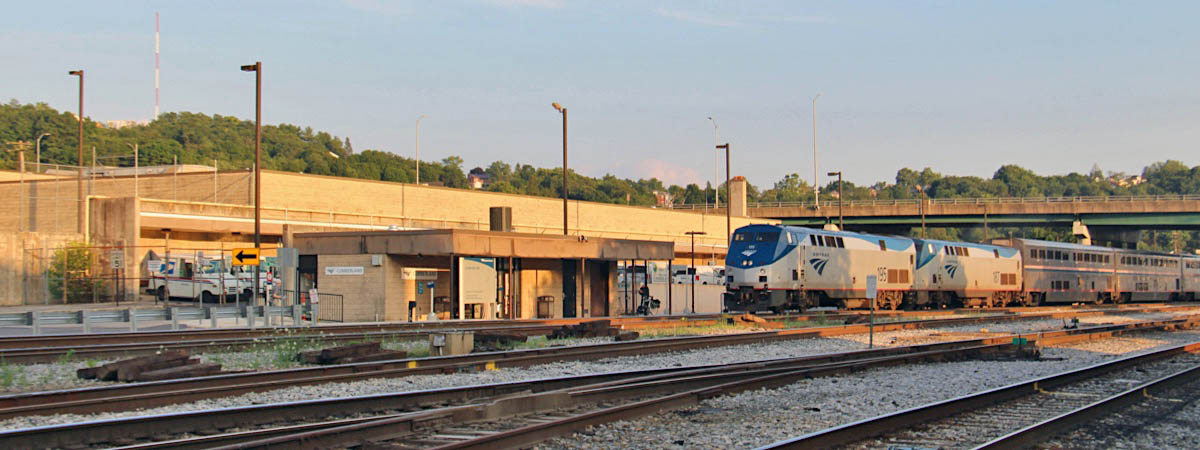
Cumberland, Md / Jul 2020 / RWH
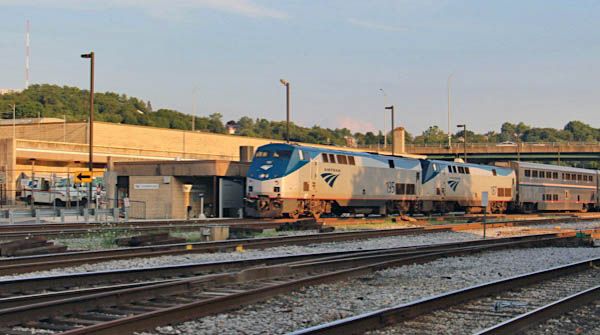
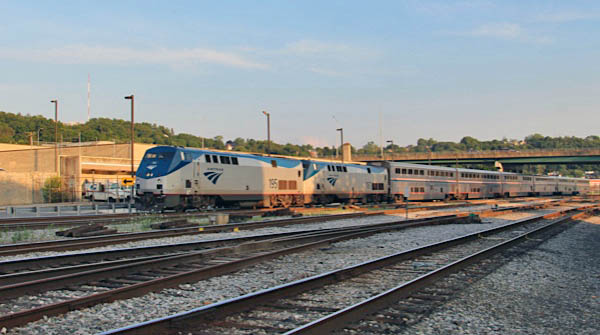
Cumberland, Md / Jul 2020 / RWH
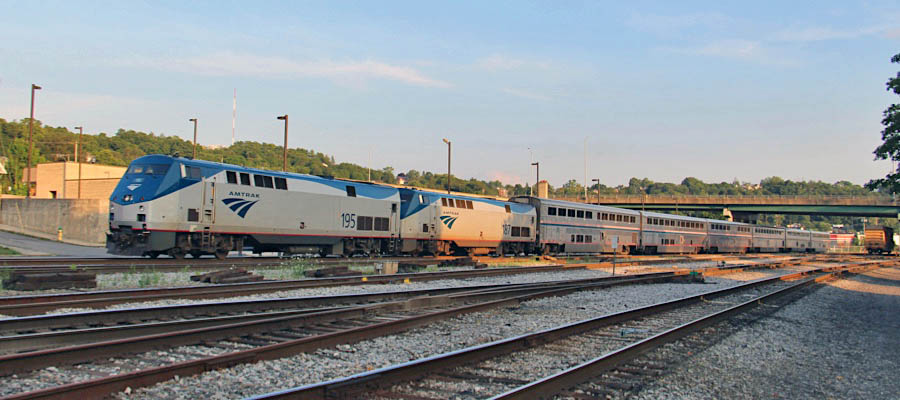
Cumberland, Md / Jul 2020 / RWH
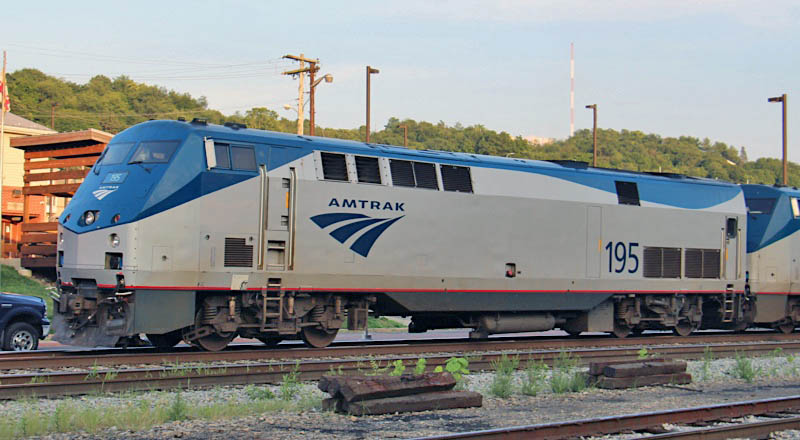
Amtrak #195
Cumberland, Md / Jul 2020 / RWH


Amtrak #195
built in last year of production

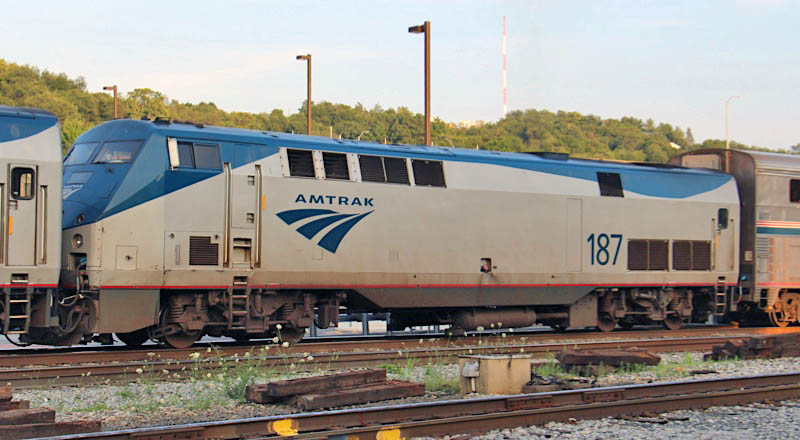
Amtrak #187
Cumberland, Md / Jul 2020 / RWH


Amtrak #187
built in last year of production

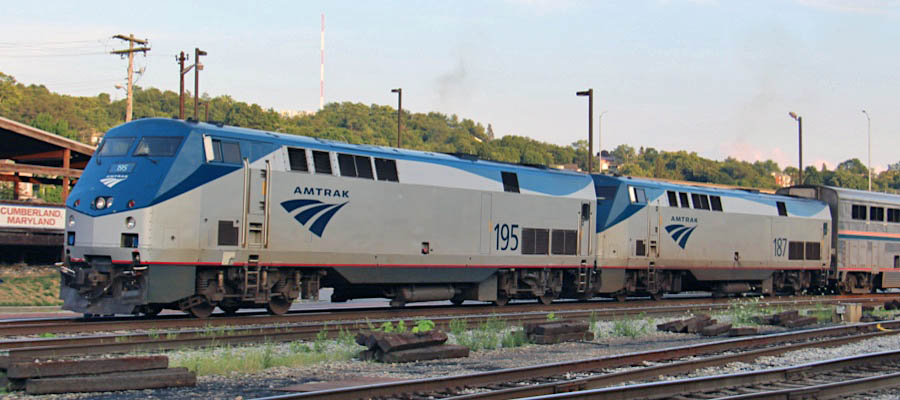
Cumberland, Md / Jul 2020 / RWH
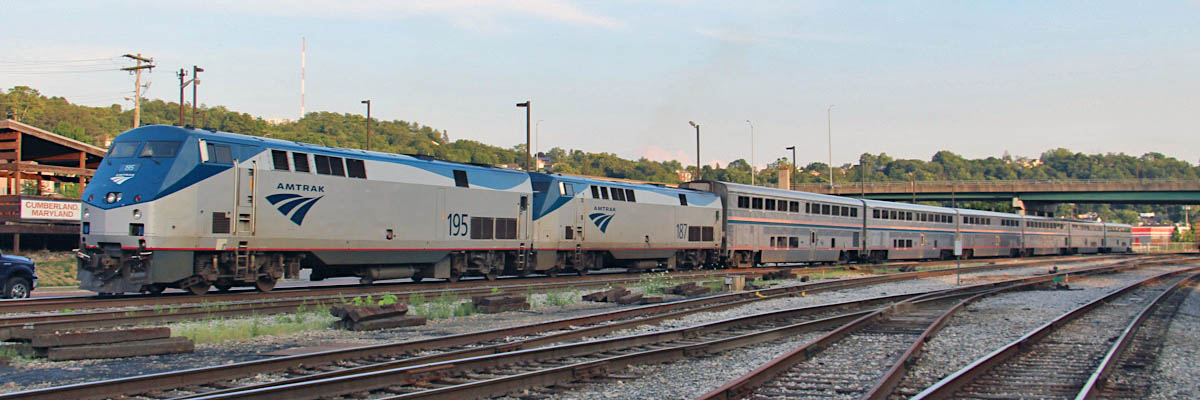
Cumberland, Md / Jul 2020 / RWH
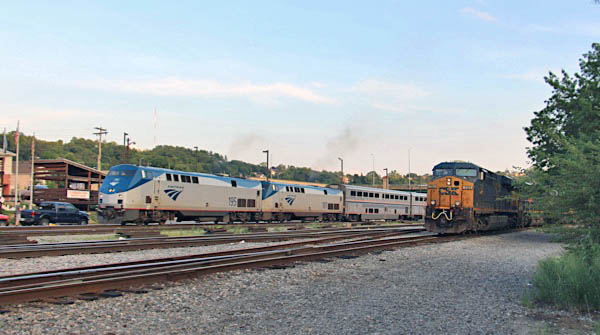
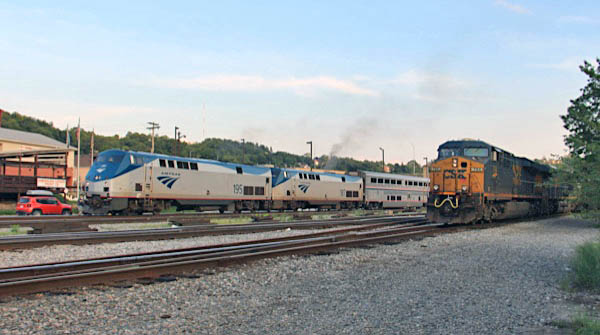
Cumberland, Md / Jul 2020 / RWH
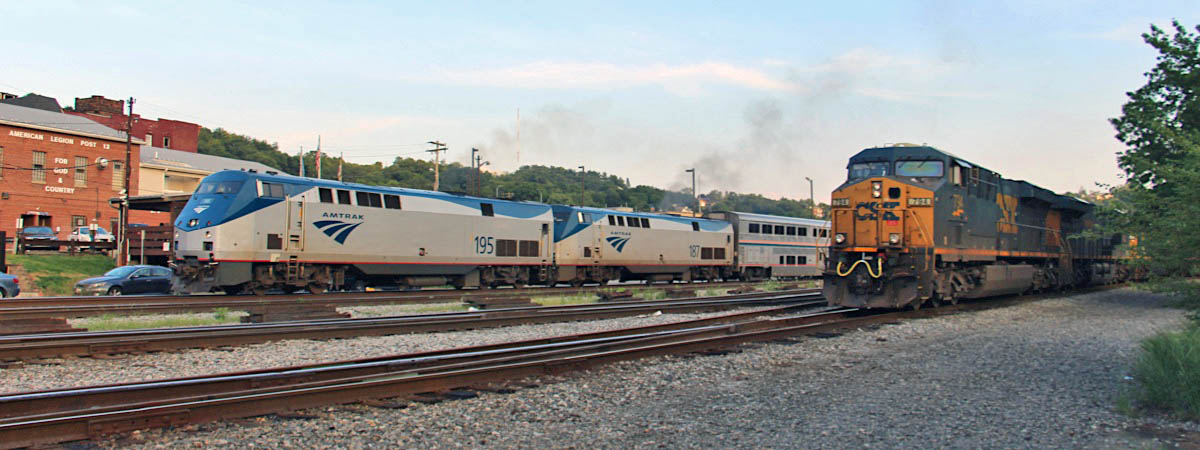
Cumberland, Md / Jul 2020 / RWH
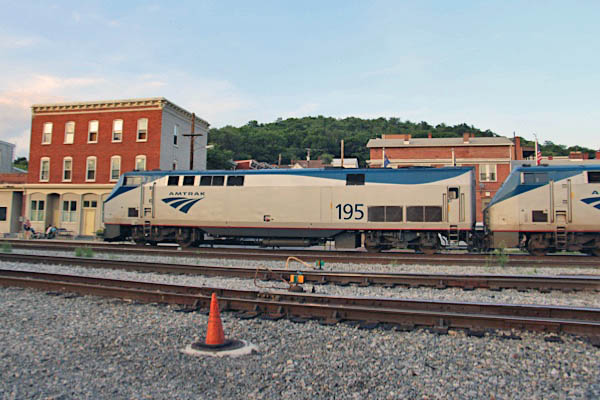
Cumberland, Md / Jul 2020 / RWH
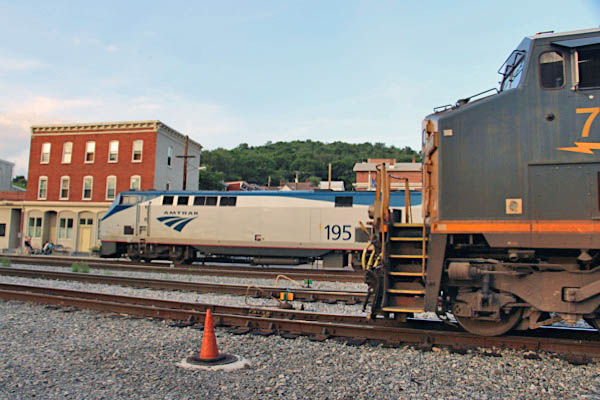
Cumberland, Md / Jul 2020 / RWH
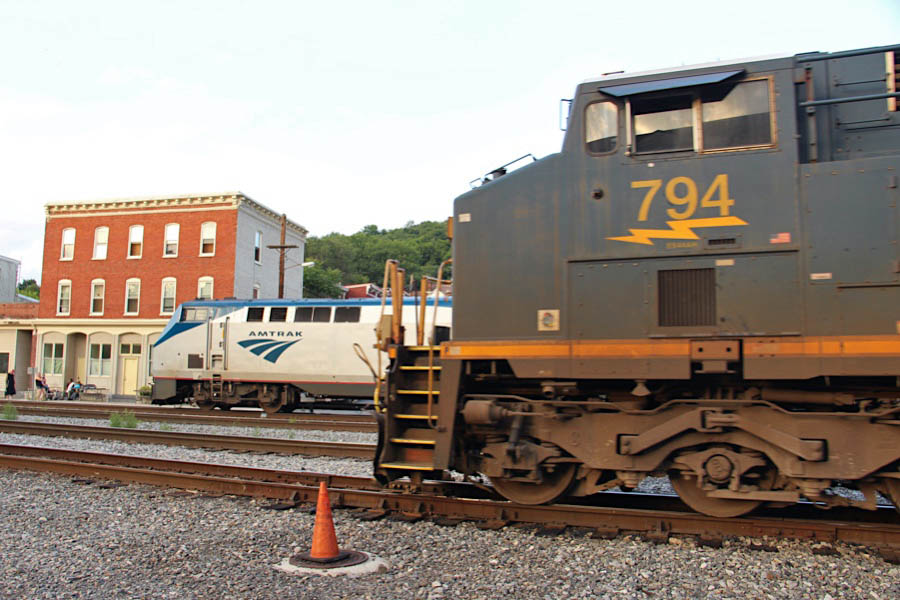
Cumberland, Md / Jul 2020 / RWH
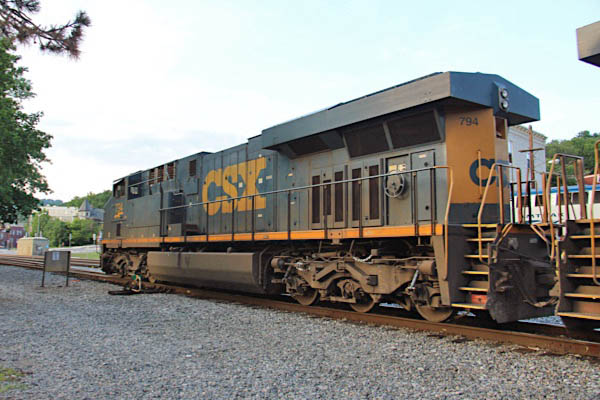
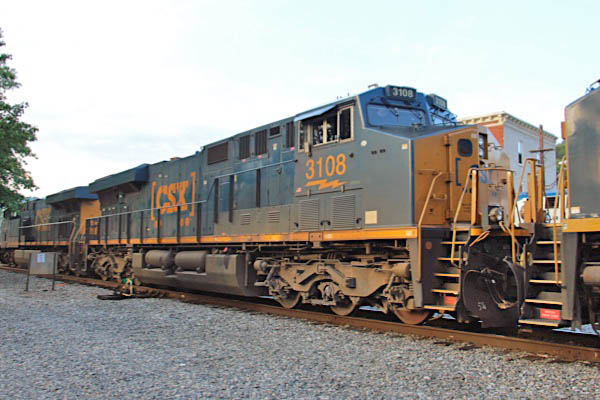
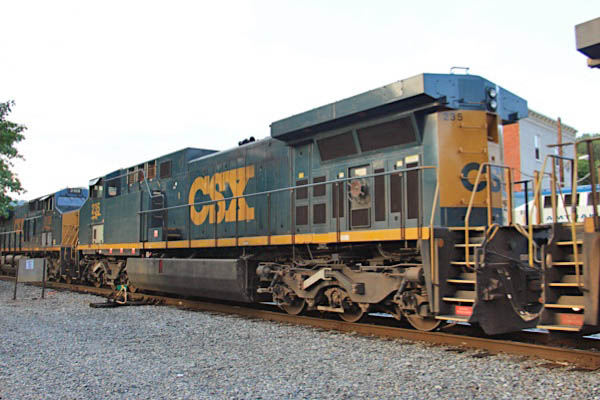
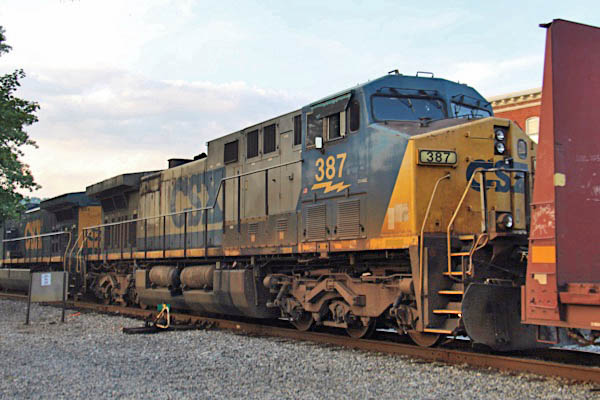
Cumberland, Md / Jul 2020 / RWH
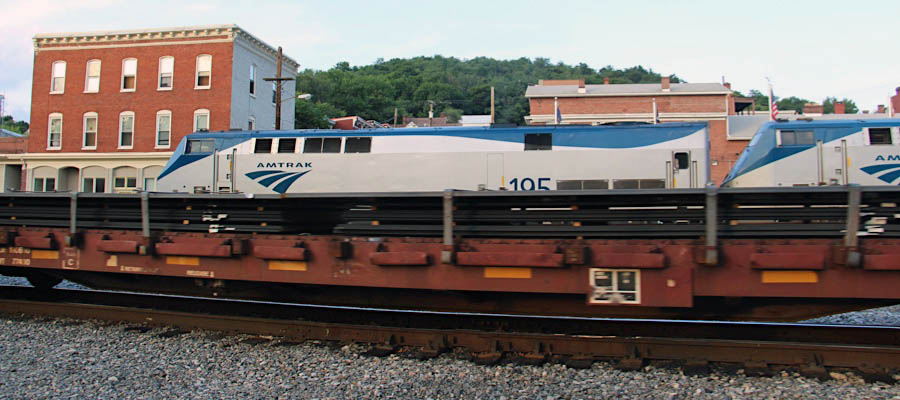
Cumberland, Md / Jul 2020 / RWH
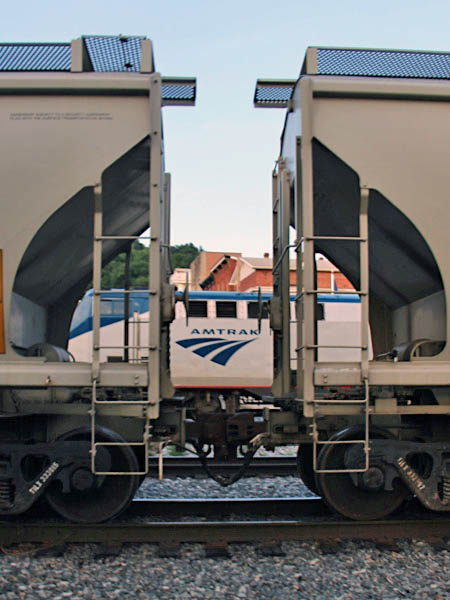
Cumberland, Md / Jul 2020 / RWH
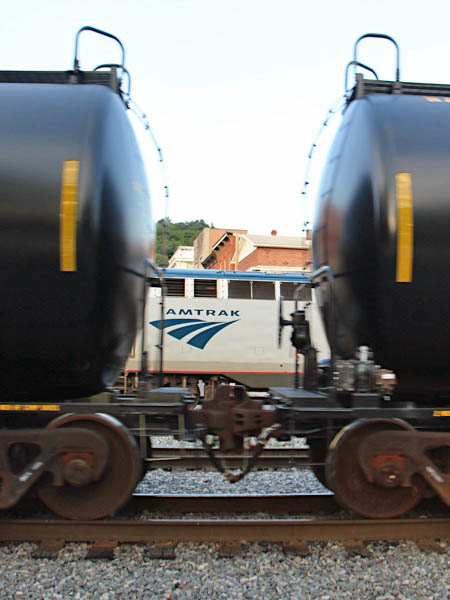
Cumberland, Md / Jul 2020 / RWH
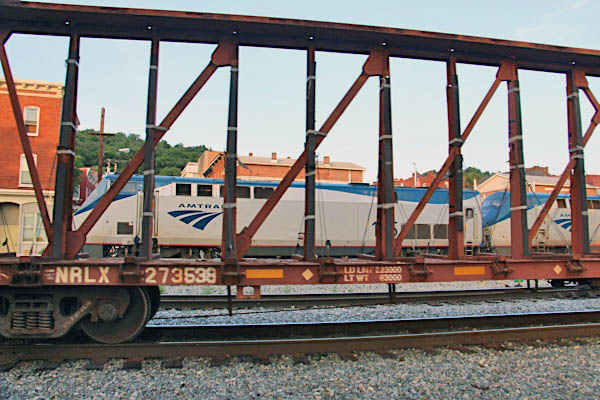
Jul 2020 / RWH
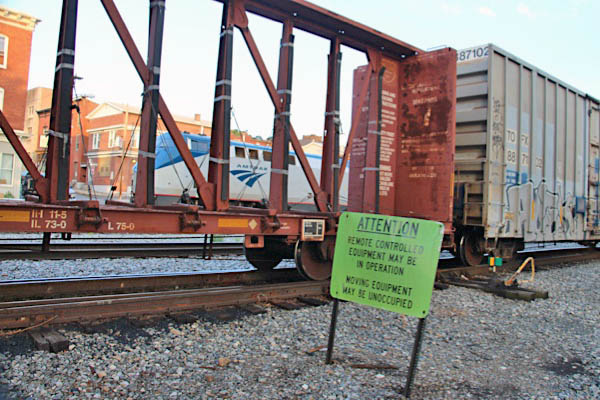
Cumberland, Md / Jul 2020 / RWH
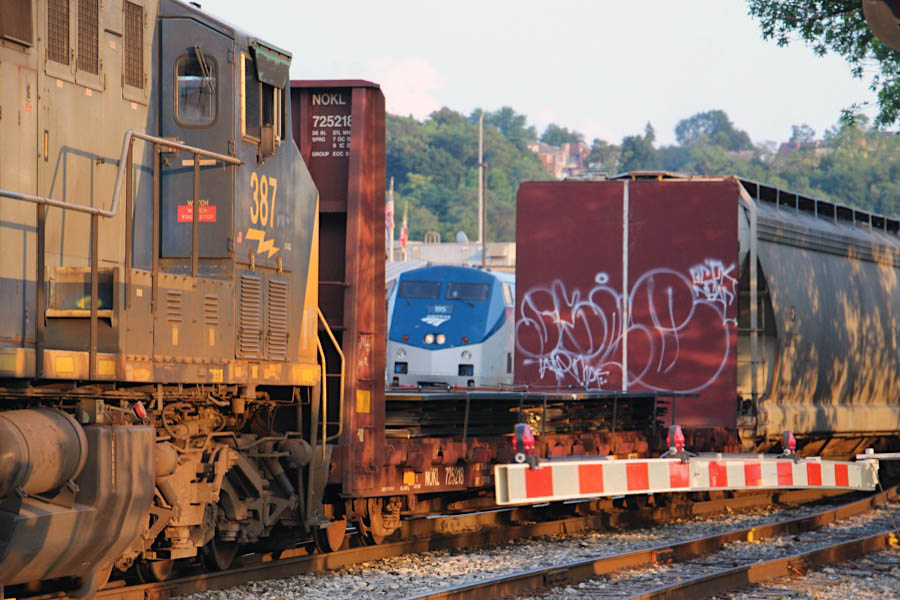
Cumberland, Md / Jul 2020 / RWH
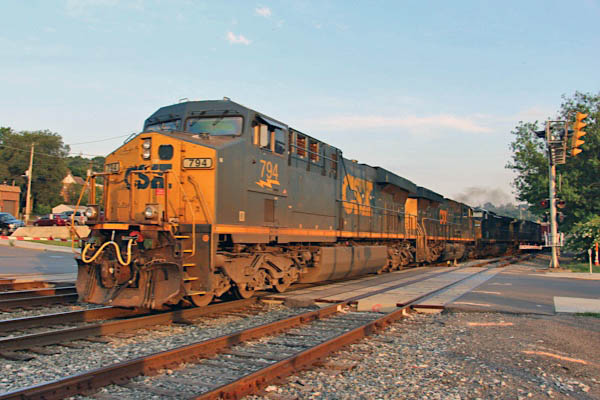
Cumberland, Md / Jul 2020 / RWH
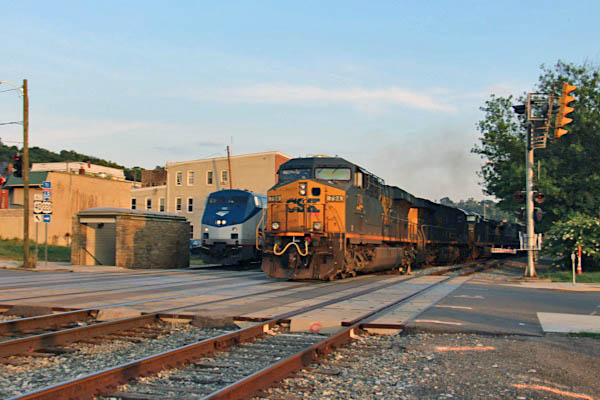
Cumberland, Md / Jul 2020 / RWH
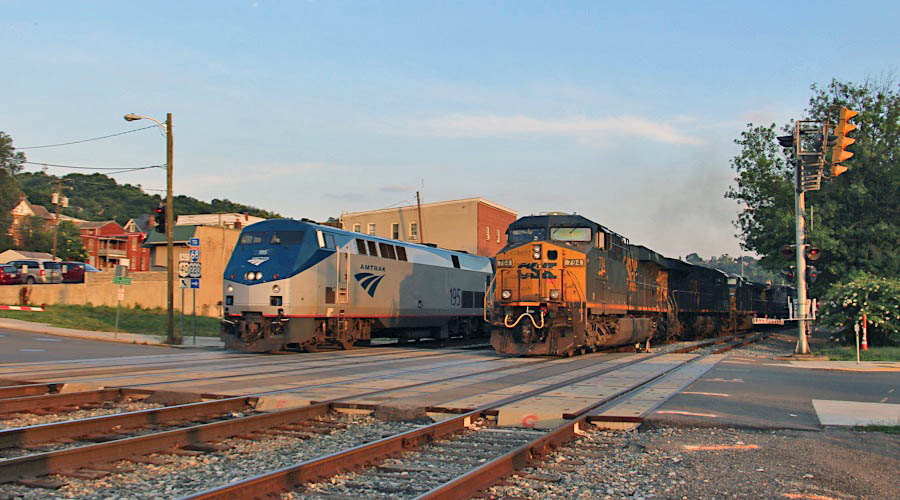
Cumberland, Md / Jul 2020 / RWH
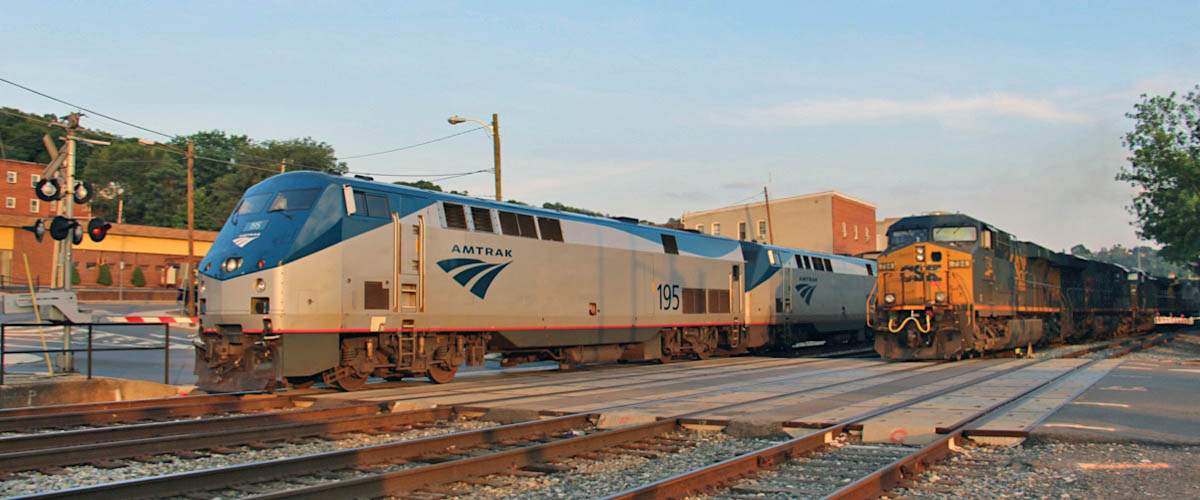
Cumberland, Md / Jul 2020 / RWH
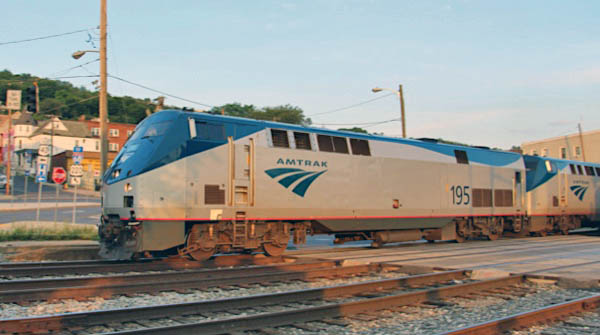
Cumberland, Md / Jul 2020 / RWH
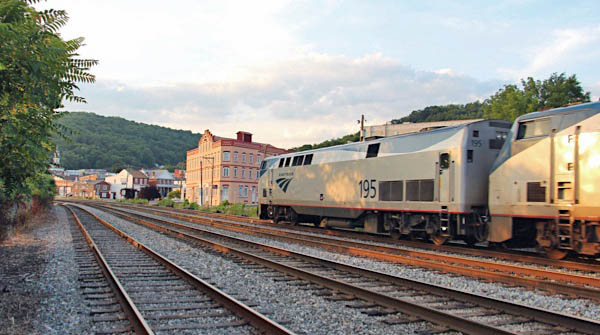
Cumberland, Md / Jul 2020 / RWH
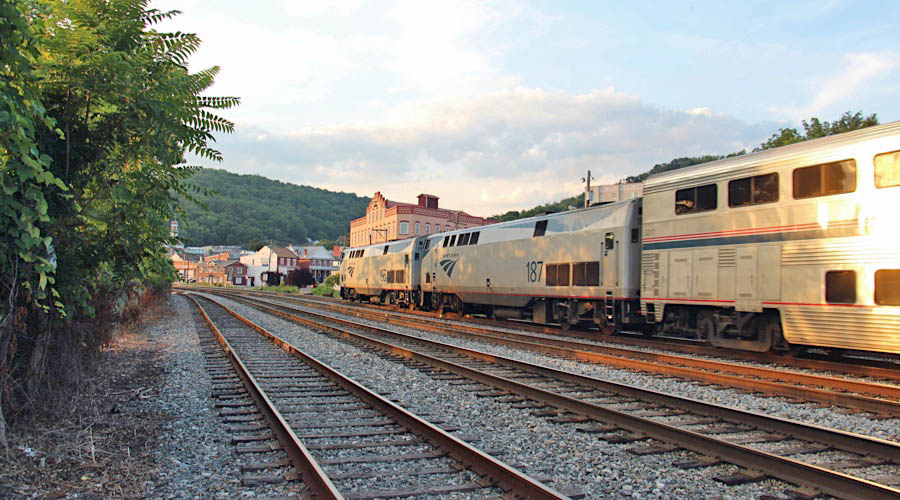
Cumberland, Md / Jul 2020 / RWH
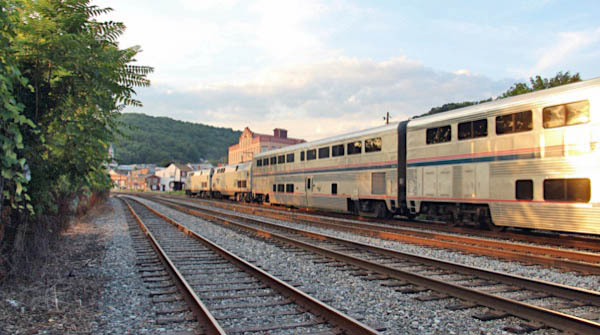
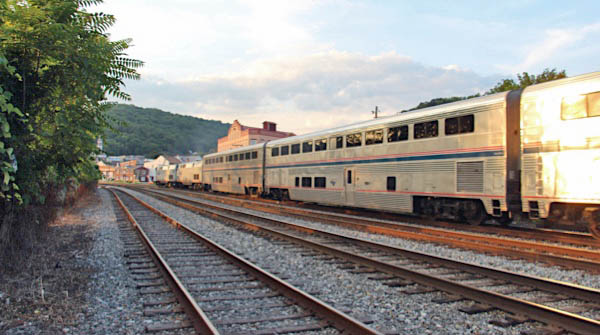
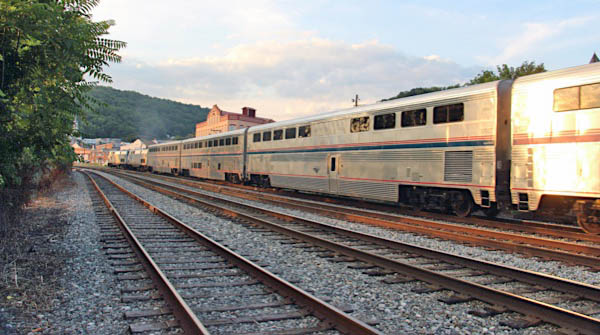
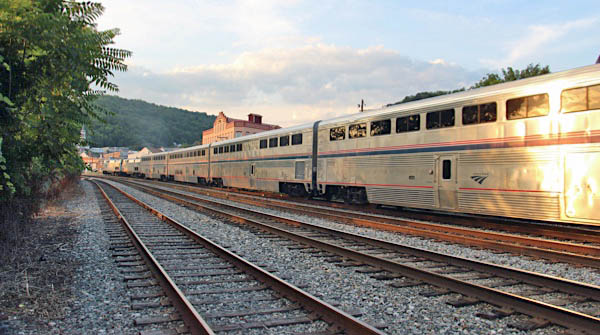
Cumberland, Md / Jul 2020 / RWH
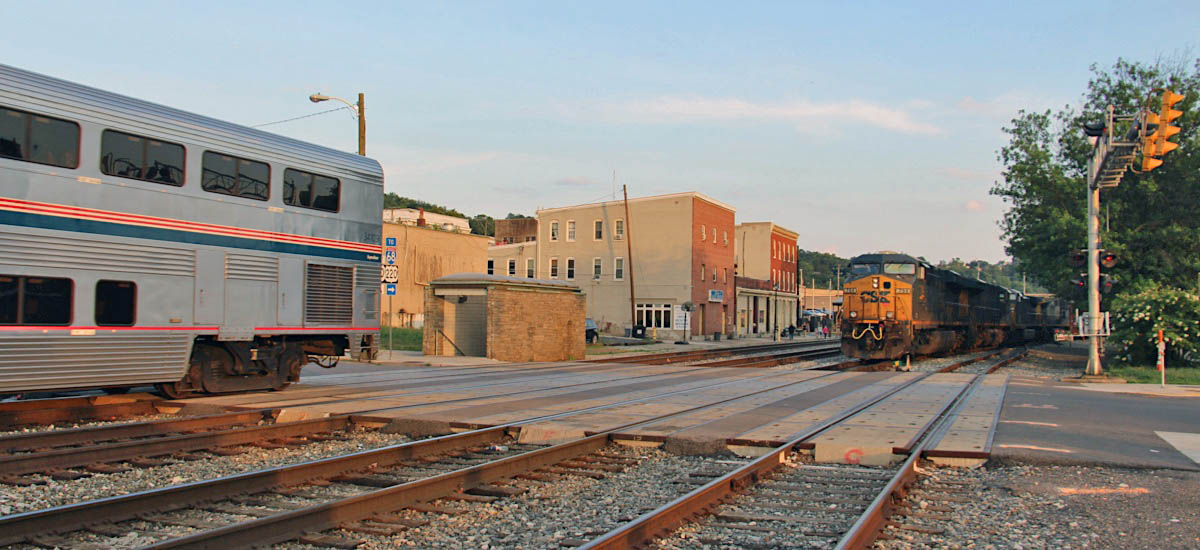
Cumberland, Md / Jul 2020 / RWH
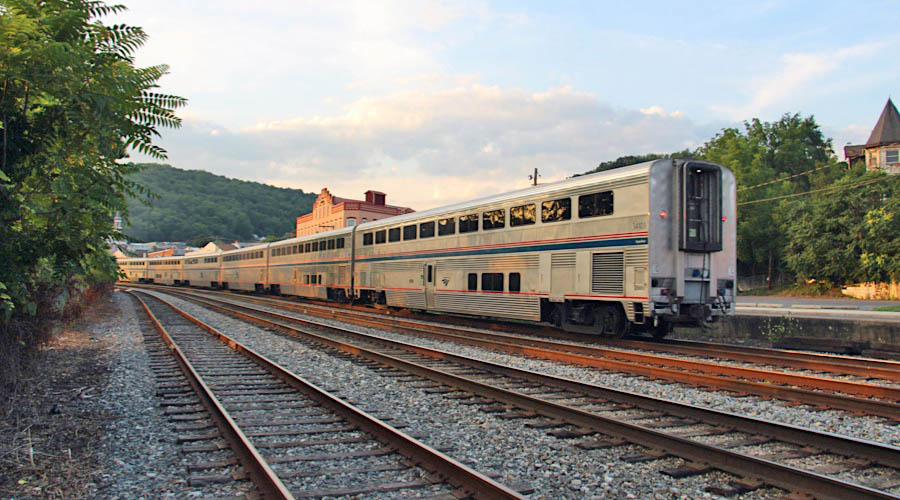
Cumberland, Md / Jul 2020 / RWH
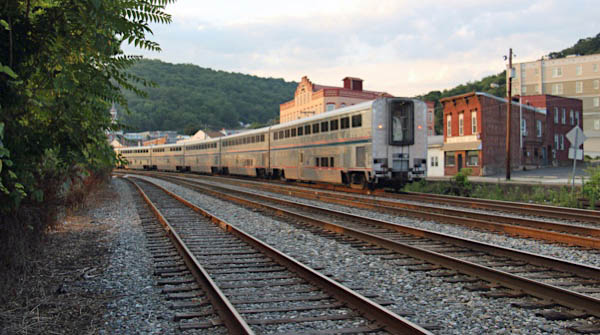
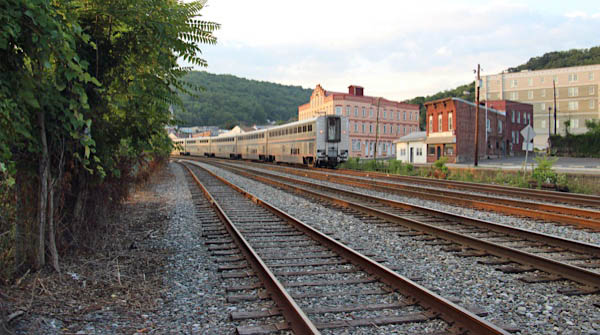
Cumberland, Md / Jul 2020 / RWH
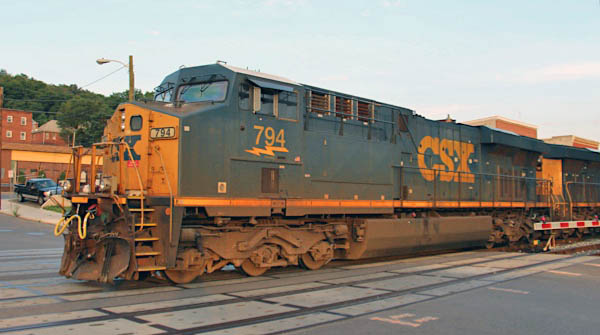
Cumberland, Md / Jul 2020 / RWH
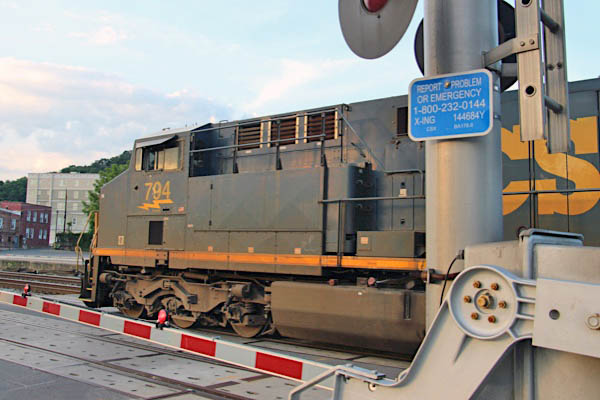
Cumberland, Md / Jul 2020 / RWH
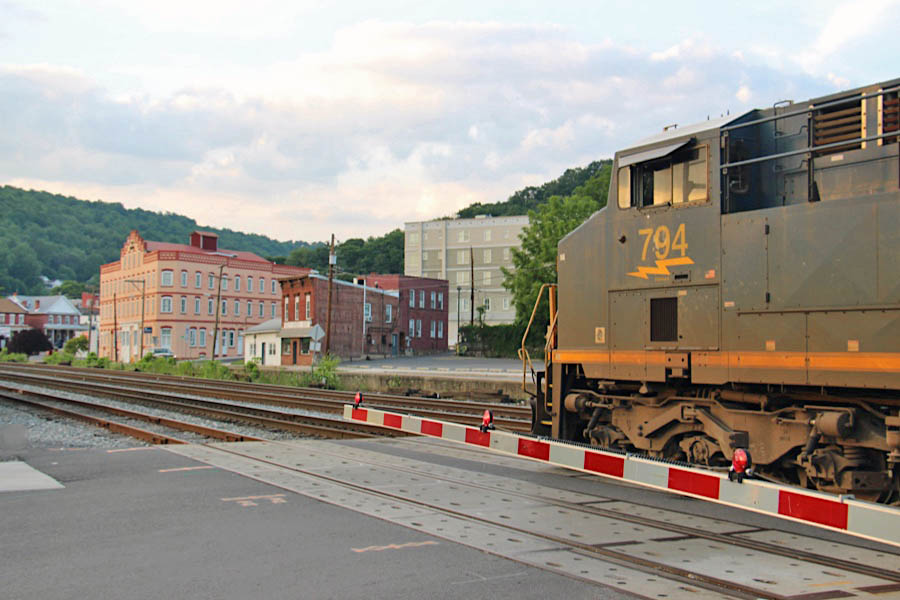
Cumberland, Md / Jul 2020 / RWH

Cumberland, Md / Jul 2020 / RWH
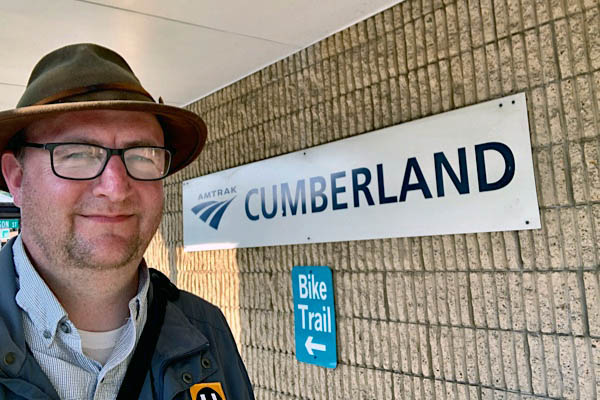
Cumberland, Md / Jul 2020 / RWH
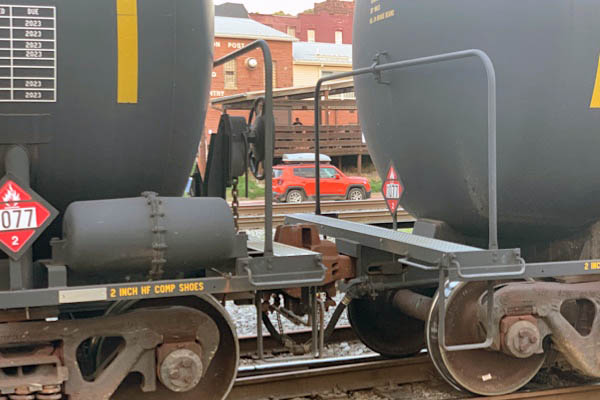
Cumberland, Md / Jul 2020 / RWH
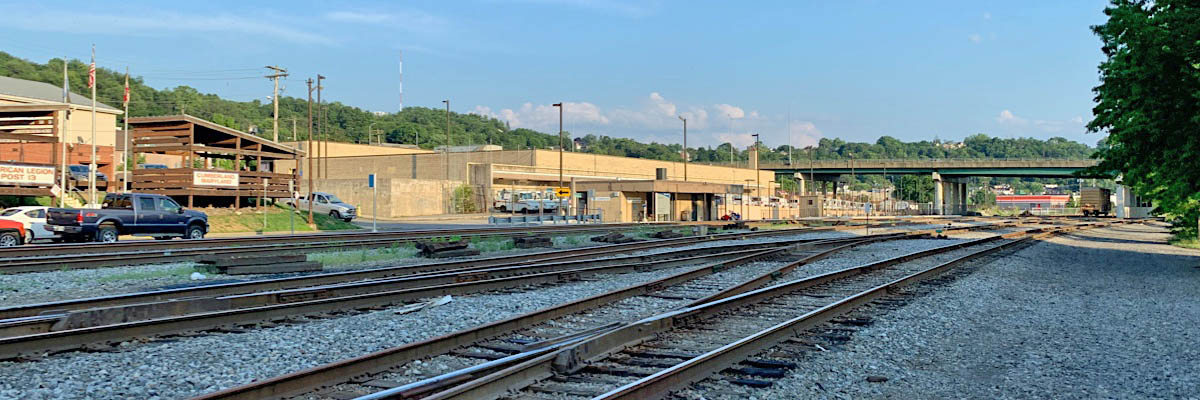
Cumberland, Md / Jul 2020 / RWH
 Connellsville, Pa
Connellsville, Pa

Click to see the Connellsville station area plotted on a Google Maps page
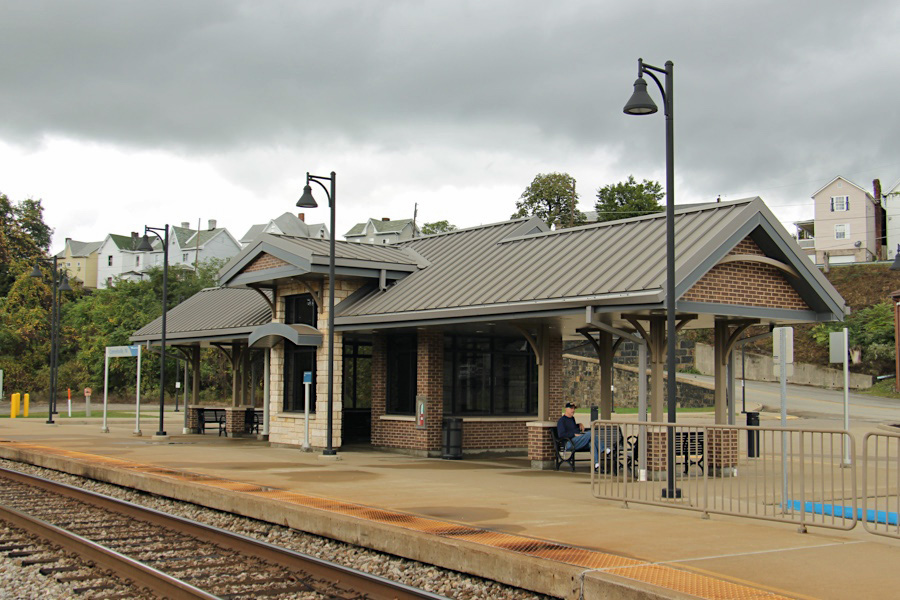
Connellsville, Pa / Oct 2017 / RWH
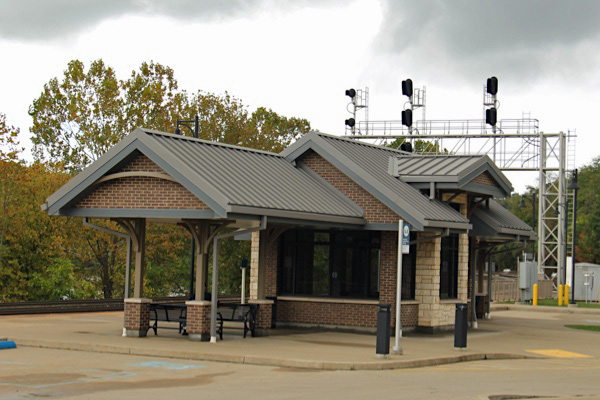
Connellsville, Pa / Oct 2017 / RWH
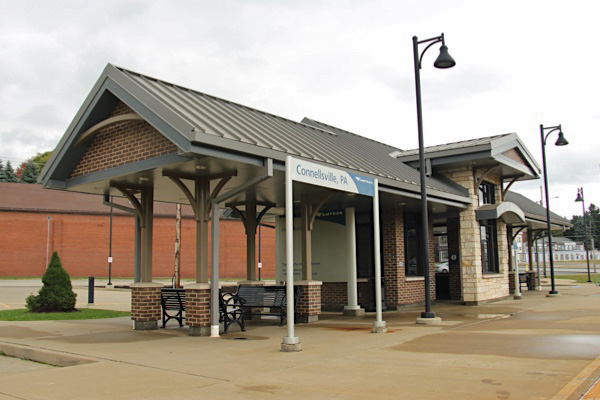
Connellsville, Pa / Oct 2017 / RWH
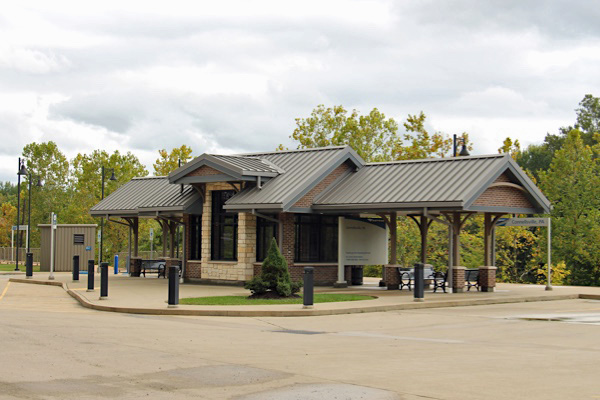
Connellsville, Pa / Oct 2017 / RWH
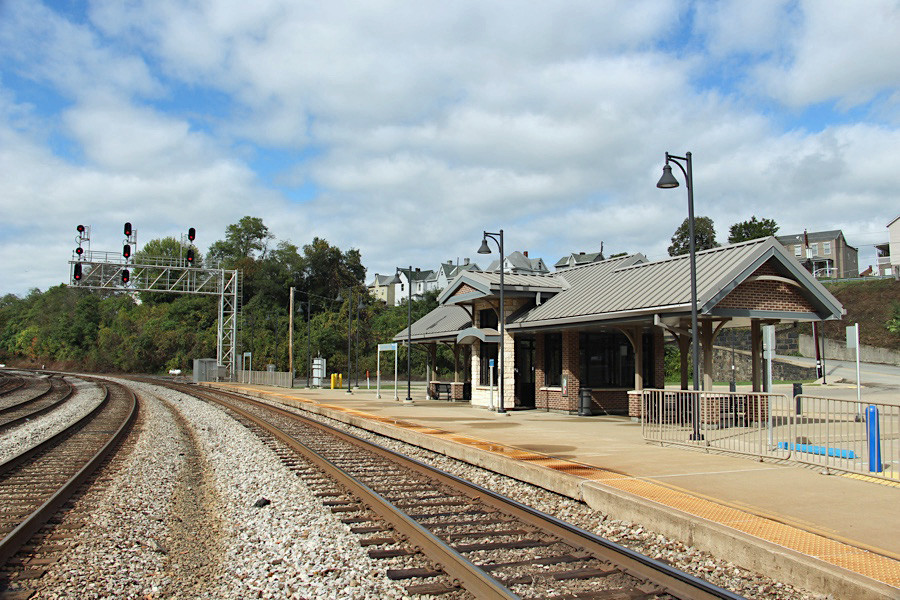
Connellsville, Pa / Oct 2017 / RWH
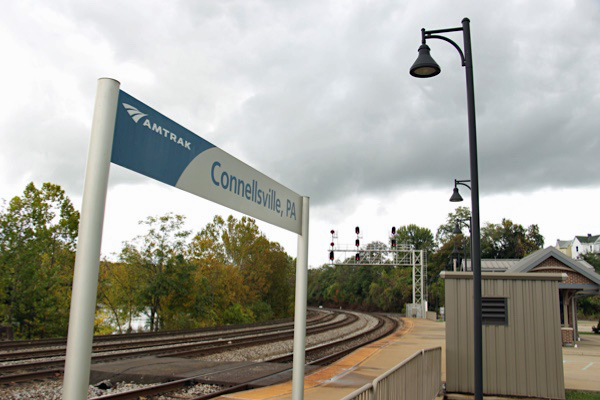
Connellsville, Pa / Oct 2017 / RWH
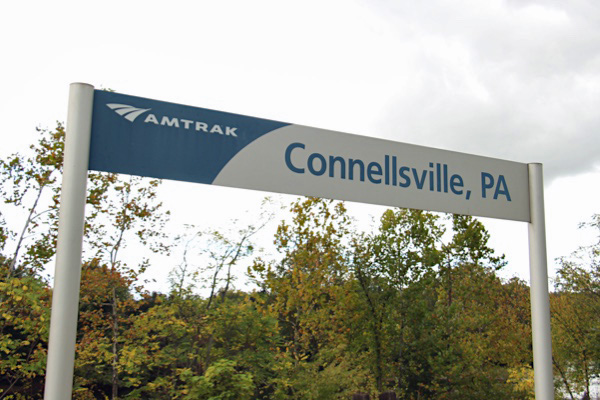
Connellsville, Pa / Oct 2017 / RWH
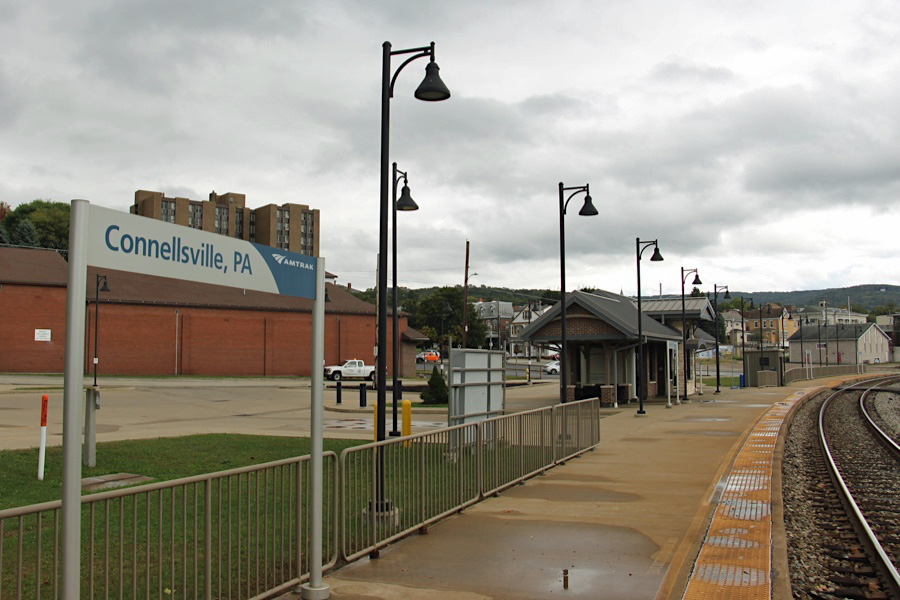
Connellsville, Pa / Oct 2017 / RWH
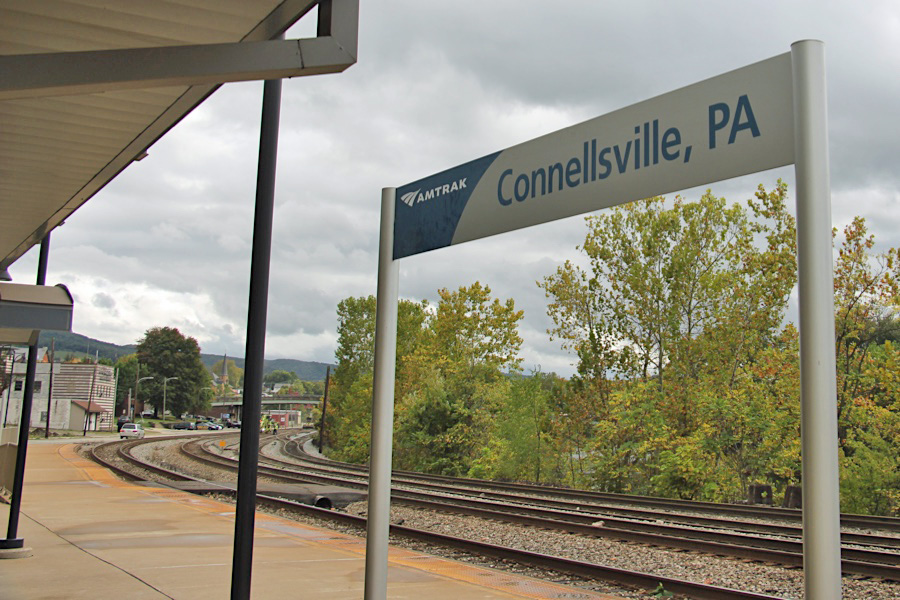
Connellsville, Pa / Oct 2017 / RWH
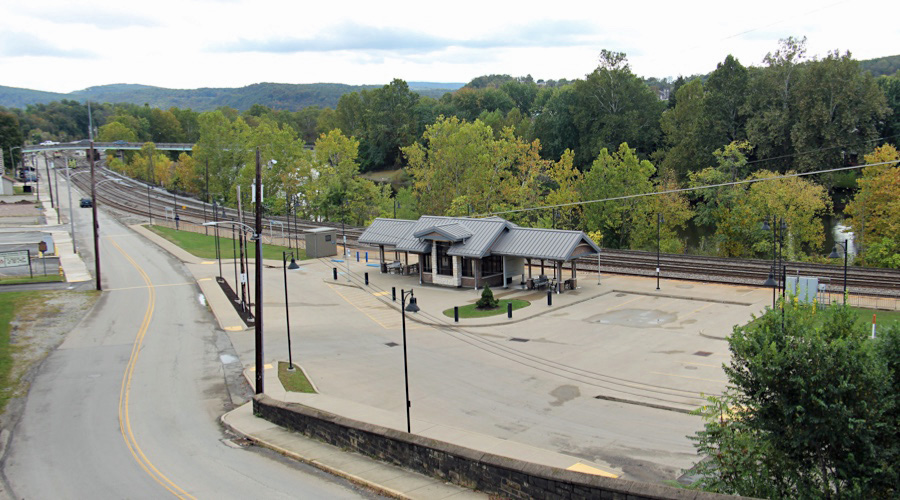
Connellsville, Pa / Oct 2017 / RWH
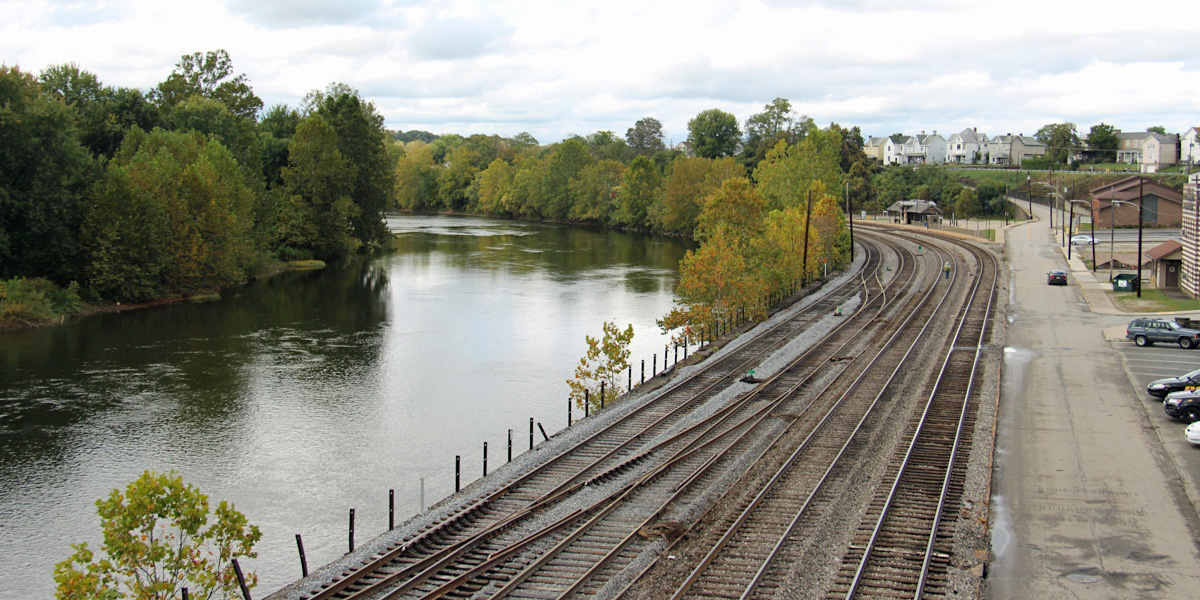
Connellsville, Pa / Oct 2017 / RWH
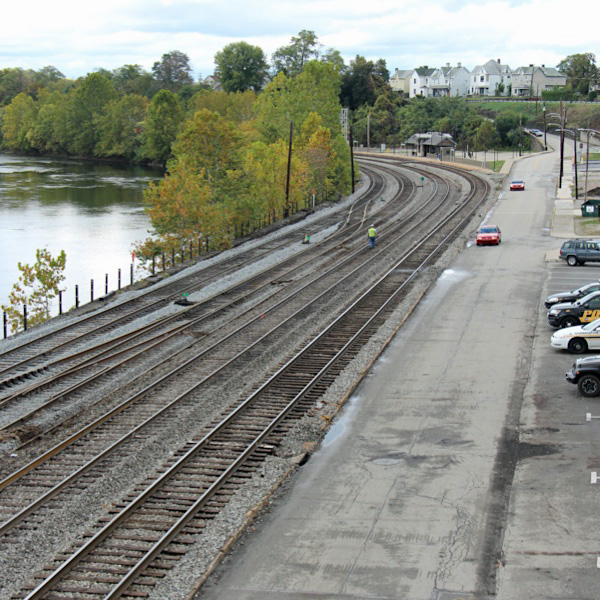
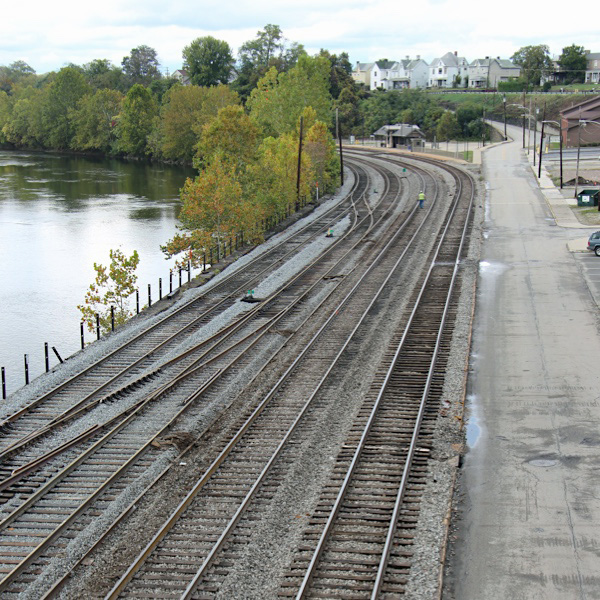
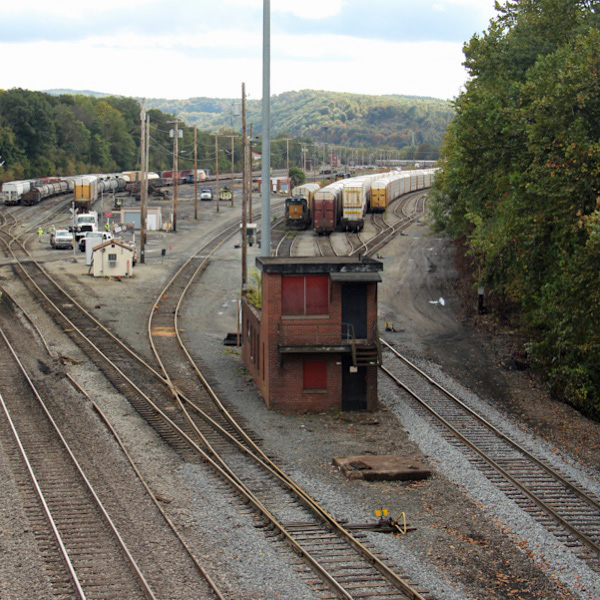
Connellsville, Pa / Oct 2017 / RWH
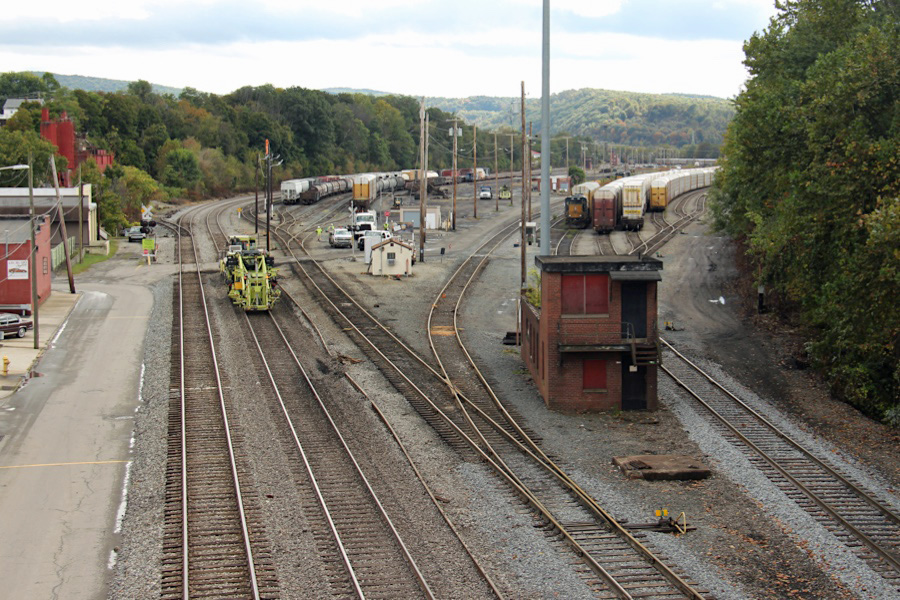
Connellsville, Pa / Oct 2017 / RWH
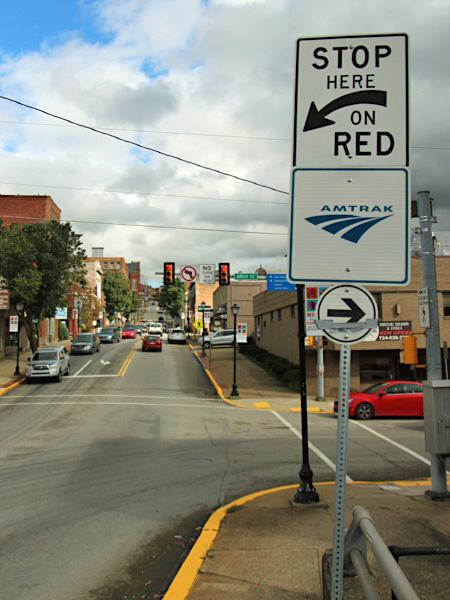
Connellsville, Pa / Oct 2017 / RWH
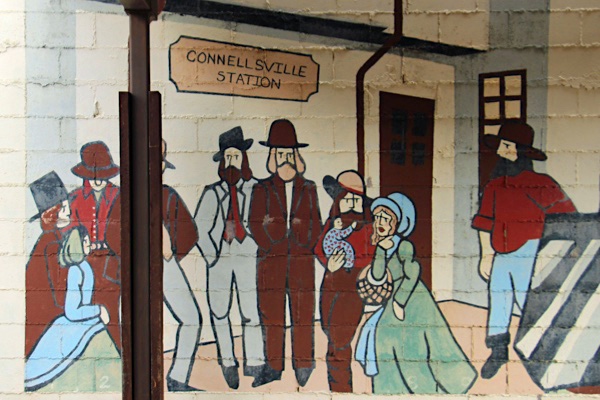
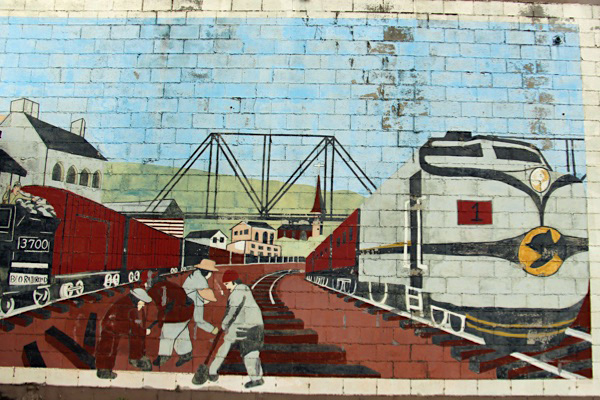
Connellsville, Pa / Oct 2017 / RWH
 Pittsburgh, Pa
Pittsburgh, Pa

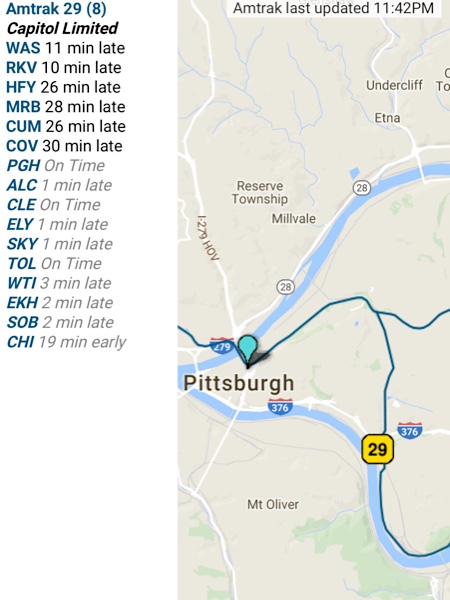 11:48 pm. Tuesday night. I'm back at Amtrak's worn out Pittsburgh station, to pick up my wife and daughter from their long weekend away. Word in the waiting room is that the westbound Capitol is running a bit late. A check online confirms that she is nearing downtown, but still a ways out from the platform. A throng of westbound riders huddles near the door out to the track area, all eyes looking down the track for the tell-tale headlights. It is now midnight, and folks seem anxious to get aboard and settle in for the overnight sprint across Ohio toward the Windy City. My tracker app says "On Time" into PGH, but I'm suspicious. We're already past the hour. Then, suddenly, headlights. Closer. But as the rumble of prime movers draws close, I realize through the bright haze that the face is all wrong. Nope. No Capitol. Norfolk Southern movers. And that's why 29 is running late: stuck behind a manifest that needed to flush through the block before station work could be done. Seventy-five freight cars later, with many a squealing flange, again the platform is quiet as we wait for something looking more like Genesis lines to appear upstream. An attractive female conductor scans a few eager tickets. An elderly couple waits for their golf cart ride down to the coach area. A young male smoker gets in his final anxious puffs before the long ride to the next smoke break stop. Cleveland? The relief engineer calmly paces the platform, his compact luggage parked near the familiar spot: as if to signal to his timed-out colleague right where to park the locomotives upon arrival. The baggage handler -- I always see him here; a veteren of this station, with his Steelers hard hat -- has his ancient carts in place, with a smattering of checked bags and someone's boxed bicycle. 12:10am now. Wednesday morning. And then, Lights. A quick tap of the horn. Ditch spots alternate as the train drifts closer. The whine down of General Electric prime movers finds my ear. I hear the air compressor clutch grab hold on one of units. Air tank pop valves fire off with a sharp hiss. And two Genesis units -- In elephant formation, as these particular bodies should be, I say. -- come to a smart stop at our end of the platform, with the typical stainless steel double-decker Capitol manifest in their wake. The baggage swapping begins. Outbound passengers make their assault on open doors. Weary Washington patrons detrain from the rear to make their hike. Deputy conductors scan tickets. Smiling sleeper porters watch for their Select Few. Engineers swap places, and grips. Golf carts race around with AARP members. And in the crowd of platform midnight-marchers, I see two familiar faces for which I'd give my life, if needed. Home. We head downstairs to wait for some luggage. But soon enough, back up top, Mr. Moorman's Twenty-Nine will be up and moving again. Track speed and nighttime running through the curves and cuts of western Pennsylvania, with the shores of Lake Erie to follow, and then the diamonds of Chicago's Union Station by brunch time -- assuming all goes reasonably well on the balance of this run. All of this brisk shuffle, the nightly dance card at the tired old Pennsylvania platform known simply as PGH. Go on Cap. Get out of here again. Make your morning run.
11:48 pm. Tuesday night. I'm back at Amtrak's worn out Pittsburgh station, to pick up my wife and daughter from their long weekend away. Word in the waiting room is that the westbound Capitol is running a bit late. A check online confirms that she is nearing downtown, but still a ways out from the platform. A throng of westbound riders huddles near the door out to the track area, all eyes looking down the track for the tell-tale headlights. It is now midnight, and folks seem anxious to get aboard and settle in for the overnight sprint across Ohio toward the Windy City. My tracker app says "On Time" into PGH, but I'm suspicious. We're already past the hour. Then, suddenly, headlights. Closer. But as the rumble of prime movers draws close, I realize through the bright haze that the face is all wrong. Nope. No Capitol. Norfolk Southern movers. And that's why 29 is running late: stuck behind a manifest that needed to flush through the block before station work could be done. Seventy-five freight cars later, with many a squealing flange, again the platform is quiet as we wait for something looking more like Genesis lines to appear upstream. An attractive female conductor scans a few eager tickets. An elderly couple waits for their golf cart ride down to the coach area. A young male smoker gets in his final anxious puffs before the long ride to the next smoke break stop. Cleveland? The relief engineer calmly paces the platform, his compact luggage parked near the familiar spot: as if to signal to his timed-out colleague right where to park the locomotives upon arrival. The baggage handler -- I always see him here; a veteren of this station, with his Steelers hard hat -- has his ancient carts in place, with a smattering of checked bags and someone's boxed bicycle. 12:10am now. Wednesday morning. And then, Lights. A quick tap of the horn. Ditch spots alternate as the train drifts closer. The whine down of General Electric prime movers finds my ear. I hear the air compressor clutch grab hold on one of units. Air tank pop valves fire off with a sharp hiss. And two Genesis units -- In elephant formation, as these particular bodies should be, I say. -- come to a smart stop at our end of the platform, with the typical stainless steel double-decker Capitol manifest in their wake. The baggage swapping begins. Outbound passengers make their assault on open doors. Weary Washington patrons detrain from the rear to make their hike. Deputy conductors scan tickets. Smiling sleeper porters watch for their Select Few. Engineers swap places, and grips. Golf carts race around with AARP members. And in the crowd of platform midnight-marchers, I see two familiar faces for which I'd give my life, if needed. Home. We head downstairs to wait for some luggage. But soon enough, back up top, Mr. Moorman's Twenty-Nine will be up and moving again. Track speed and nighttime running through the curves and cuts of western Pennsylvania, with the shores of Lake Erie to follow, and then the diamonds of Chicago's Union Station by brunch time -- assuming all goes reasonably well on the balance of this run. All of this brisk shuffle, the nightly dance card at the tired old Pennsylvania platform known simply as PGH. Go on Cap. Get out of here again. Make your morning run.

Click to see the Pittsburgh Amtrak station area plotted on a Google Maps page
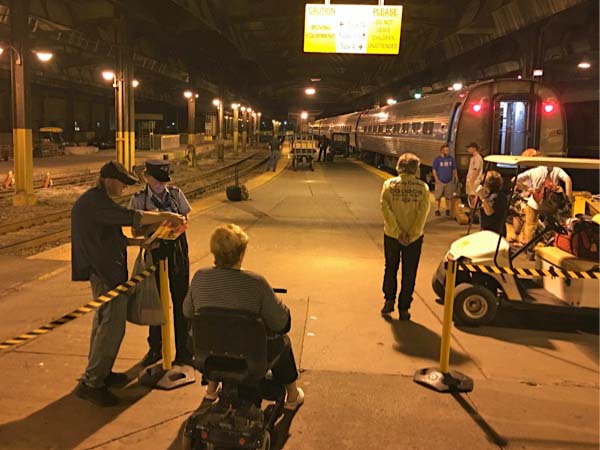
Pittsburgh, Pa / Aug 2017 / RWH
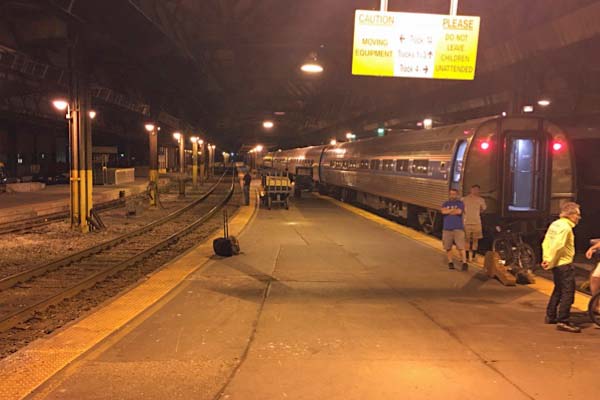
Pittsburgh, Pa / Aug 2017 / RWH
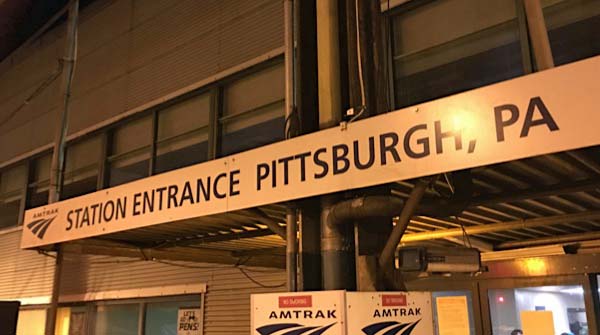
Pittsburgh, Pa / Aug 2017 / RWH
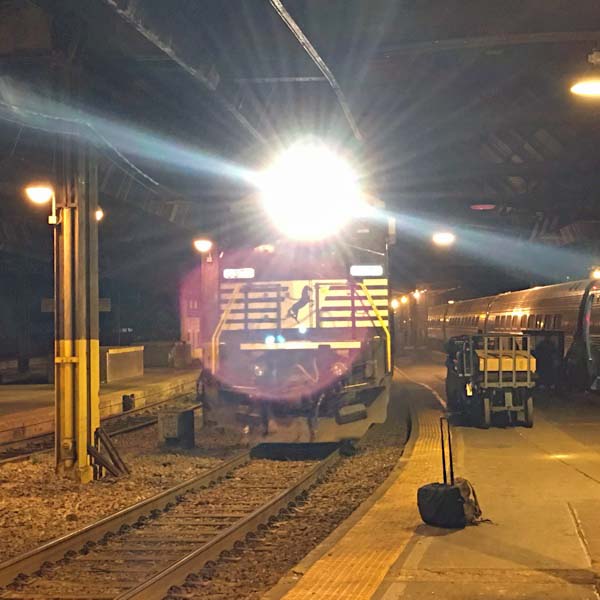
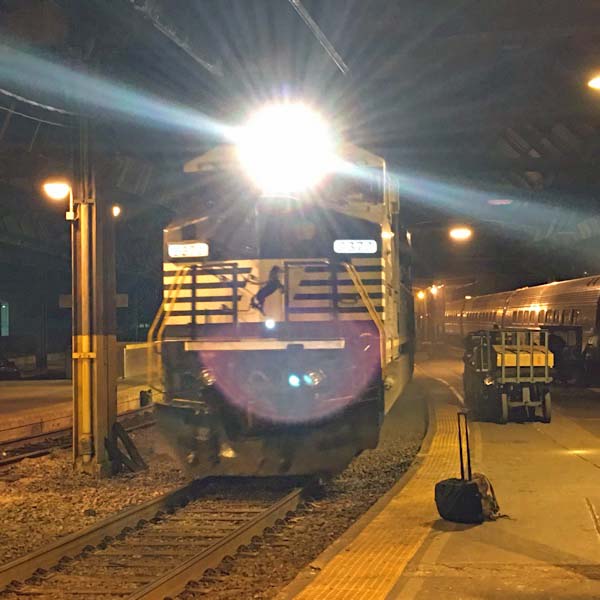
NS manifest freight ahead of AMTK #29 / Pittsburgh, Pa / Aug 2017 / RWH
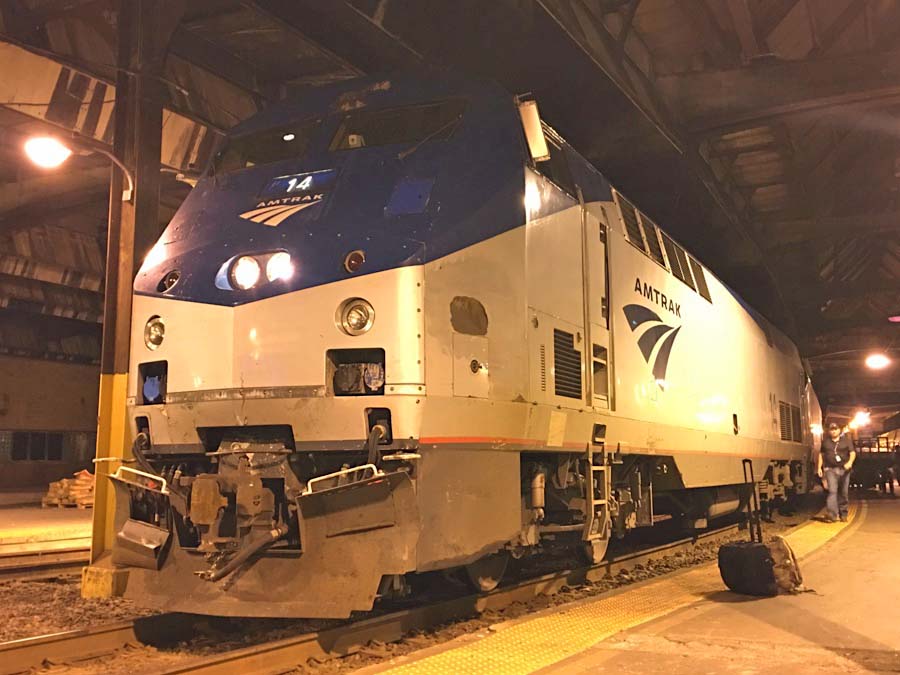
Pittsburgh, Pa / Aug 2017 / RWH
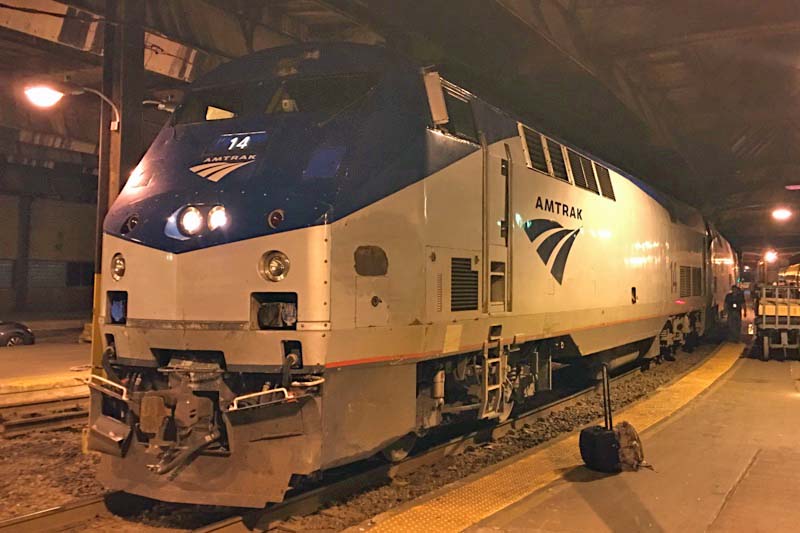
Amtrak #14
Pittsburgh, Pa / Aug 2017 / RWH


Amtrak #14

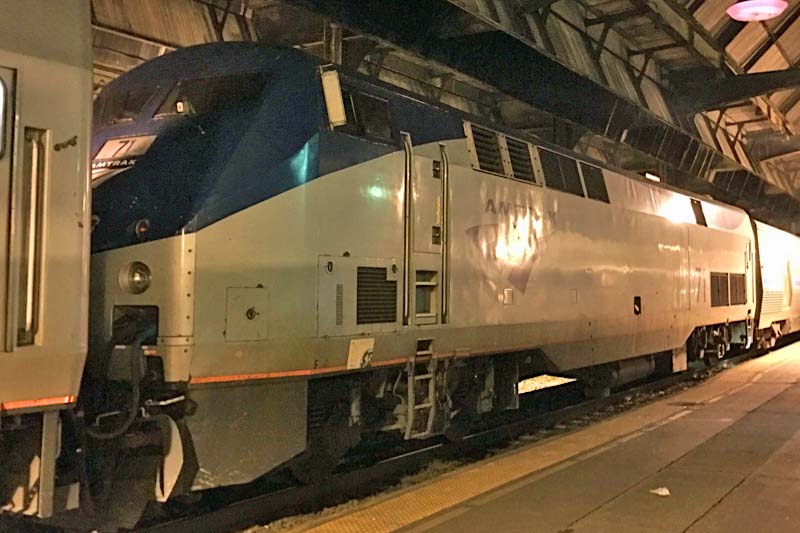
Amtrak #71
Pittsburgh, Pa / Aug 2017 / RWH


Amtrak #71

 Operating Crew Change
Operating Crew Change
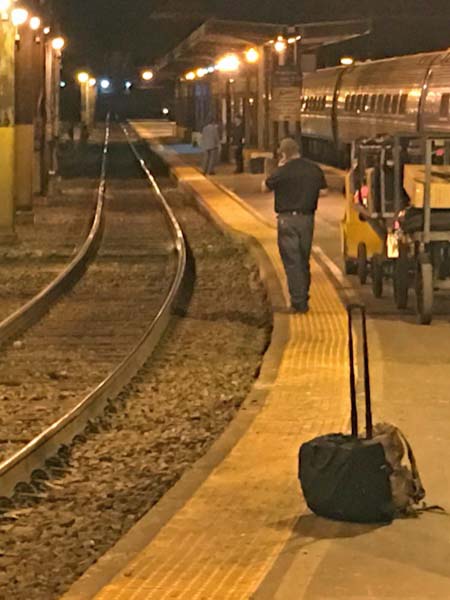
Pittsburgh, Pa / Aug 2017 / RWH

Amtrak People
Service and Train Crews: The Amtrak personnel are divided into Service Crew (also called OBS for On Board Service) and Train Crew.
The Service crew includes Car Attendants, Snack Bar Attendant, Lead Service Attendant (LSA; head waiter in dining car, and in charge of all service crew members), Dining Car Chefs, and Dining Car Attendants (waiters). Service crew members generally ride the train from origin to destination.
The Operating crew includes the Conductor, Assistant Conductors, and the engine crew. Train crew will change about every 6-8 hours on long distance routes. With very few exceptions all crew members are Amtrak employees. The Conductor is in overall charge of the train.
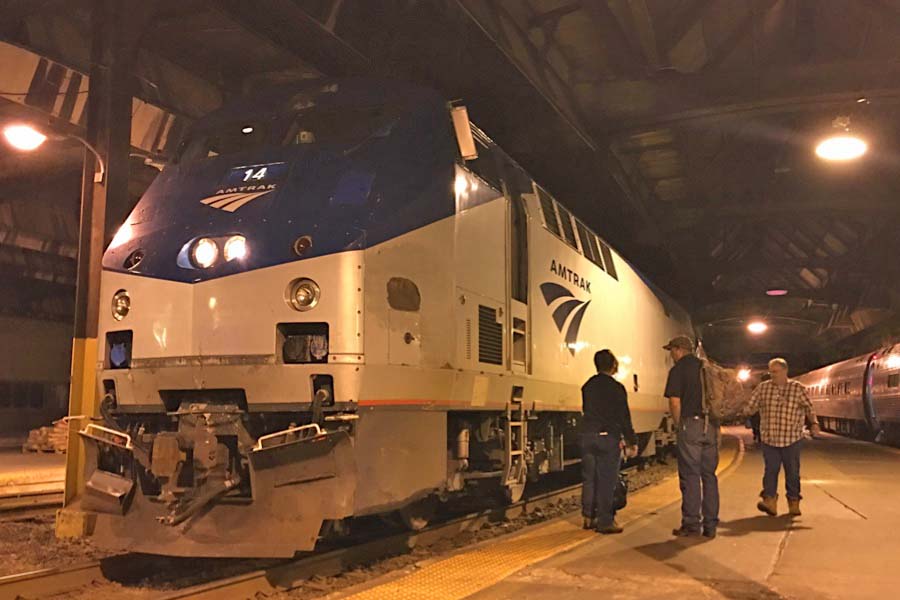
Pittsburgh, Pa / Aug 2017 / RWH
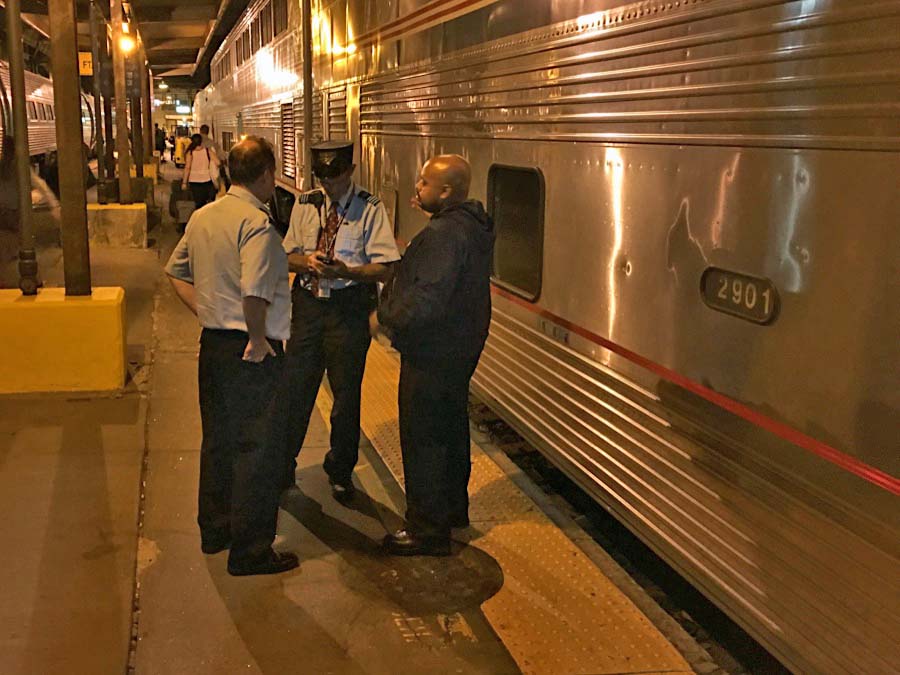
Pittsburgh, Pa / Aug 2017 / RWH
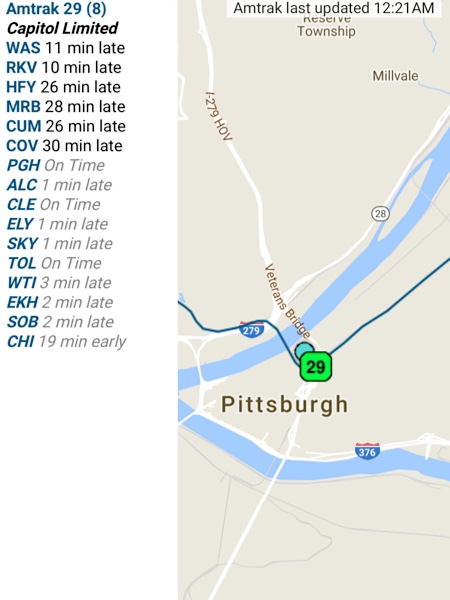
RWH
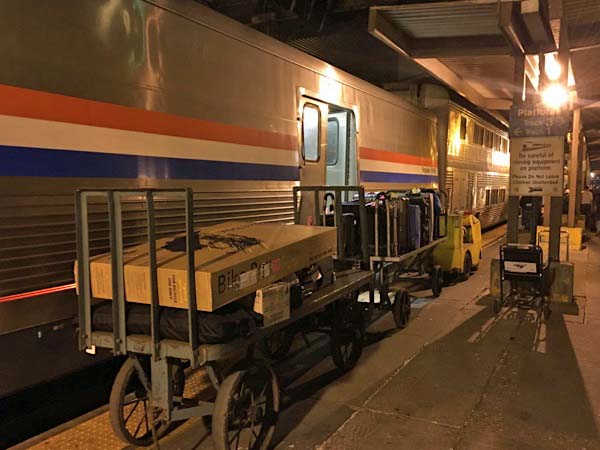
Pittsburgh, Pa / Aug 2017 / RWH
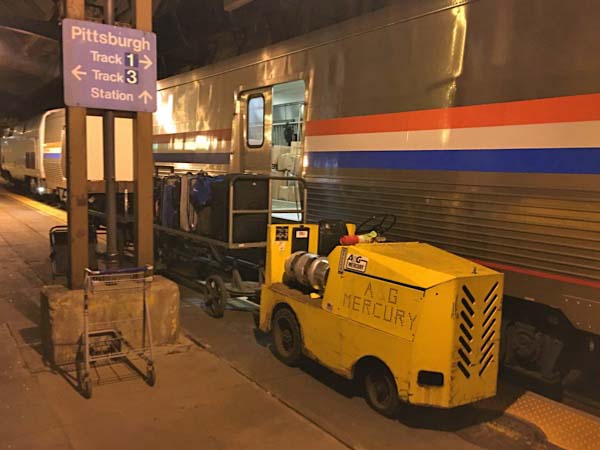
Pittsburgh, Pa / Aug 2017 / RWH
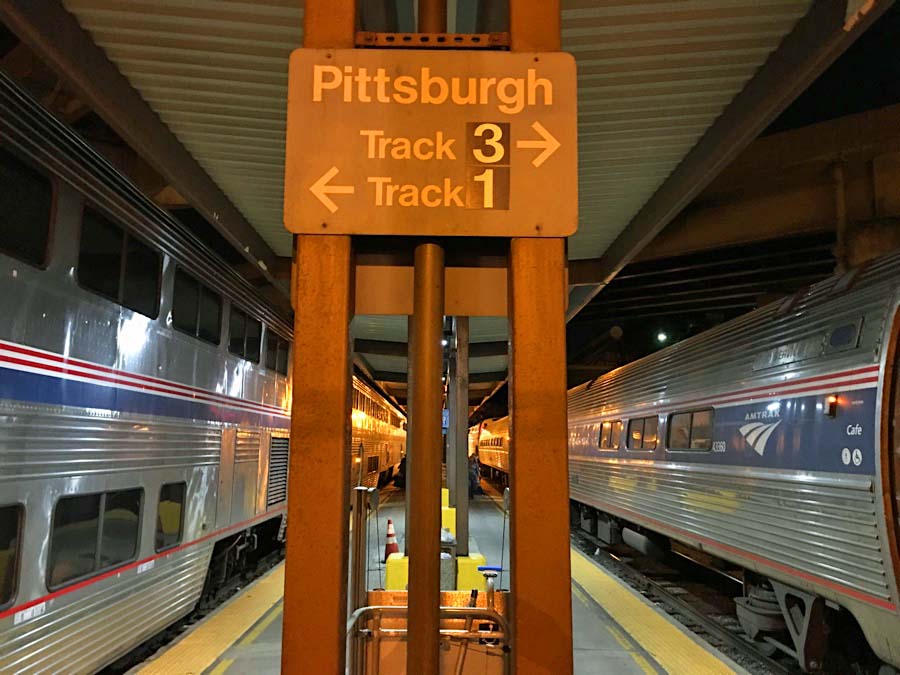
Capitol Limited, left | Pennsylvanian, right / Pittsburgh, Pa / Aug 2017 / RWH
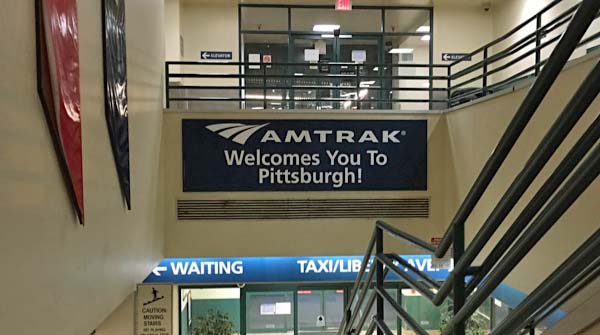
Pittsburgh, Pa / Aug 2017 / RWH
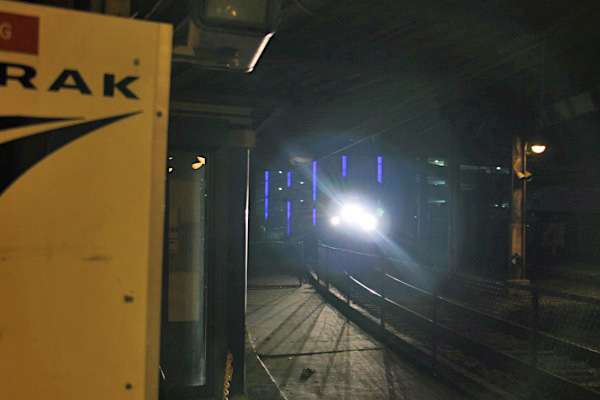
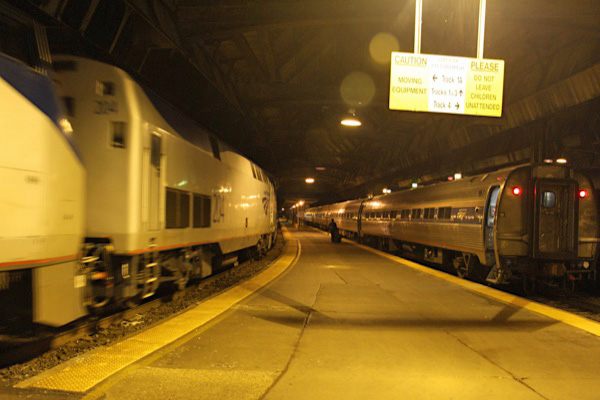
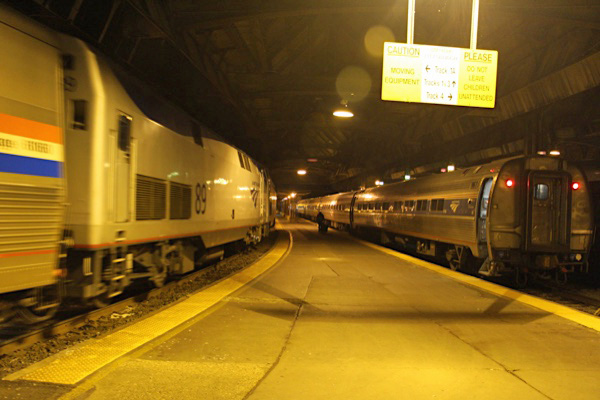
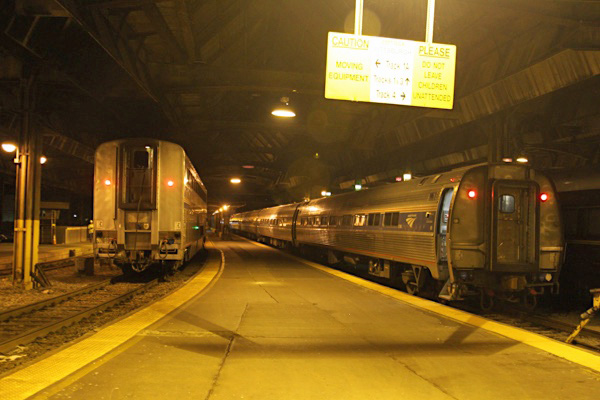
Pittsburgh, Pa / Oct 2017 / RWH
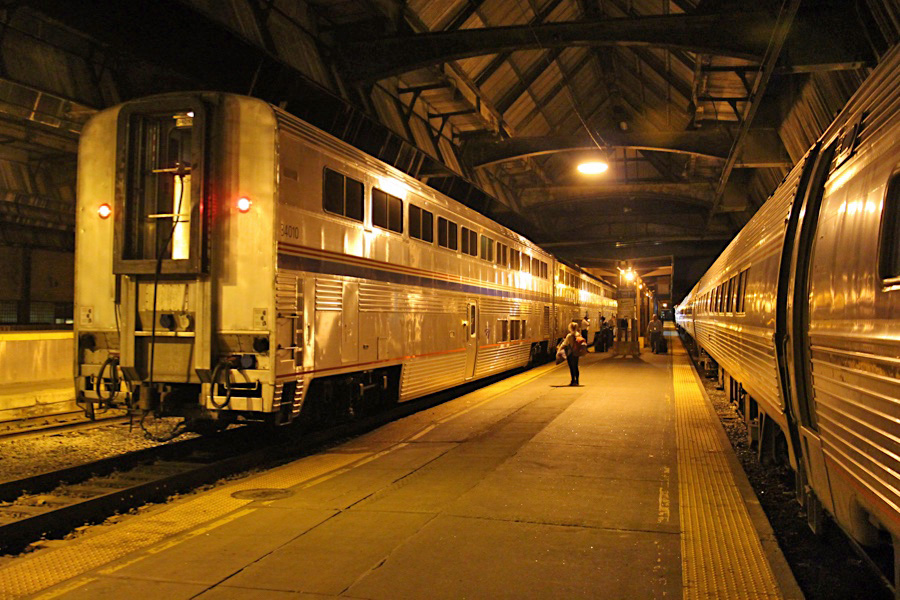
Pittsburgh, Pa / Oct 2017 / RWH
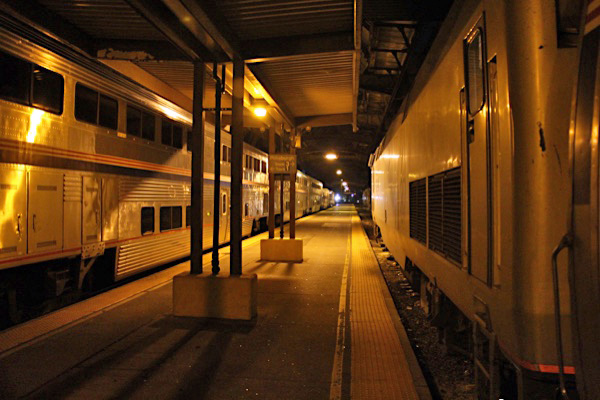
Pittsburgh, Pa / Oct 2017 / RWH
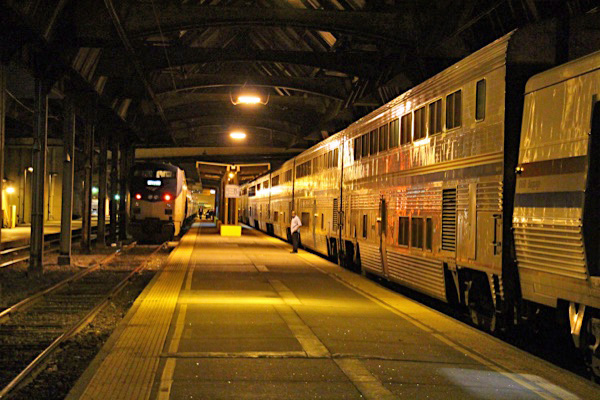
Pittsburgh, Pa / Oct 2017 / RWH
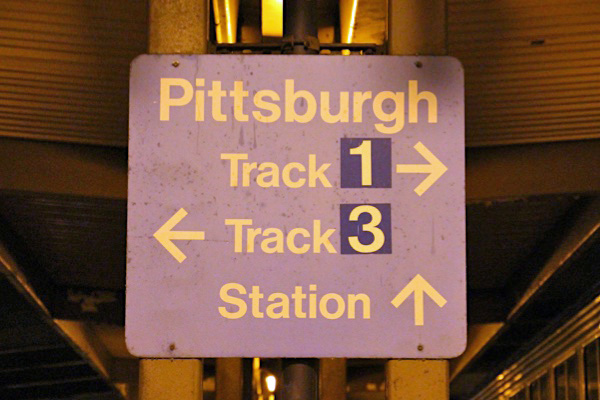
RWH
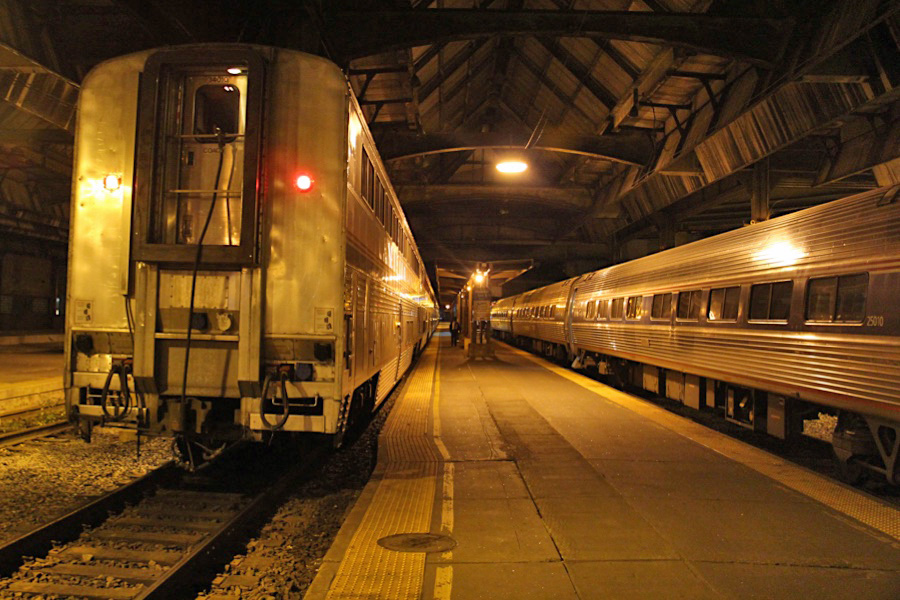
Pittsburgh, Pa / Oct 2017 / RWH
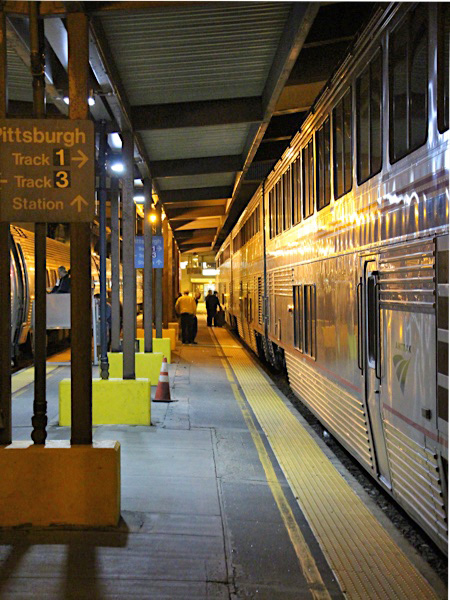
Pittsburgh, Pa / Oct 2017 / RWH
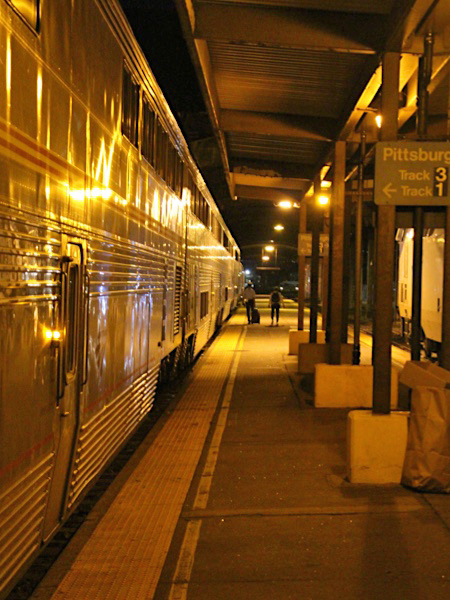
Pittsburgh, Pa / Oct 2017 / RWH
 Alliance, Oh
Alliance, Oh

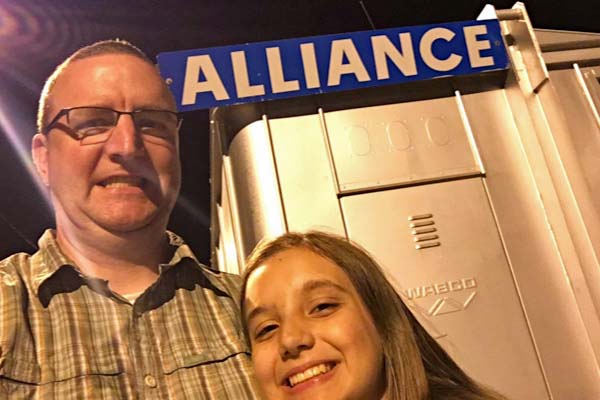 Alliance, Ohio: a great place to watch mainline movements, day or night. Every time I make a visit to this diamond crossroads on the old Pennsylvania Railroad, current owner Norfolk Southern always delivers the goods. The Pittsburgh-Cleveland mainline by itself is a superhighway of coal, intermodal, and manifest movements. But add a few secondary routes that converge in Alliance and the show out on the platform is usually a good one. In my experience, one can count on seeing 4-6 trains an hour; sometimes more, maybe less. Expect a parade of black Thoroughbred power on a variety of trains. I even caught the NS executive business train gliding through one afternoon. See just a few examples below.
Alliance, Ohio: a great place to watch mainline movements, day or night. Every time I make a visit to this diamond crossroads on the old Pennsylvania Railroad, current owner Norfolk Southern always delivers the goods. The Pittsburgh-Cleveland mainline by itself is a superhighway of coal, intermodal, and manifest movements. But add a few secondary routes that converge in Alliance and the show out on the platform is usually a good one. In my experience, one can count on seeing 4-6 trains an hour; sometimes more, maybe less. Expect a parade of black Thoroughbred power on a variety of trains. I even caught the NS executive business train gliding through one afternoon. See just a few examples below.
About the only downside to Alliance is that its two Amtrak arrivals, one in each direction, take place in the middle of the night. Take your pick: 1:39am westbound or 3:05am eastbound! Neither is great for railfanning ... not to mention for the few patrons that board and detrain in this modest industrial town southeast of Cleveland and northwest of Pittsburgh. Indeed, if the Capitol Limited calls here during daylight, you know something is terribly awry with her schedule. Otherwise, plan on a midnight pilgrimage to Alliance if you want to see Superliner equipment come this way.
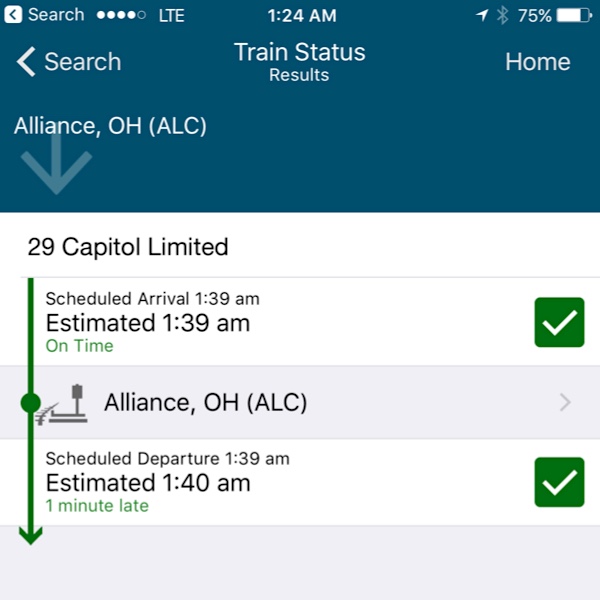 A midnight pilgrimage: exactly what I proposed to my daughter in the final weeks of summer before her school starts again. Come with me and we'll drive an hour and take some photos of the Capitol in the middle of night, to add to my collection. She was game for a little daddy-daughter adventure, so off we went. Indeed, she has passed that way before on the Capitol itself at least three times.
A midnight pilgrimage: exactly what I proposed to my daughter in the final weeks of summer before her school starts again. Come with me and we'll drive an hour and take some photos of the Capitol in the middle of night, to add to my collection. She was game for a little daddy-daughter adventure, so off we went. Indeed, she has passed that way before on the Capitol itself at least three times.
The platform and open-air depot at Alliance are bone quiet at 12:30 in the morning. Cricket sounds fill the air and the harsh yellow hue of platform lamps floods the scene. The Norfolk Southern district office is closed up tight; no one is around.
Until about 1am, when some cars begin to trickle in and already-tired passengers and their rides all begin to inch out onto the platform to see if No. 29 headlights can yet be seen. On the night of our visit, two freights flushed through the station area at near track speed before anything looking like a Genesis unit appeared in the distant darkness. I checked my Amtrak app: Looked like 29 was in good shape so far on this run. Sure enough, about 1:38 there was a blast for the distant crossing east of the station and some headlights rolled into view. The short platform at Alliance called for two stops this night: one for a sleeper patron and then another for the coach boarders on the rear end. A few folks stumbled off; a few others crawled on. The conductor gave the all clear, and in less than 5 minutes the Cap was off and moving again, still on time. She'd roll on through rolling Ohio countrysides before reaching the Lake and points west after Cleveland. Meanwhile, back in Alliance, it was a quarter-till-two and the platform was lonely and quiet again. The crickets sang their songs to pass the time, until about 3 o'clock, when -- if all went well -- sister #30 would brighten up this space again and the early morning shuffle of riders would take place once more under harsh tungsten lamps.
As for me and my railfan assistant, we called it a night after 29 took flight, heading back home in our own coach seating, to our own sleeper accommodations. Thanks 29. We'll catch you again soon, I'm sure, one way or another.
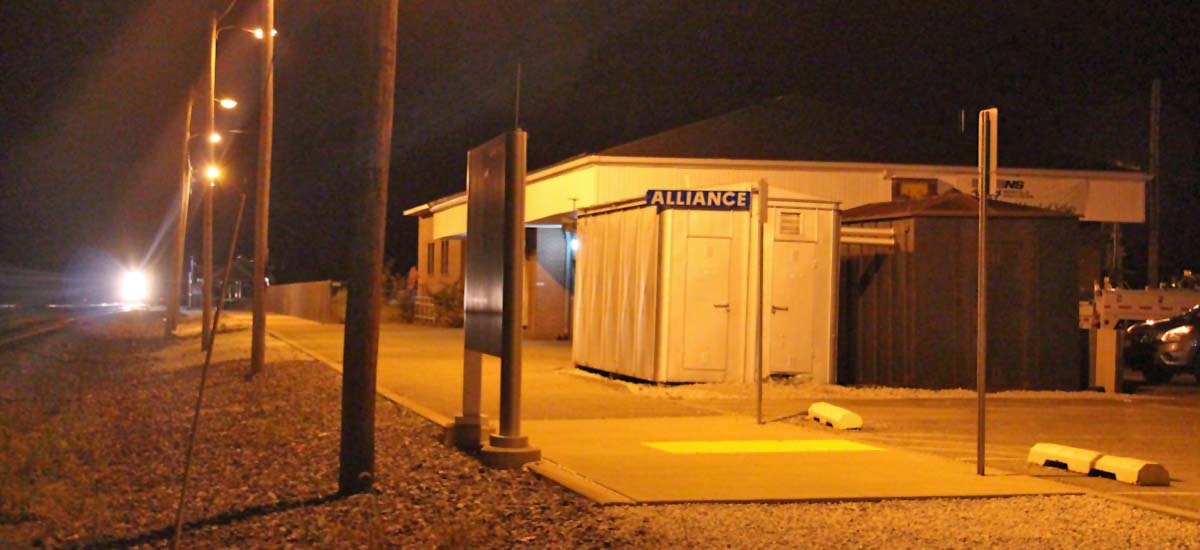
Alliance, Oh / Aug 2017 / RWH
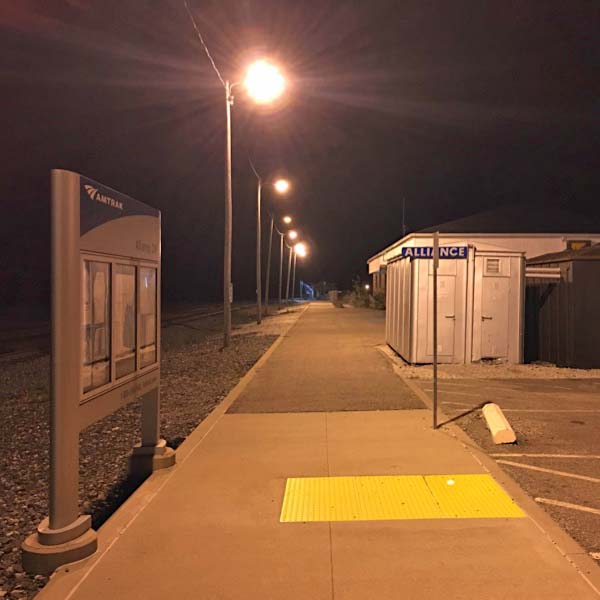
Alliance, Oh / Aug 2017 / RWH
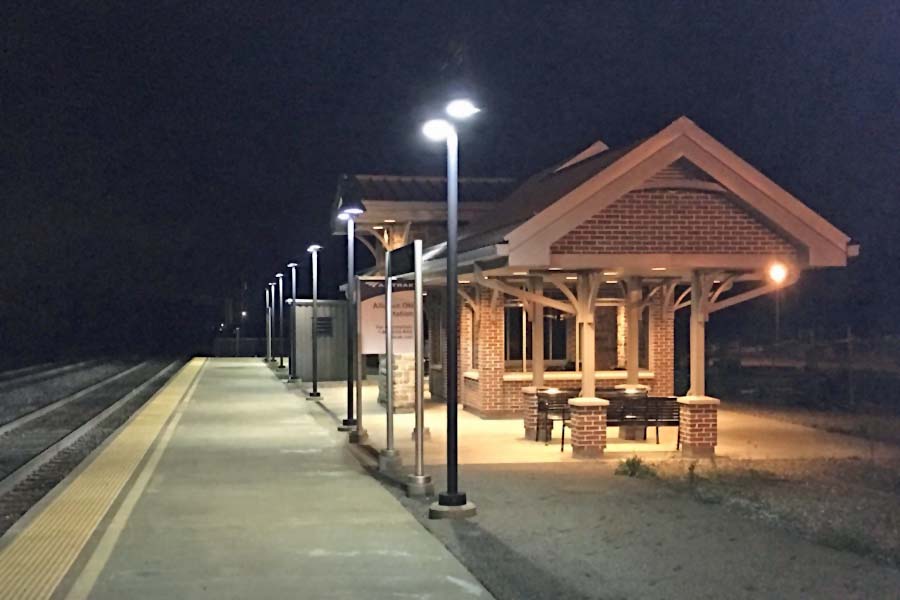
Alliance, Oh / Aug 2017 / RWH

Click to see the Alliance station area plotted on a Google Maps page
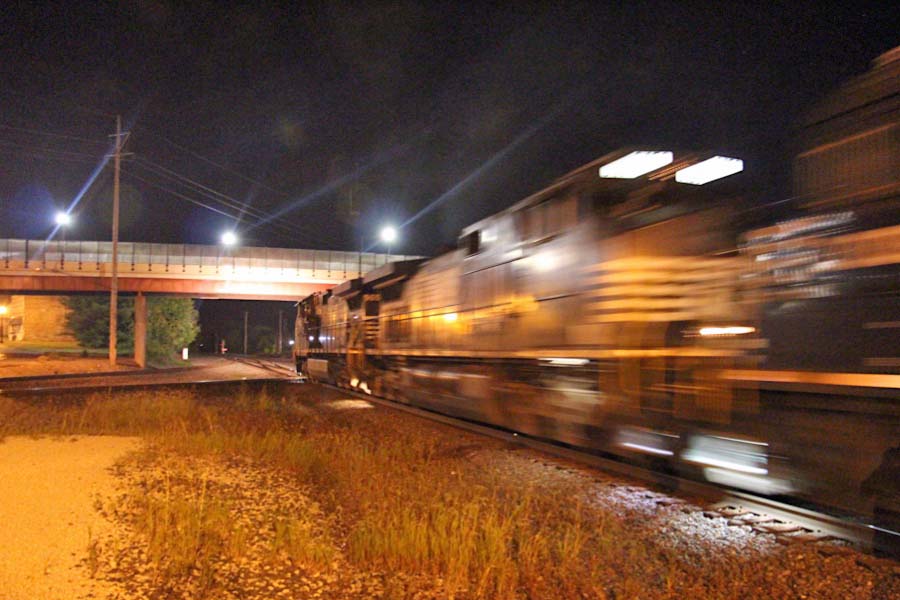
Alliance, Oh / Aug 2017 / RWH
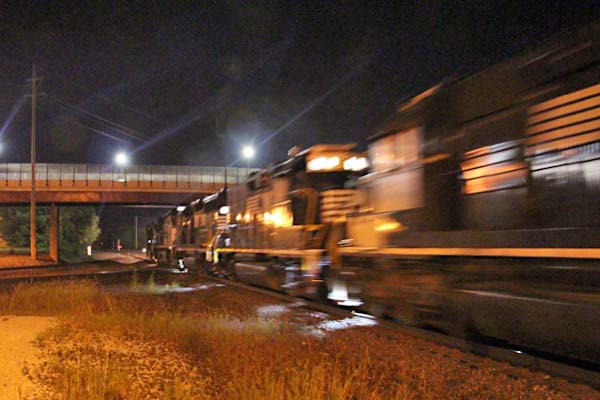
Alliance, Oh / Aug 2017 / RWH
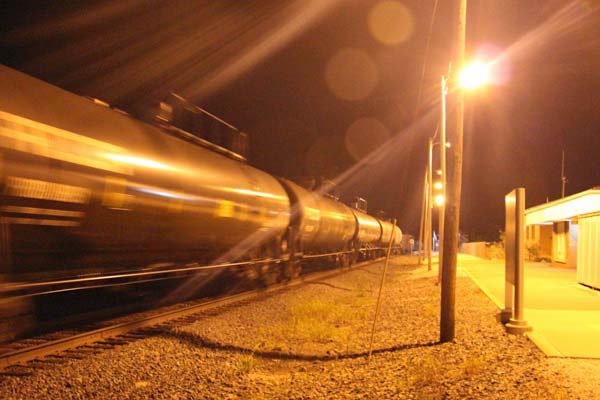
Alliance, Oh / Aug 2017 / RWH
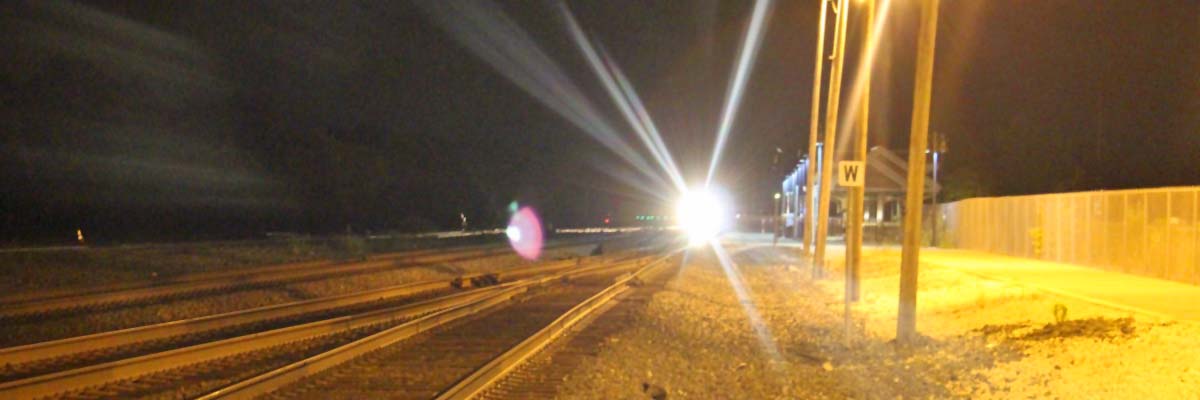
Alliance, Oh / Aug 2017 / RWH
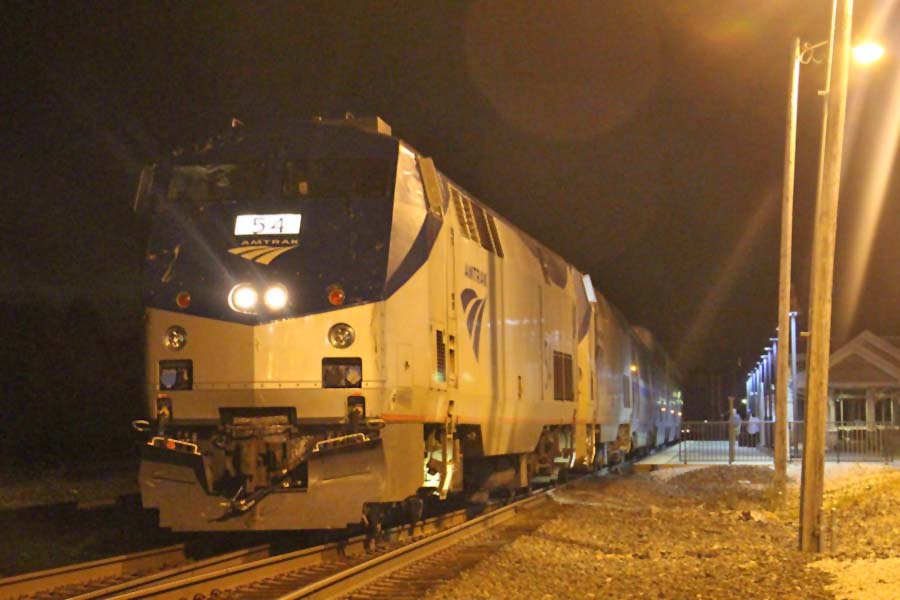
Alliance, Oh / Aug 2017 / RWH
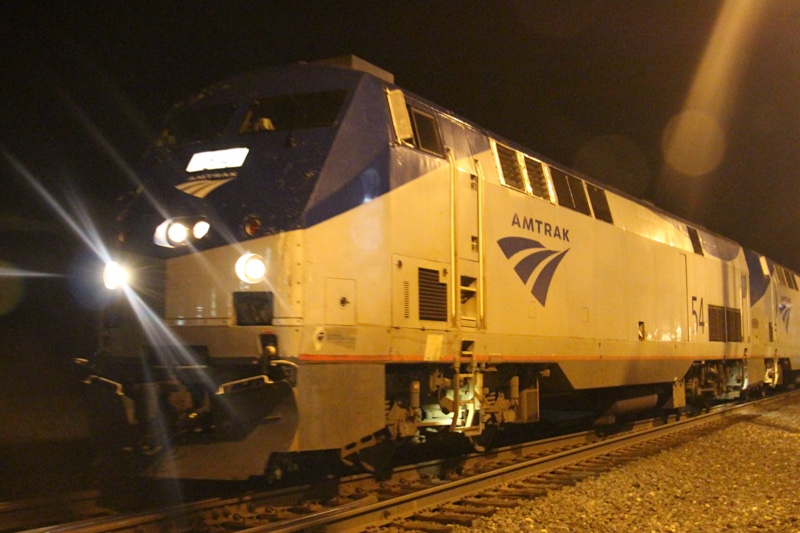
Amtrak #54
Alliance, Oh / Aug 2017 / RWH


Amtrak #54

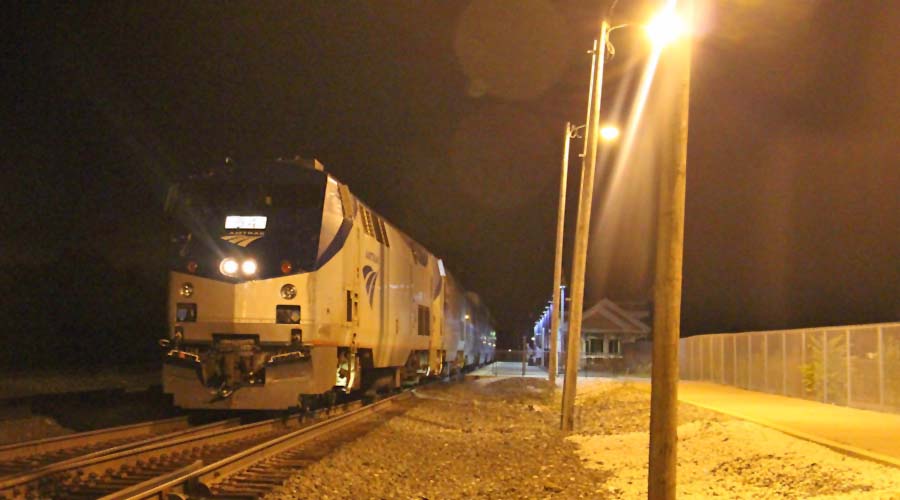
Alliance, Oh / Aug 2017 / RWH

Alliance, Oh / Aug 2017 / RWH
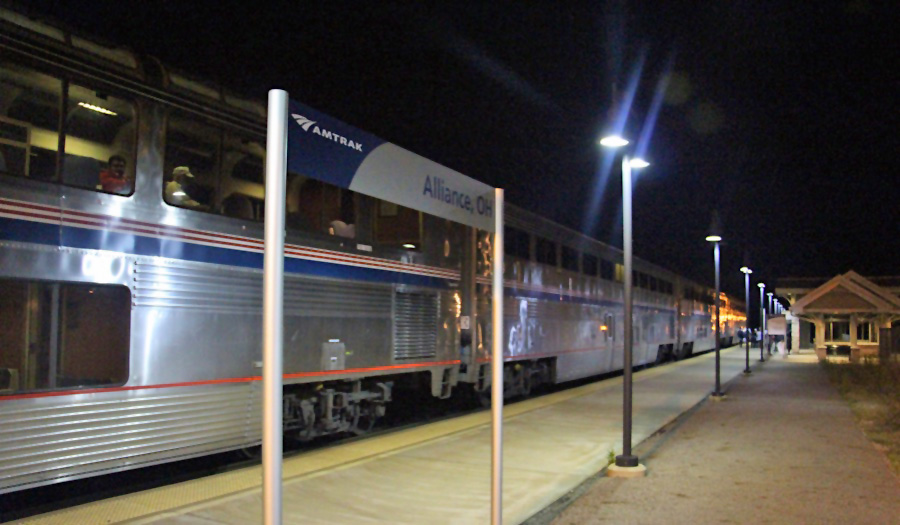
Alliance, Oh / Aug 2017 / RWH
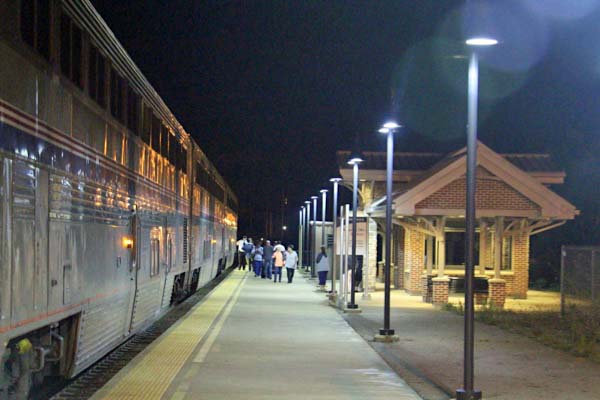
Alliance, Oh / Aug 2017 / RWH
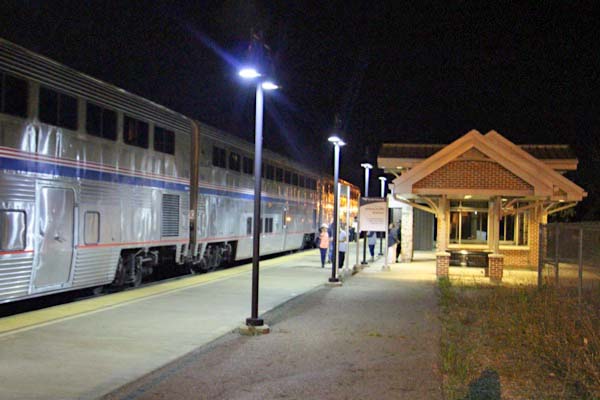
Alliance, Oh / Aug 2017 / RWH
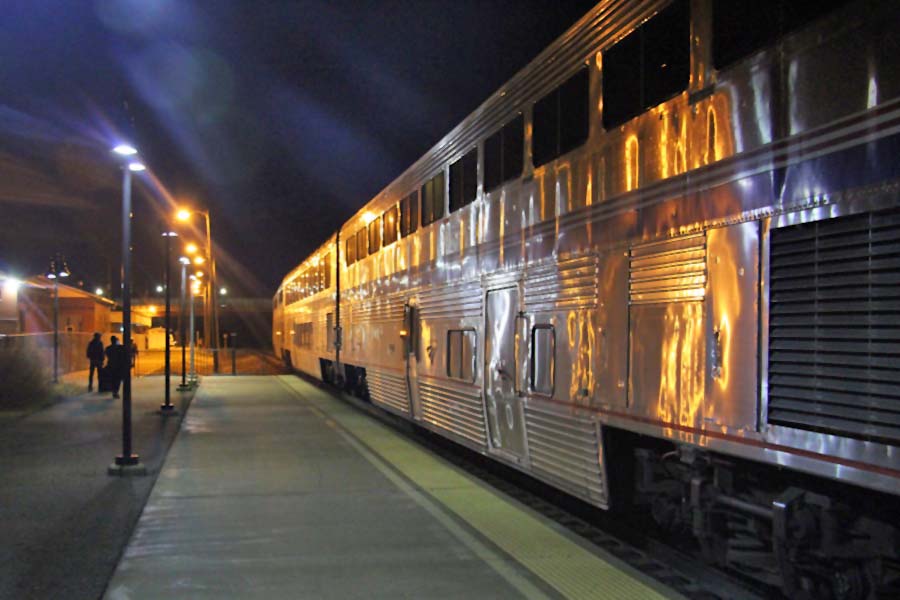
Alliance, Oh / Aug 2017 / RWH
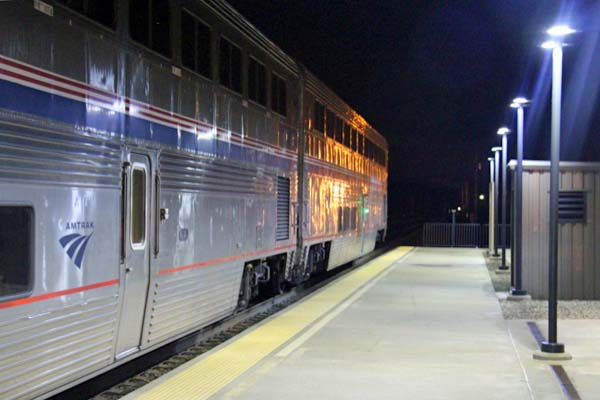
Alliance, Oh / Aug 2017 / RWH
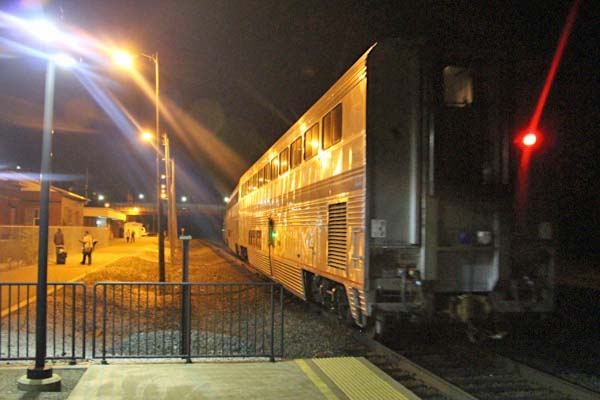
Alliance, Oh / Aug 2017 / RWH
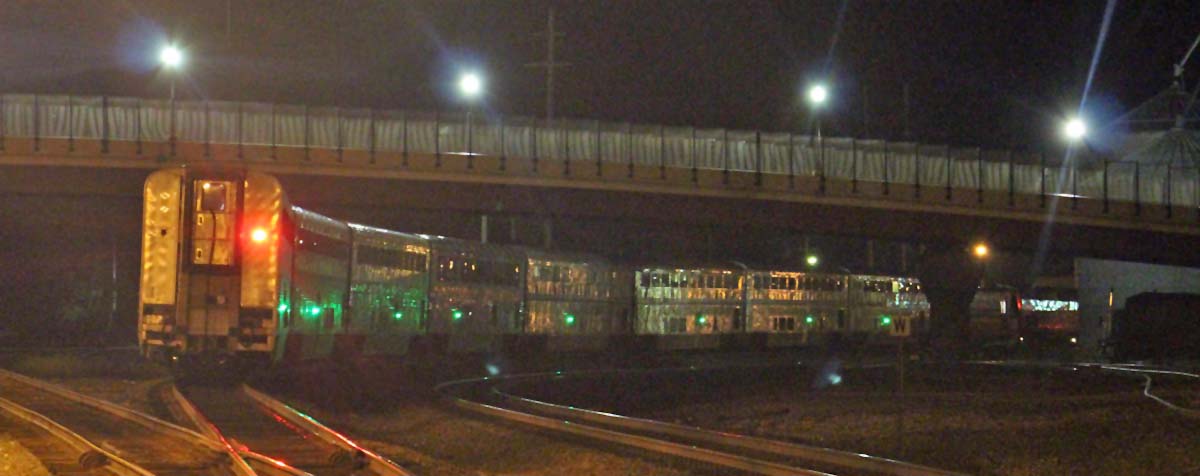
Alliance, Oh / Aug 2017 / RWH
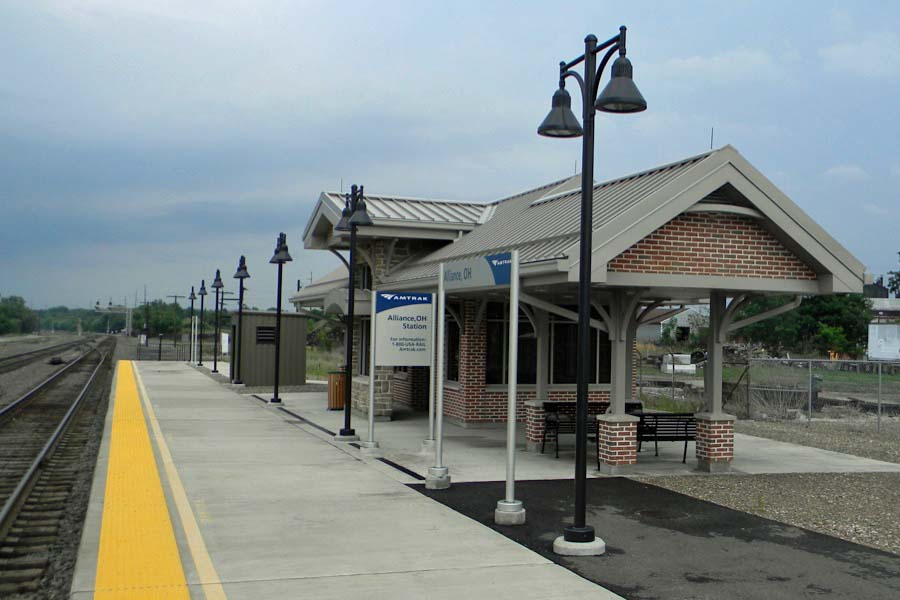
Alliance, Oh / Jul 2014 / RWH
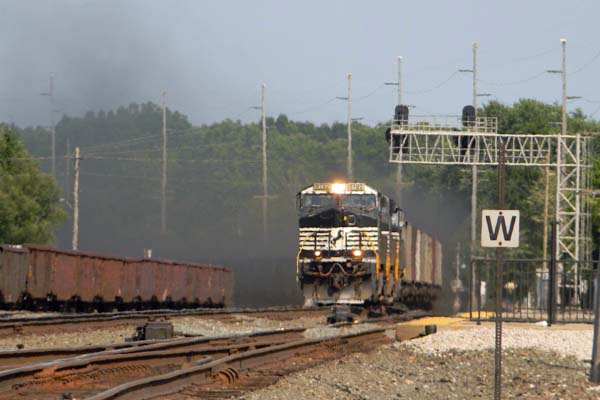
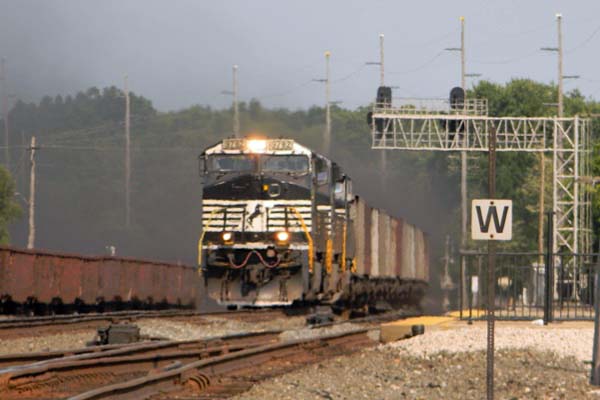
Alliance, Oh / Jul 2014 / RWH
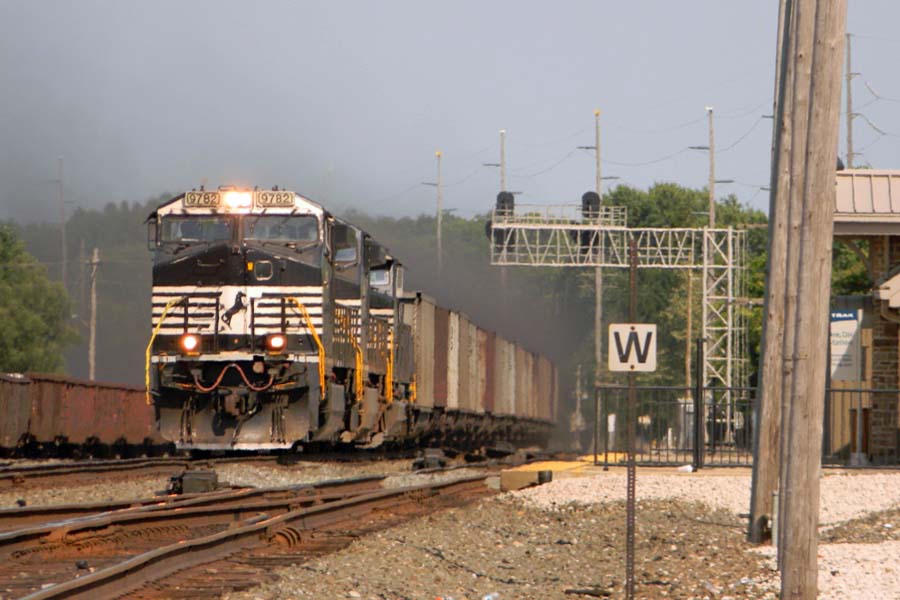
Alliance, Oh / Jul 2014 / RWH
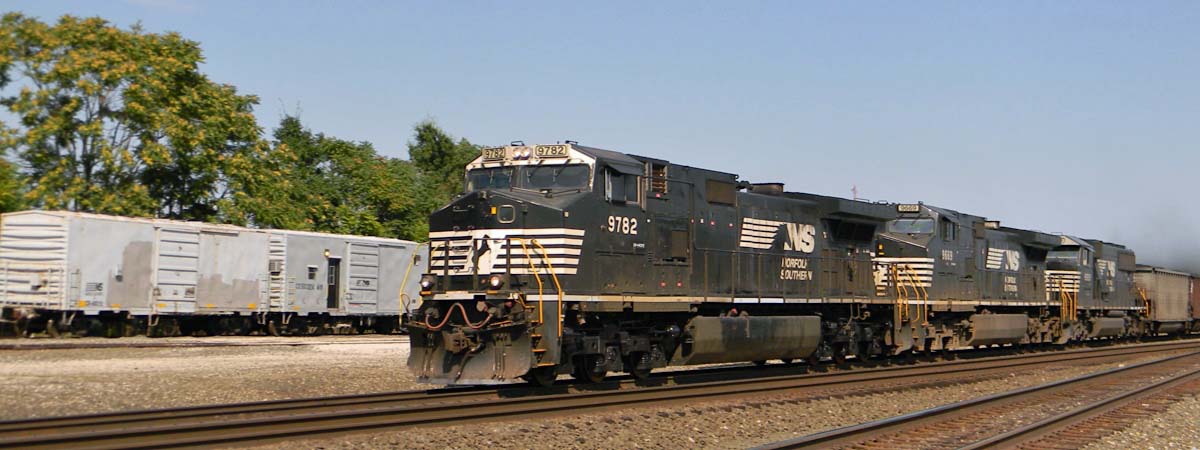
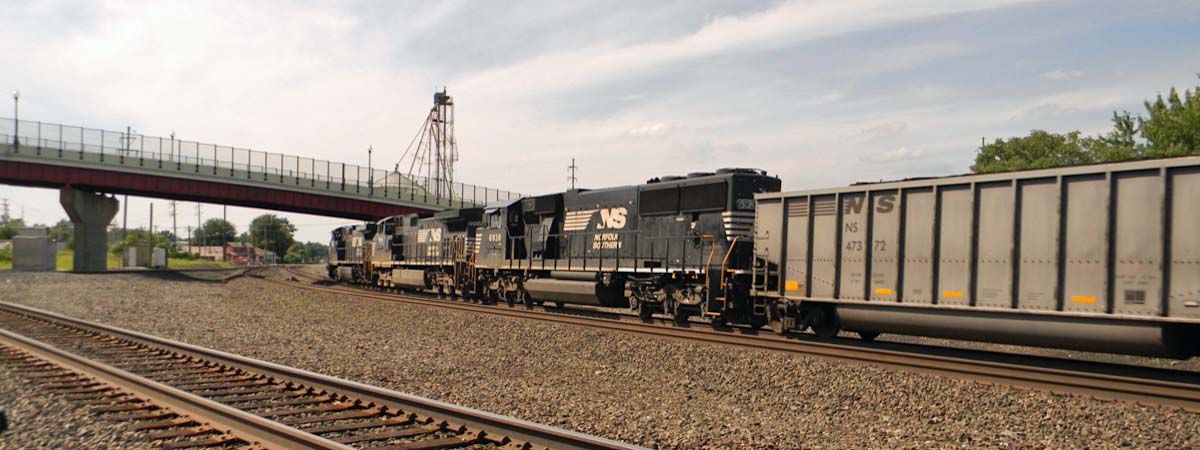
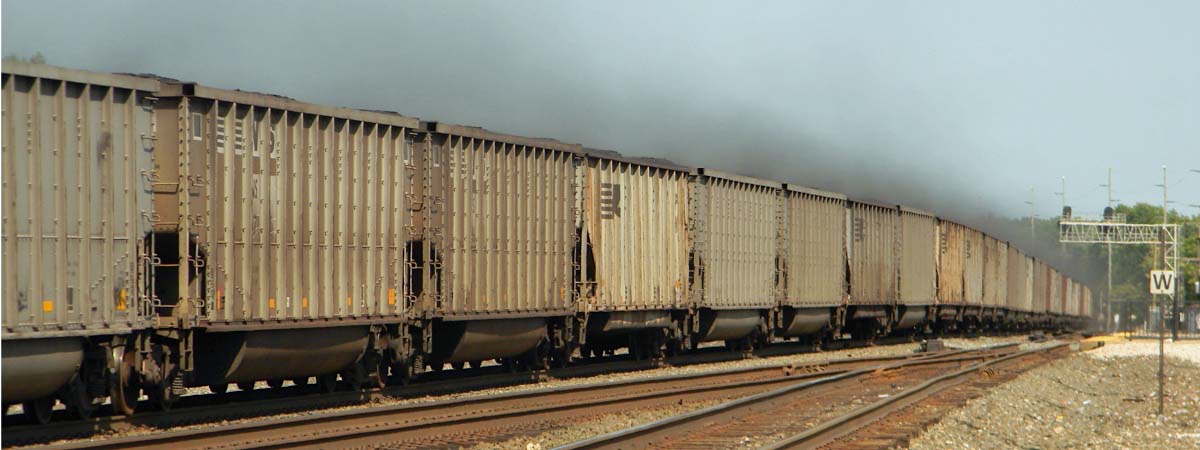
Alliance, Oh / Jul 2014 / RWH
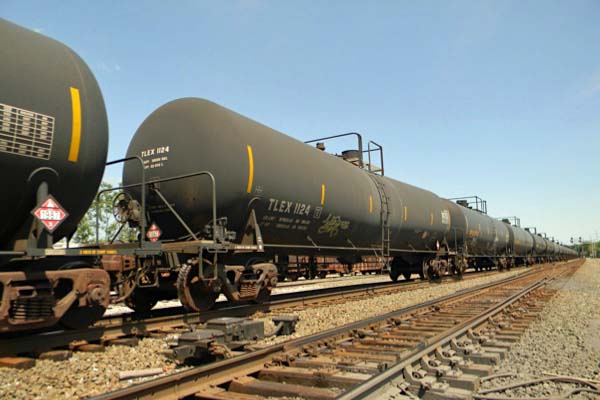
Alliance, Oh / Jul 2014 / RWH
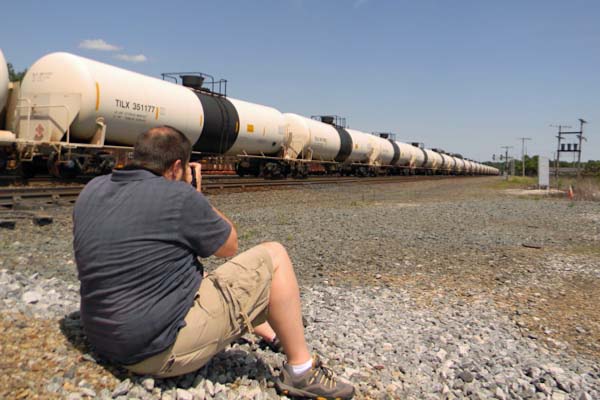
Alliance, Oh / Jul 2014 / RWH
Alliance, Oh / Oct 2015 / RWH
Alliance, Oh / Oct 2015 / RWH
 Chicago, Il
Chicago, Il
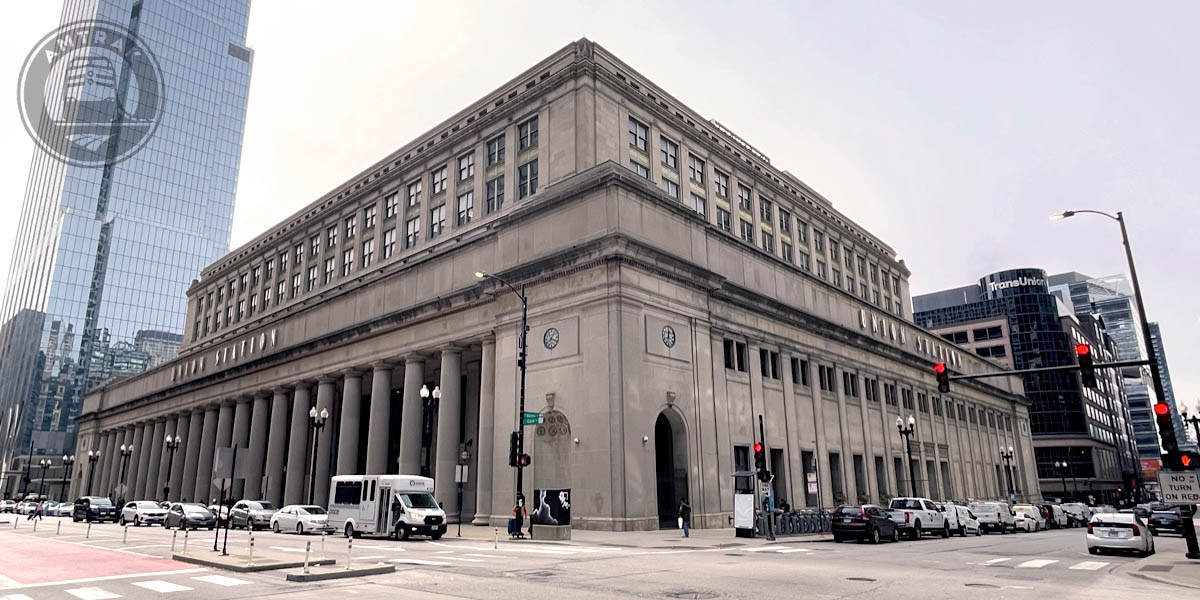
Chicago Union Station
Chicago, Il / Mar 2023 / RWH
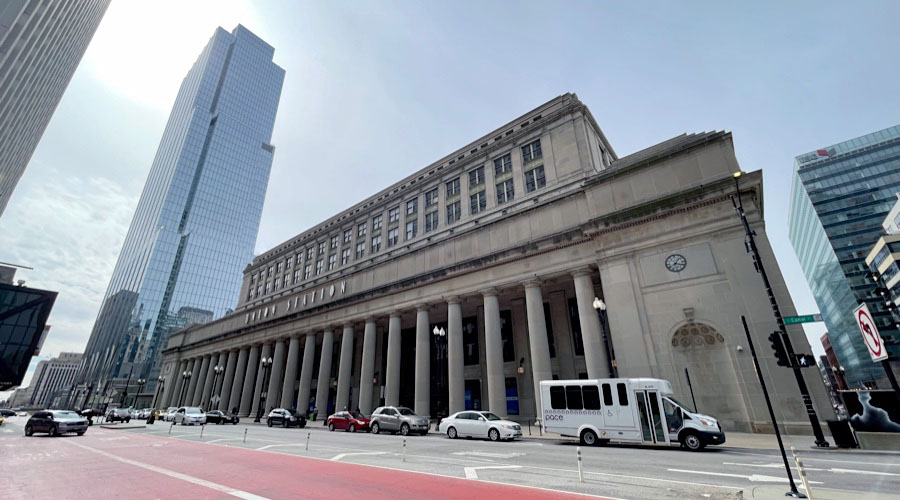
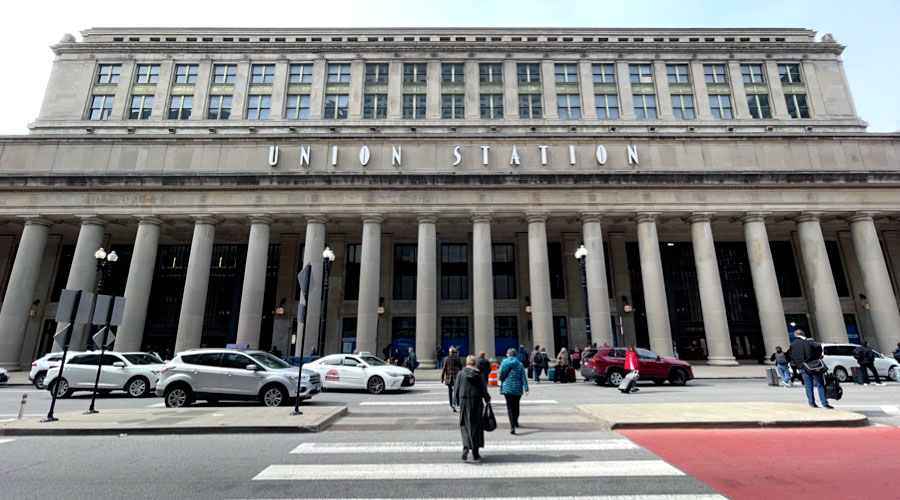

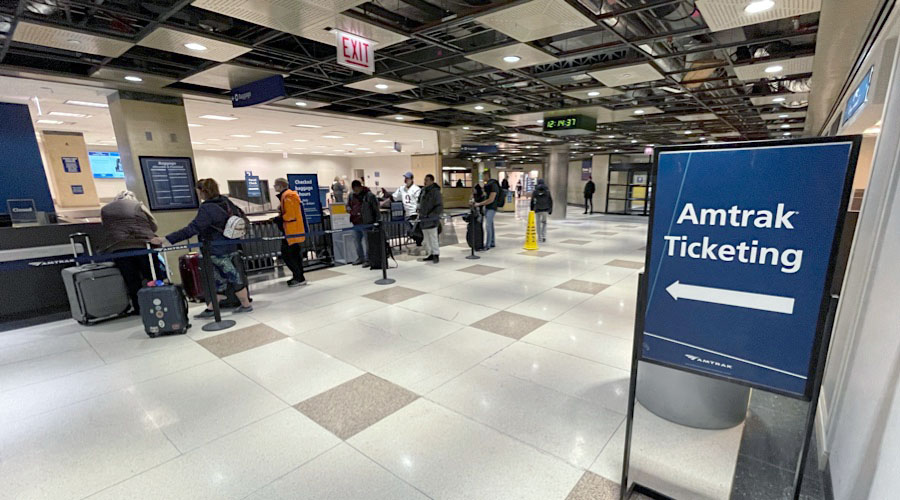
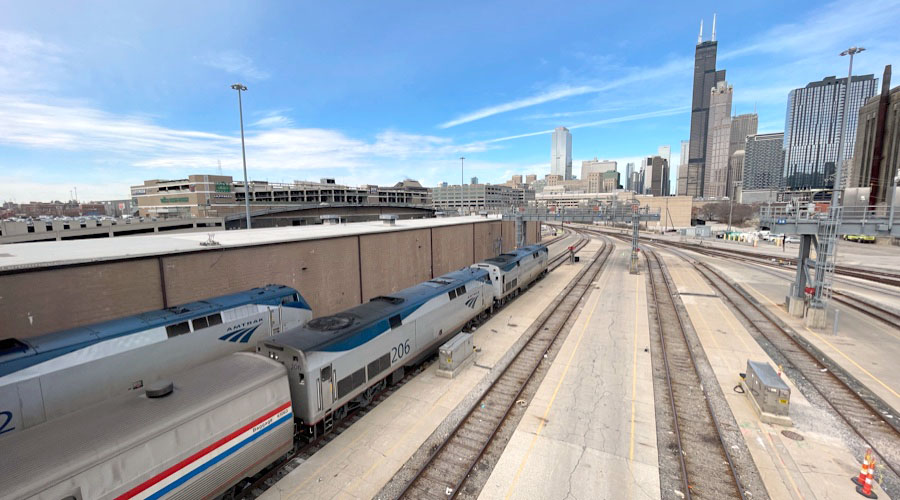

See our complete Chicago Union Station scrapbook in Amtrak Great Stations
Videos
Pittsburgh, Pa / Dec 2015 / RWH
Point of Rocks, Md / May 2012 / RWH
 Lagniappe
Lagniappe
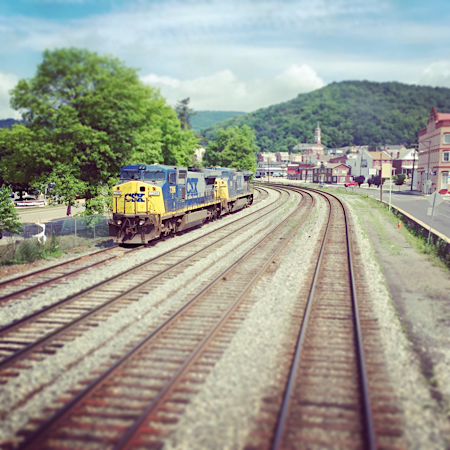
Sand Patch Helpers
Cumberland, Md / Jun 2015 / RWH
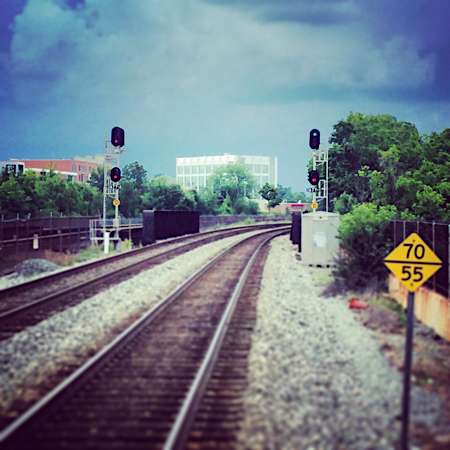
Rockford Speed Trap
Rockford, Md / Jun 2015 / RWH
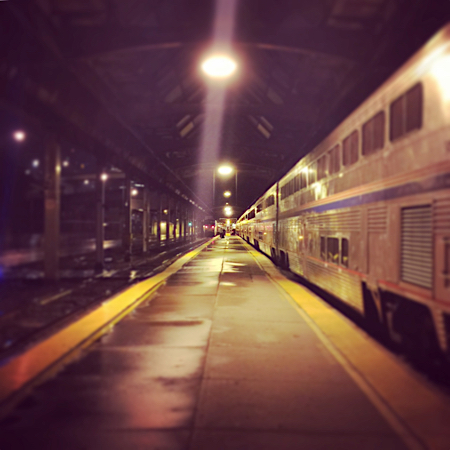
Pittsburgh Platform 11:59pm
Pittsburgh, Pa / Jun 2015 / RWH
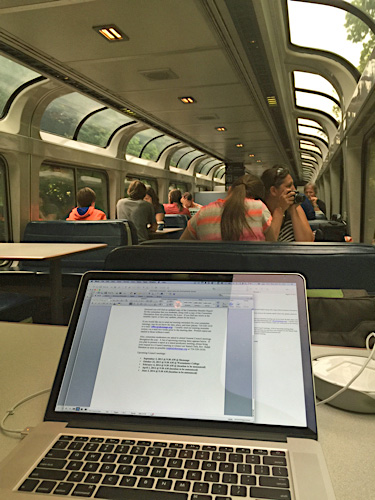
Workstation
Jun 2015 / RWH
 Snapshots
Snapshots

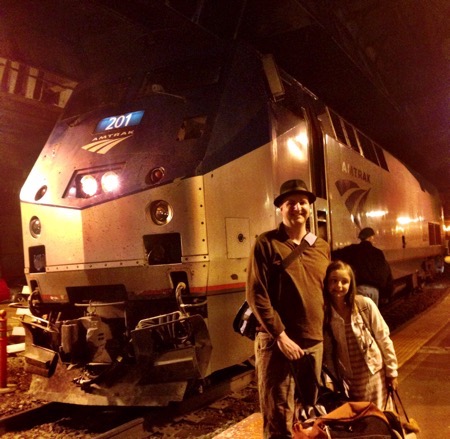 With our home in western Pennsylvania this last decade, and with family down in Richmond, Virginia, we've had ample reason to ride the eastern end of the Capitol Limited -- Pittsburgh to Washington DC and return. Despite the rough pre-dawn departure from the Steel City, the eastbound Number 30 ride is a beautiful path up and over the mountain and down into Cumberland, Maryland. The former Baltimore & Ohio main follows the winding path of the Potomac River, and after a dozen trips over these years we've seen the high line in all four seasons. Hawkins tradition: Drag ourselves to the station for 5am, go back to sleep in coach seating until the descent down Sand Patch, then move to the diner for breakfast as we roll into Cumberland and its morning station stop. The Cap maneuvers the mountains as it glides past a great many CSX coal and manifest drags struggling to do the same. Harpers Ferry is another great spot, followed by the flatland sprint around McKees Rocks and down into Union Station. Three times now I've also taken the Capitol west of Pittsburgh to its Chicago terminus -- an overnight run and therefore not as enjoyable.
With our home in western Pennsylvania this last decade, and with family down in Richmond, Virginia, we've had ample reason to ride the eastern end of the Capitol Limited -- Pittsburgh to Washington DC and return. Despite the rough pre-dawn departure from the Steel City, the eastbound Number 30 ride is a beautiful path up and over the mountain and down into Cumberland, Maryland. The former Baltimore & Ohio main follows the winding path of the Potomac River, and after a dozen trips over these years we've seen the high line in all four seasons. Hawkins tradition: Drag ourselves to the station for 5am, go back to sleep in coach seating until the descent down Sand Patch, then move to the diner for breakfast as we roll into Cumberland and its morning station stop. The Cap maneuvers the mountains as it glides past a great many CSX coal and manifest drags struggling to do the same. Harpers Ferry is another great spot, followed by the flatland sprint around McKees Rocks and down into Union Station. Three times now I've also taken the Capitol west of Pittsburgh to its Chicago terminus -- an overnight run and therefore not as enjoyable.
In 2013, late in the evening on a westbound #29 return to Pittsburgh, I scratched out these lines:
Serpentine Sand Patch
I do not know these grades
nor these small town gates
I am an Allegheny amateur
My roots are all Southern
I know my rotten cross ties
and swamp bridge running
and those sectional thumps
and hot humid afternoons
and all steel rail tangents
through flat piney woods
I do not know these many hills
their misty and cool mornings
over these continental divides
But I like them nonetheless
the long double tracks
the unending S curves
the at speed crossovers
the B&O position lights
the deep curved tunnels
the CSX needle eye meets
the heavy hauler overtakes
We slide down all that ribbon steel like a silver snake in the tall grass. Out of one turn and into another. Forget the old rule about ample space between S curves. Up here, you take what you can get in the way of tangent running. Then we are out of one tunnel and through another. Soon we go over to left hand running, overtaking an auto rack moving in our direction. The racks come to a stop while the next crossover cuts us back over to the right. And just in time, too: A coal drag going the other way up the Patch waits there in a man-made hole. Some nice man sitting in front of LCDs way down in Jacksonville, with a wife and kids and a good medical benefits and shift still to finish, has once again threaded the old B&O needle: a pass and a meet with a needle-eye in between. And way up here, in the middle of nowhere Maryland. Or are we back Keystone way? I have no idea.
But I like this serpentine slide
up and down the Sand Patch
The old Boys who built this B&O
have made me a true believer
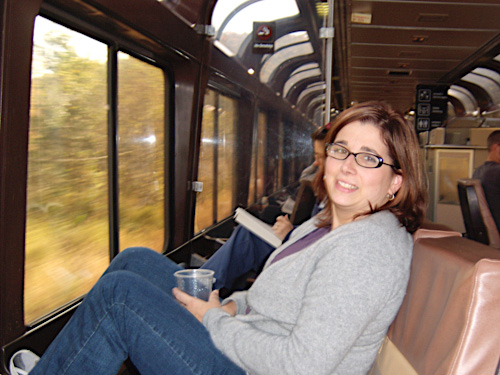
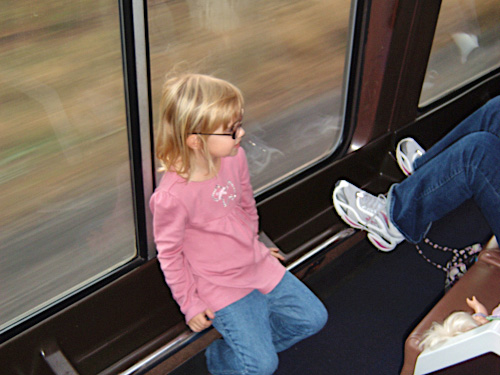
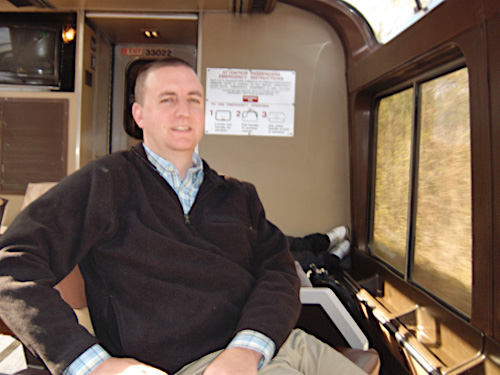
Oct 2008 / RWH
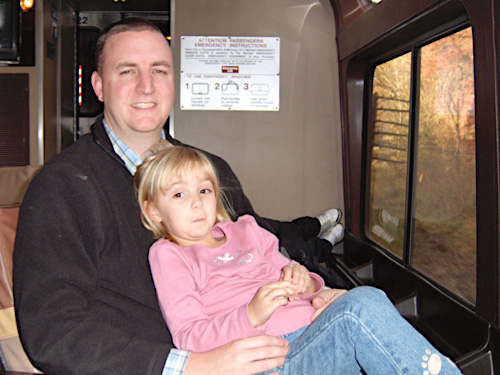
Oct 2008 / Elizabeth Hawkins
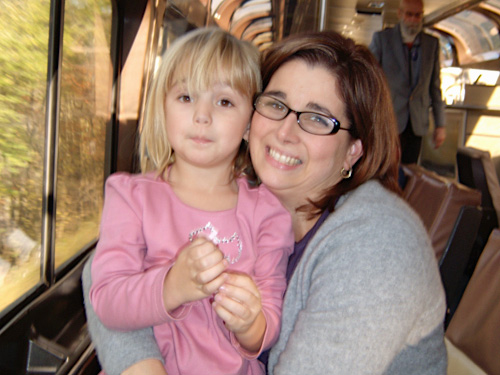
Oct 2008 / RWH
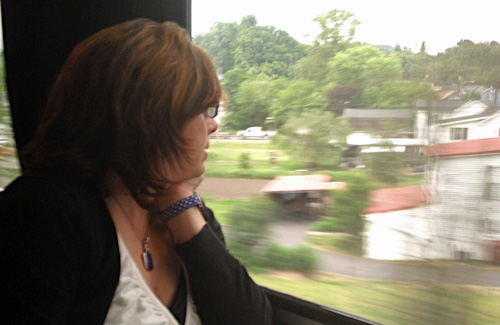
May 2012 / RWH

May 2012 / RWH
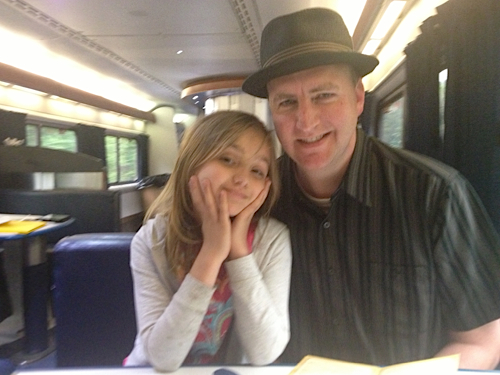
May 2012 / RWH
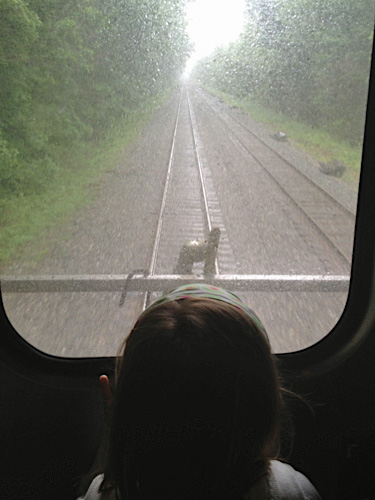
May 2012 / RWH

May 2012 / RWH

May 2012 / RWH
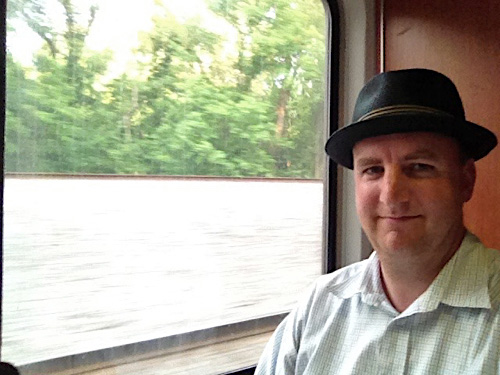
May 2012 / RWH
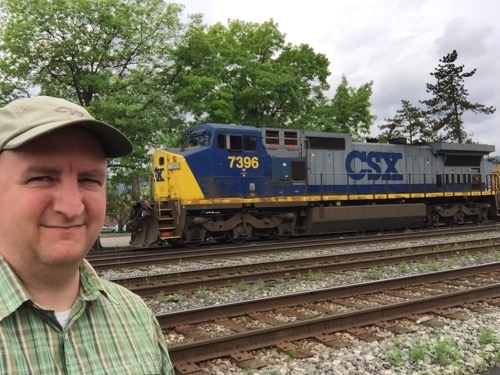
Cumberland, Md / Jun 2013 / RWH
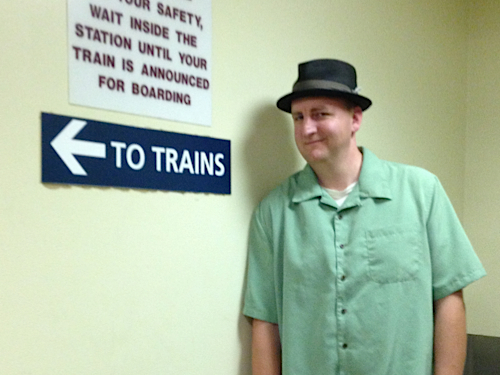
Pittsburgh, Pa / Aug 2013 / RWH
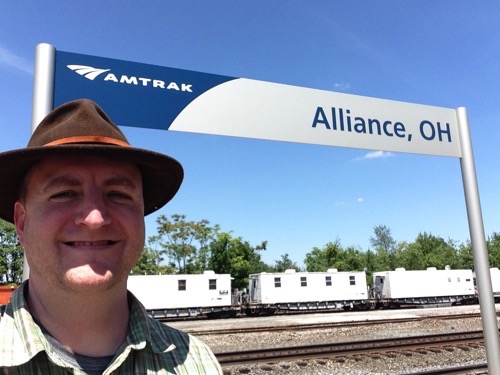
Alliance, Oh / Jul 2014 / RWH
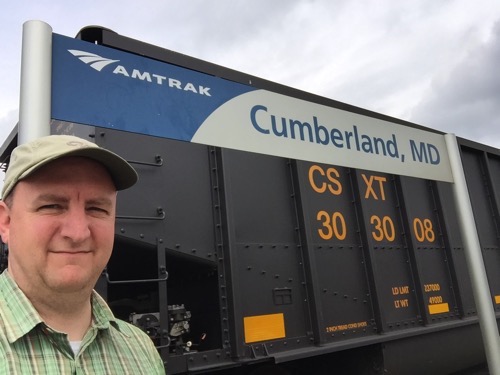
Cumberland, Md / Jun 2015 / RWH
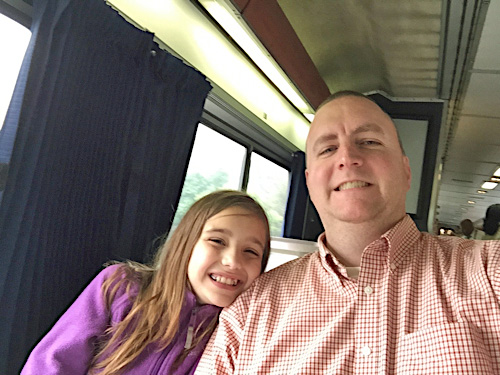
Jun 2015 / RWH

Jun 2015 / RWH
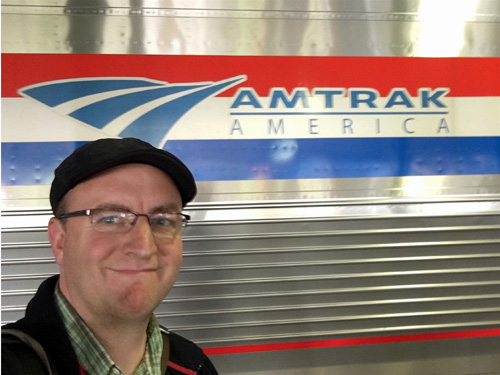
Chicago, Il / Jun 2016 / RWH
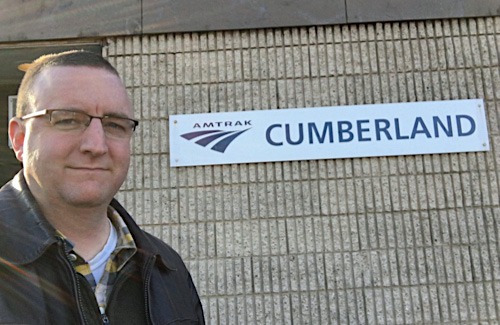
Cumberland, Md / Nov 2016 / RWH
Links / Sources
- Amtrak's official Capitol Limited page
- Wikipedia article for Amtrak's Capitol Limited
- TrainWeb.org Capitol Limited page
- American Rails Capitol Limited page

